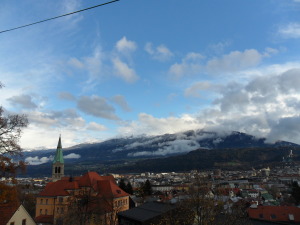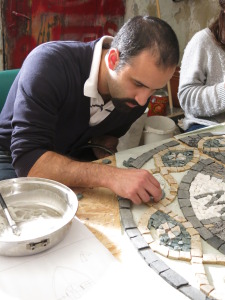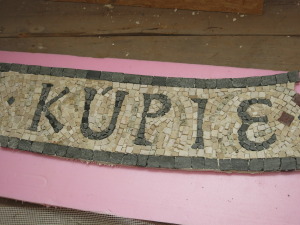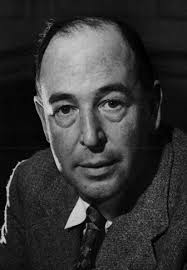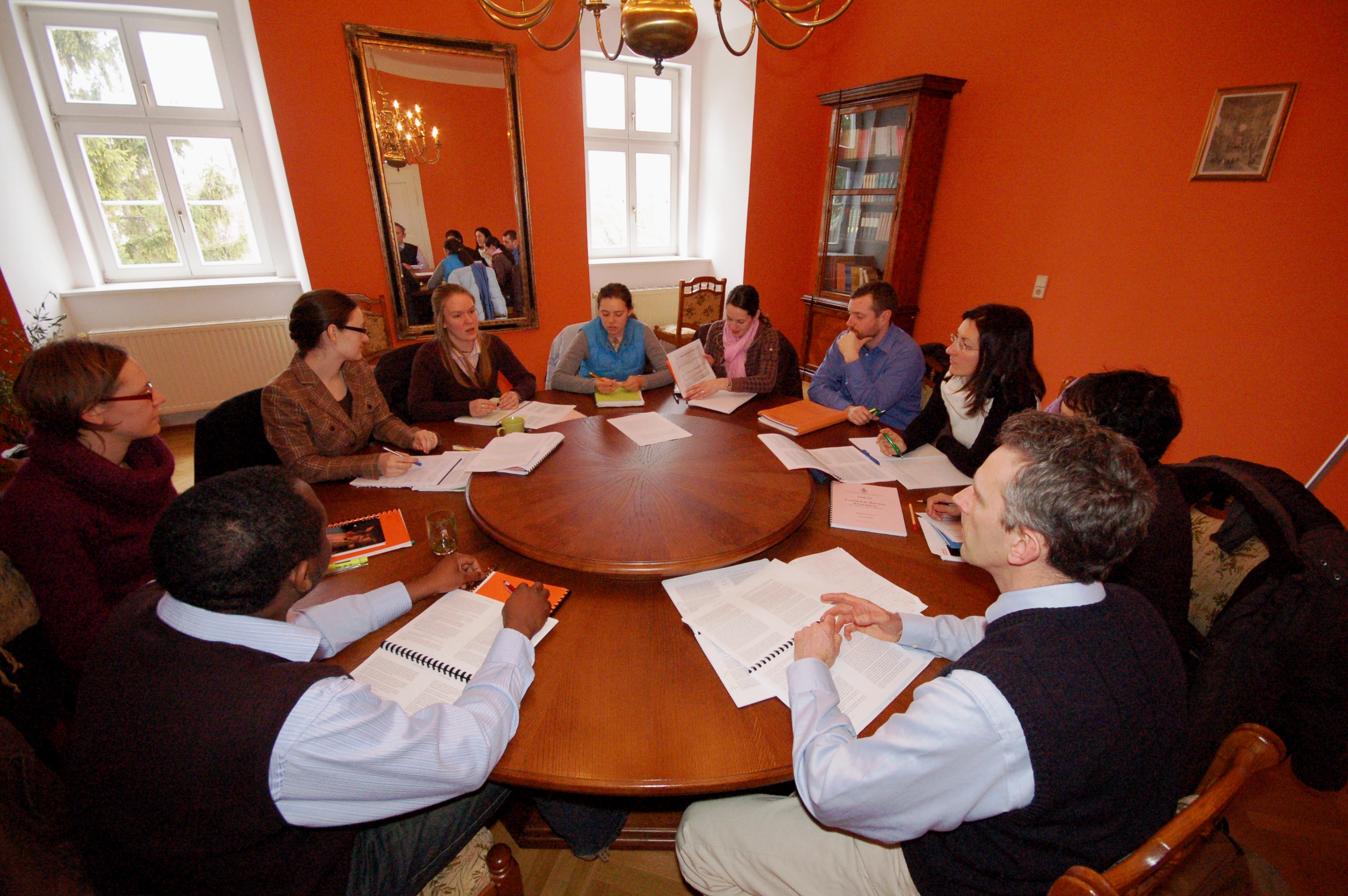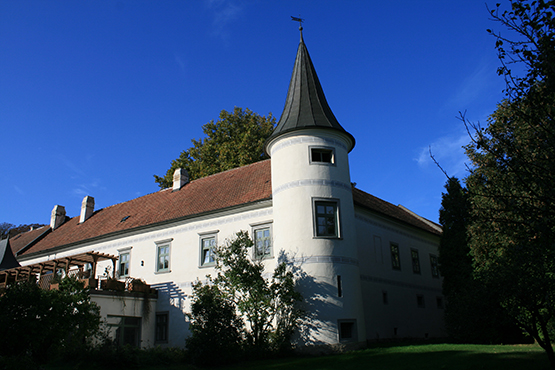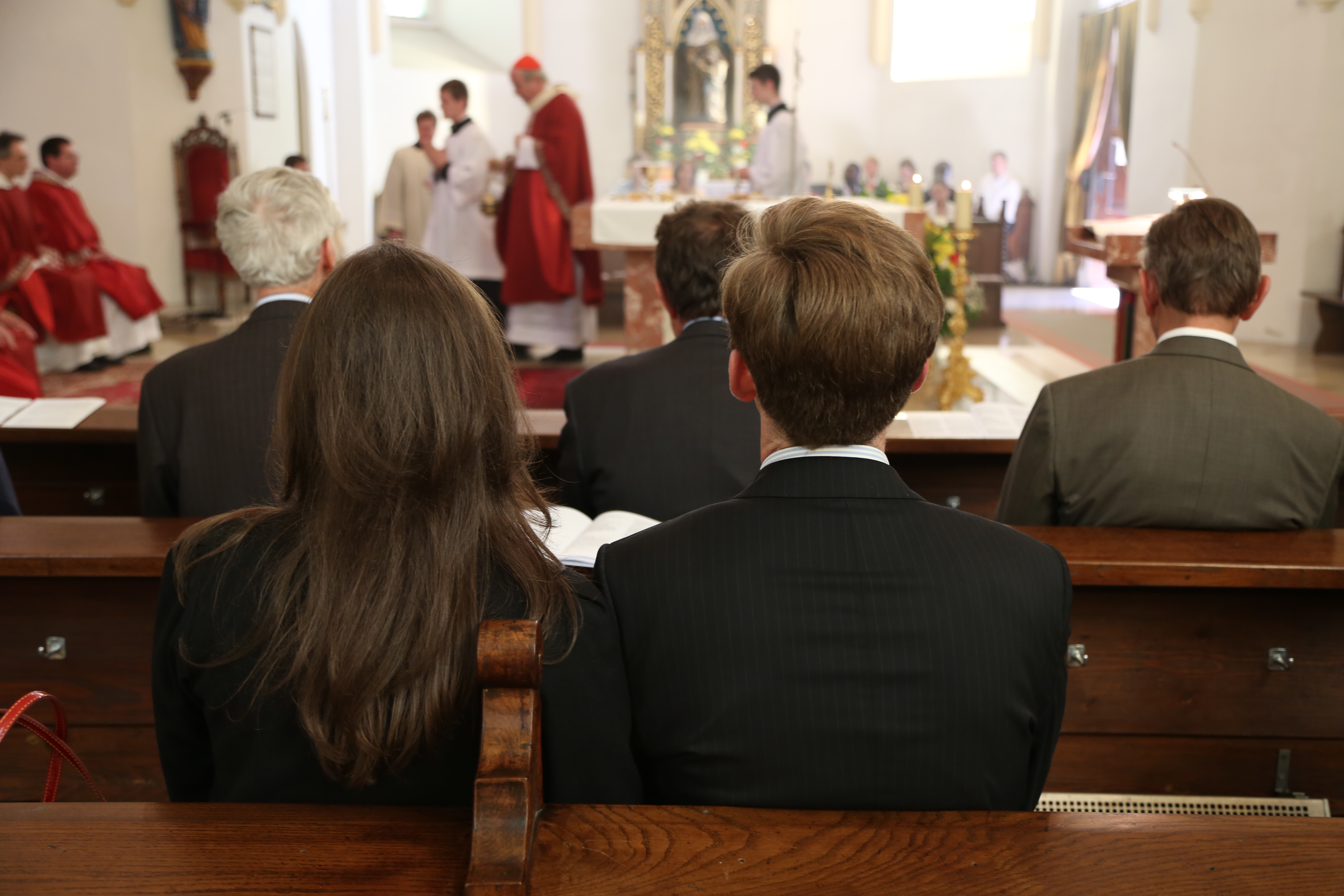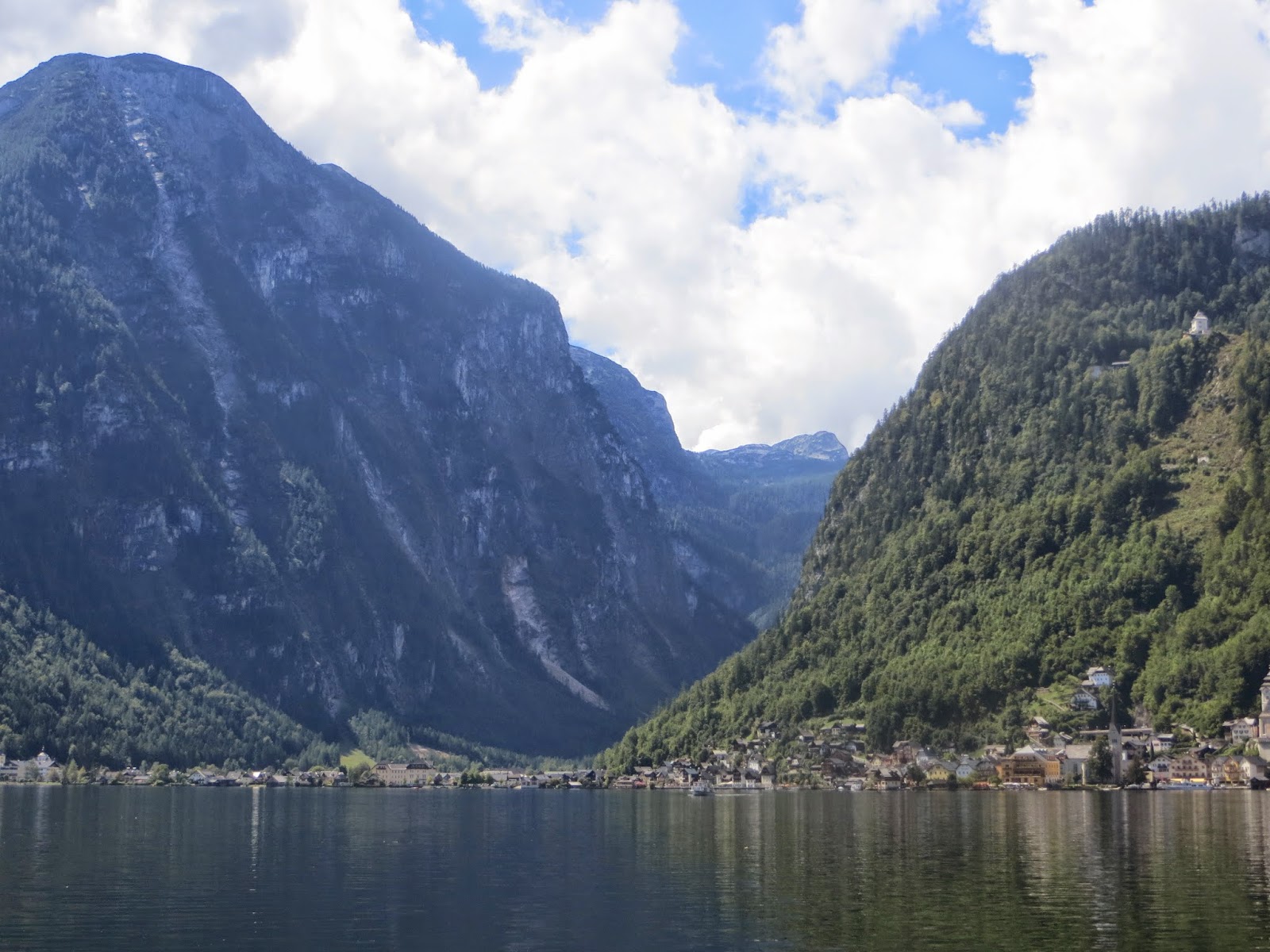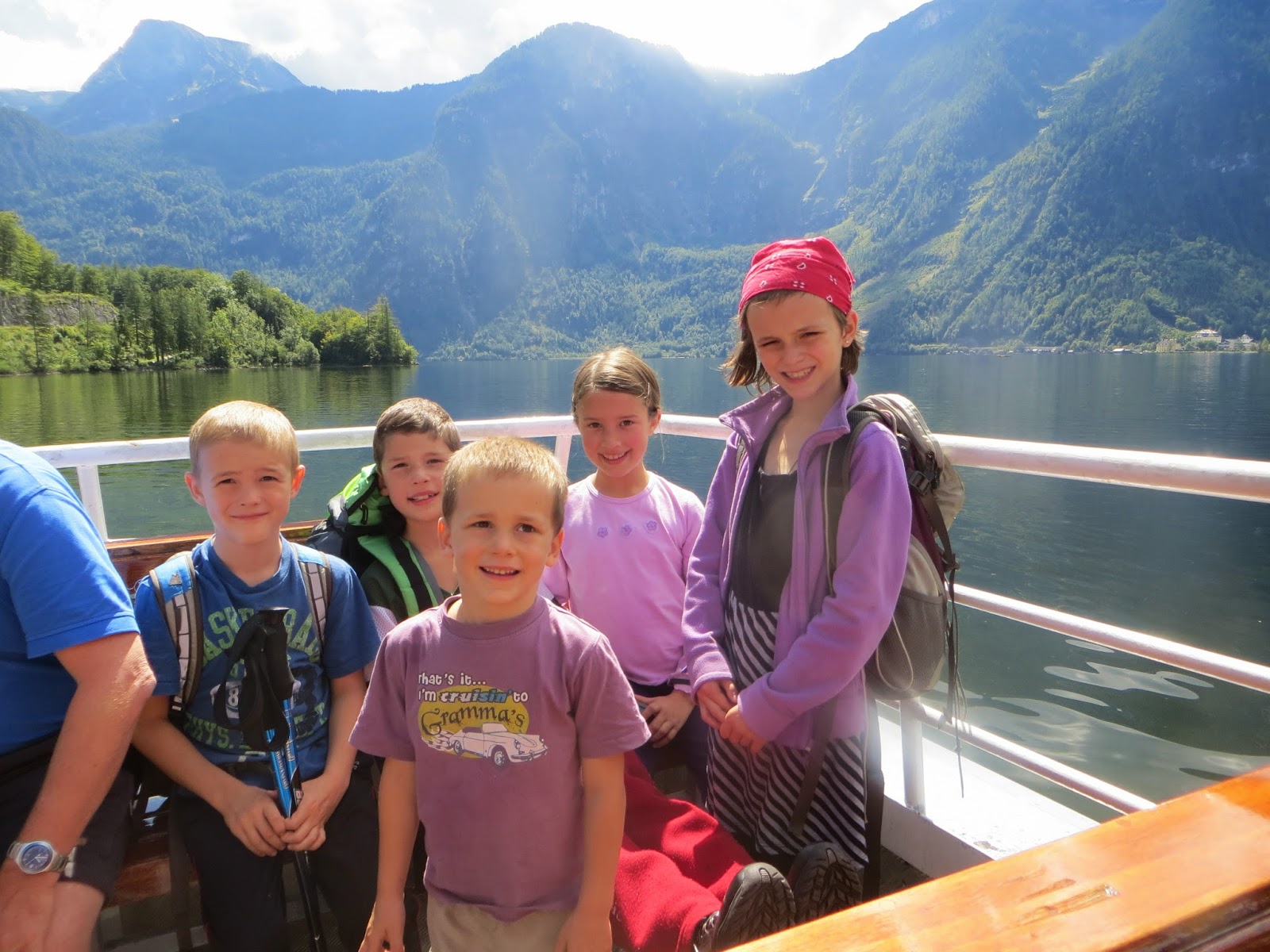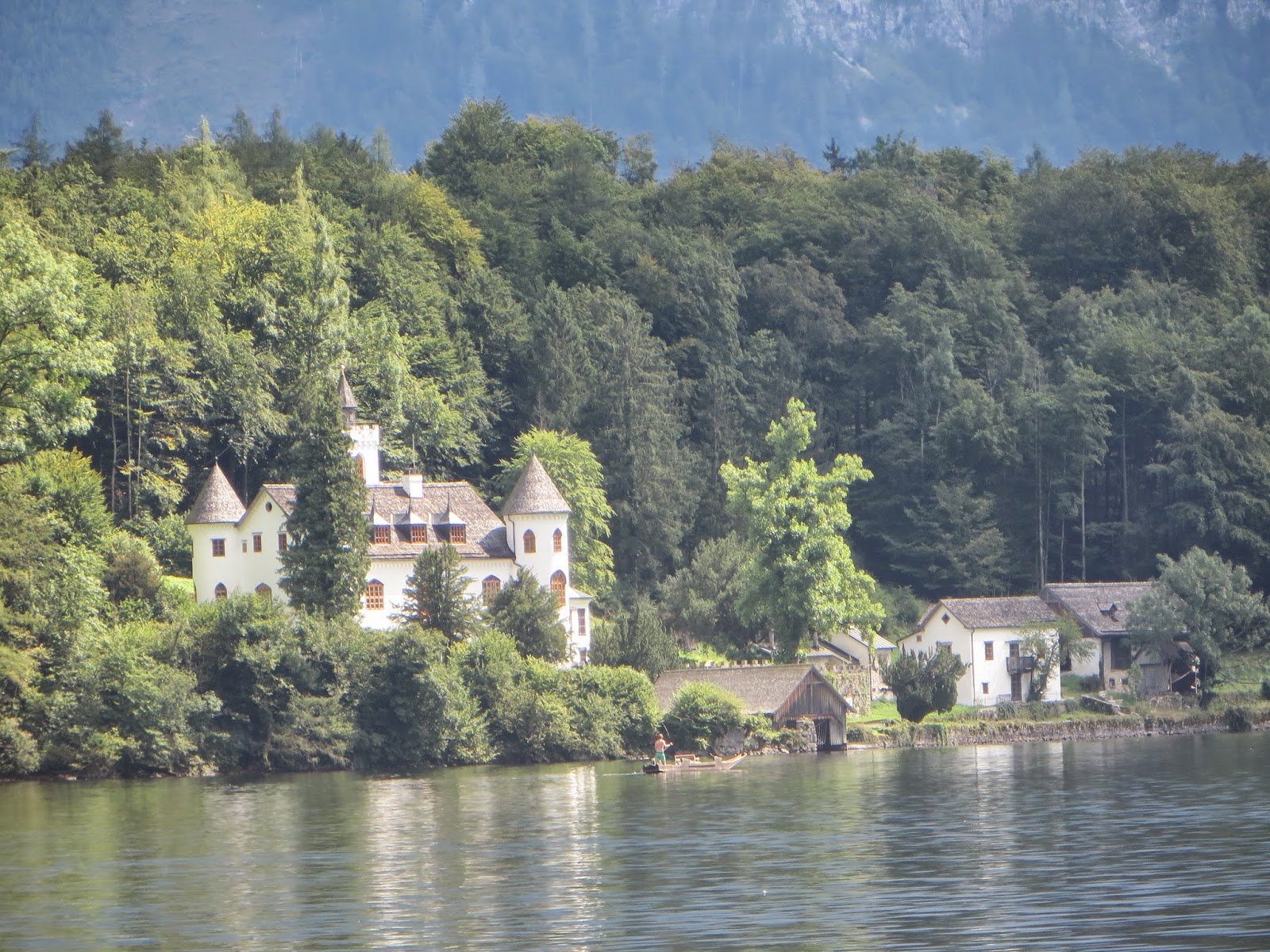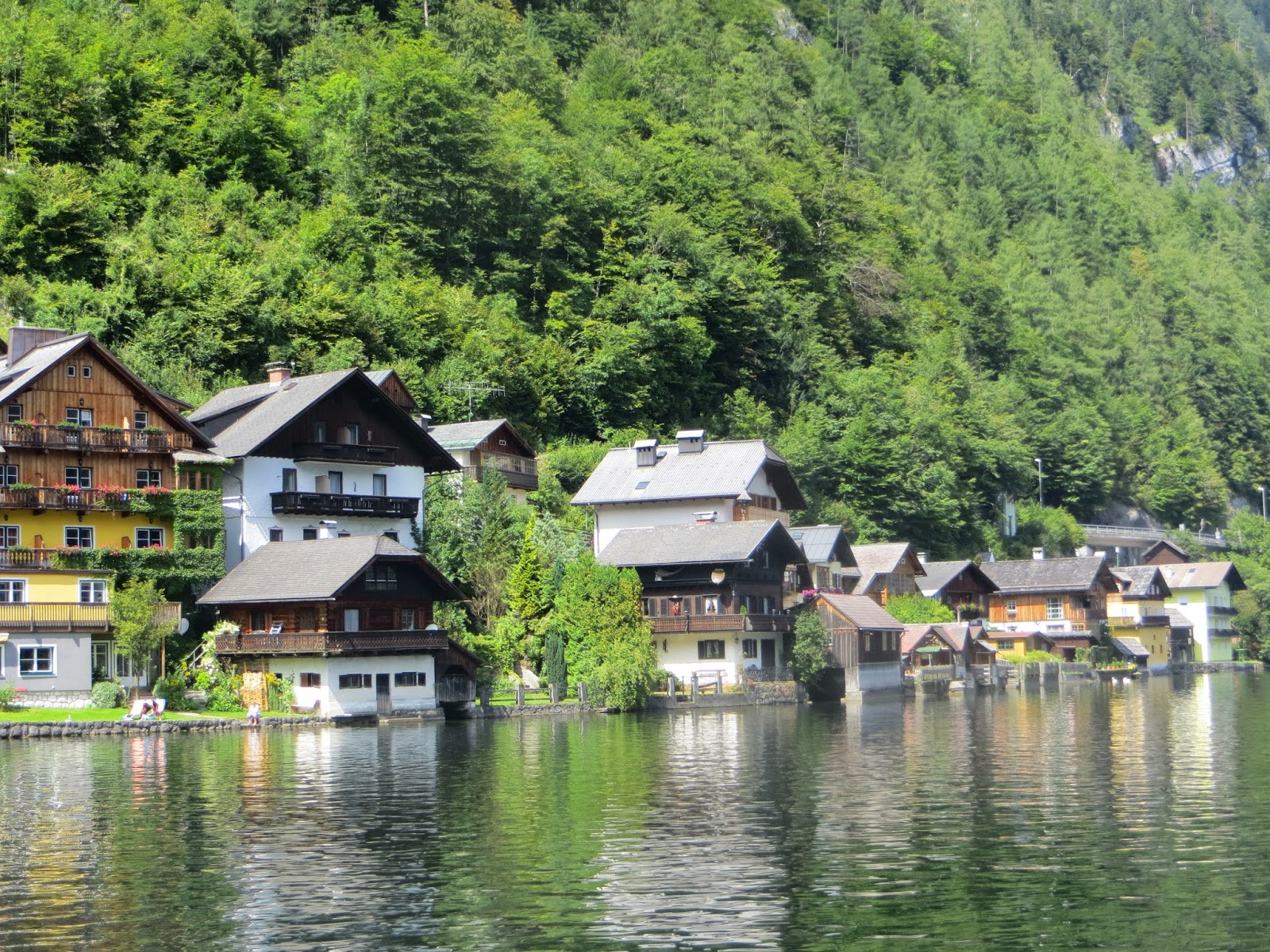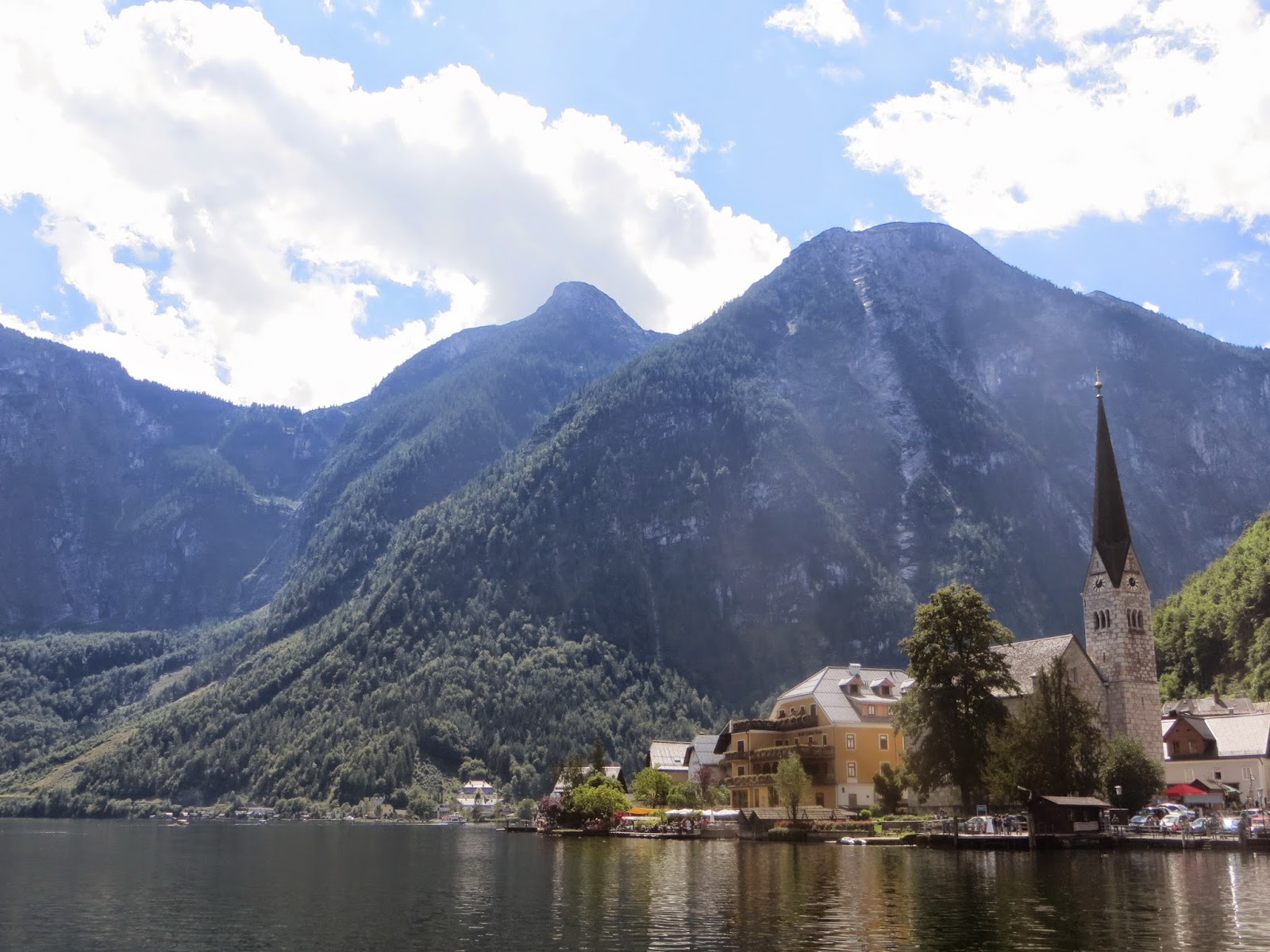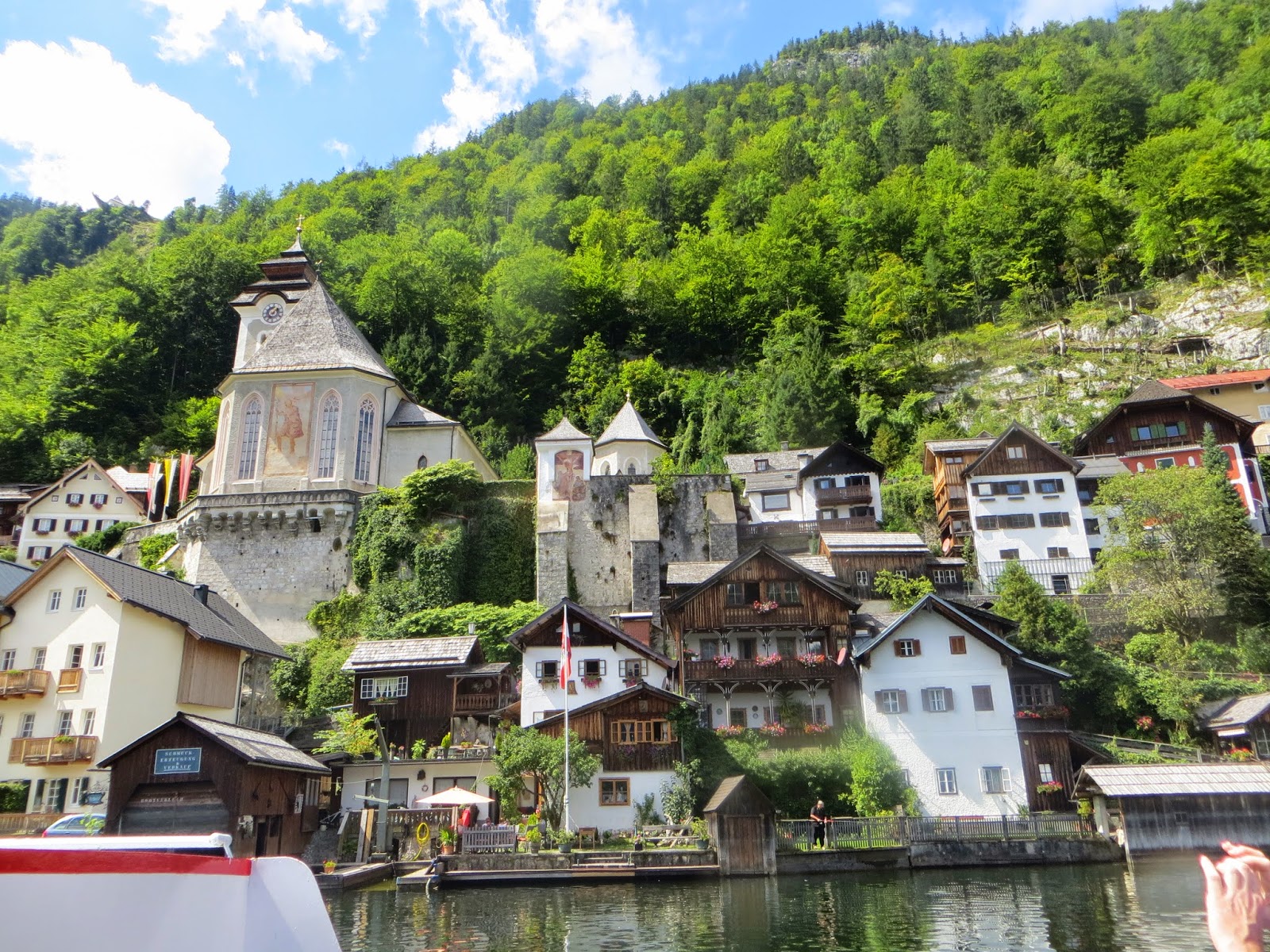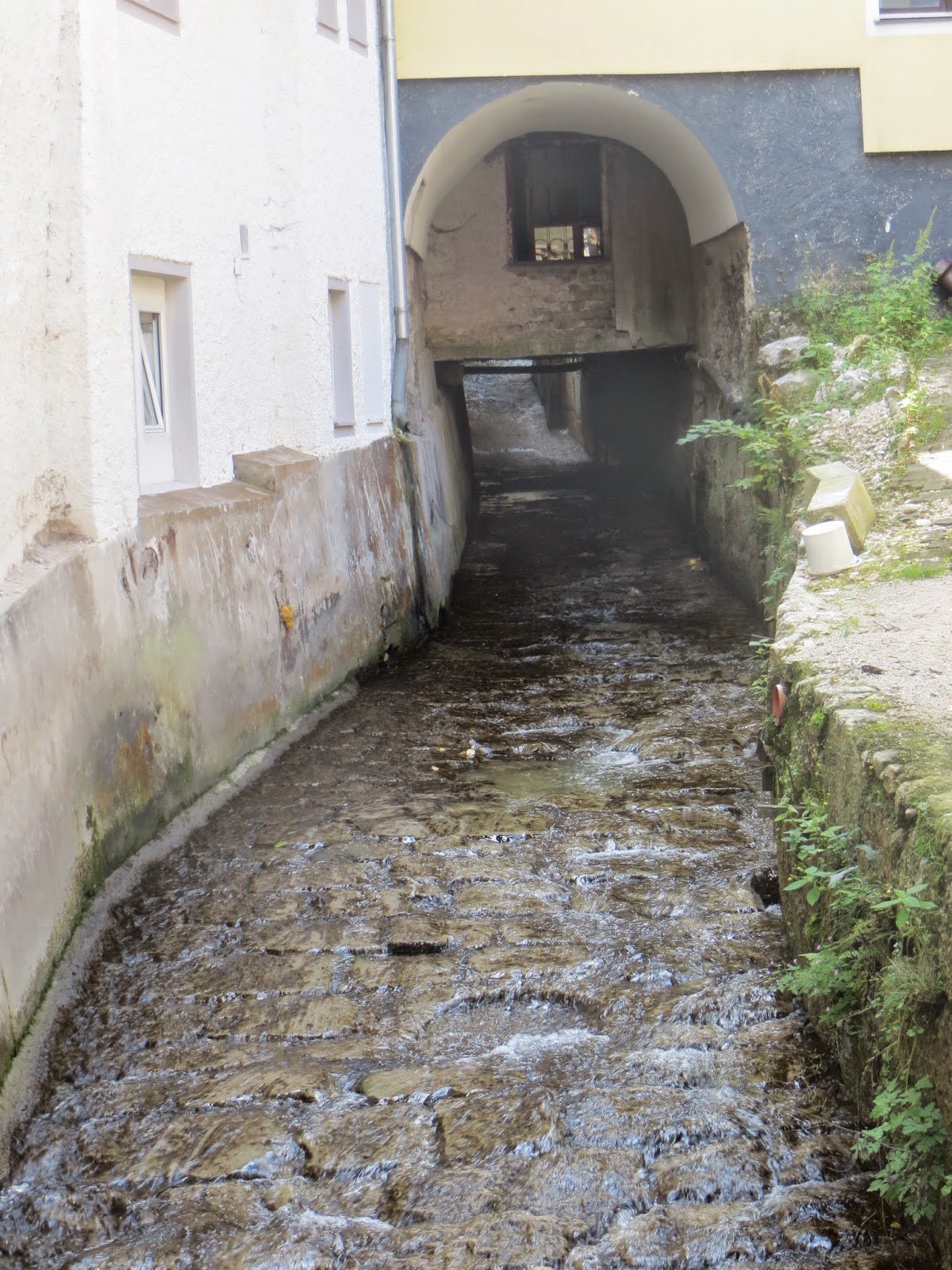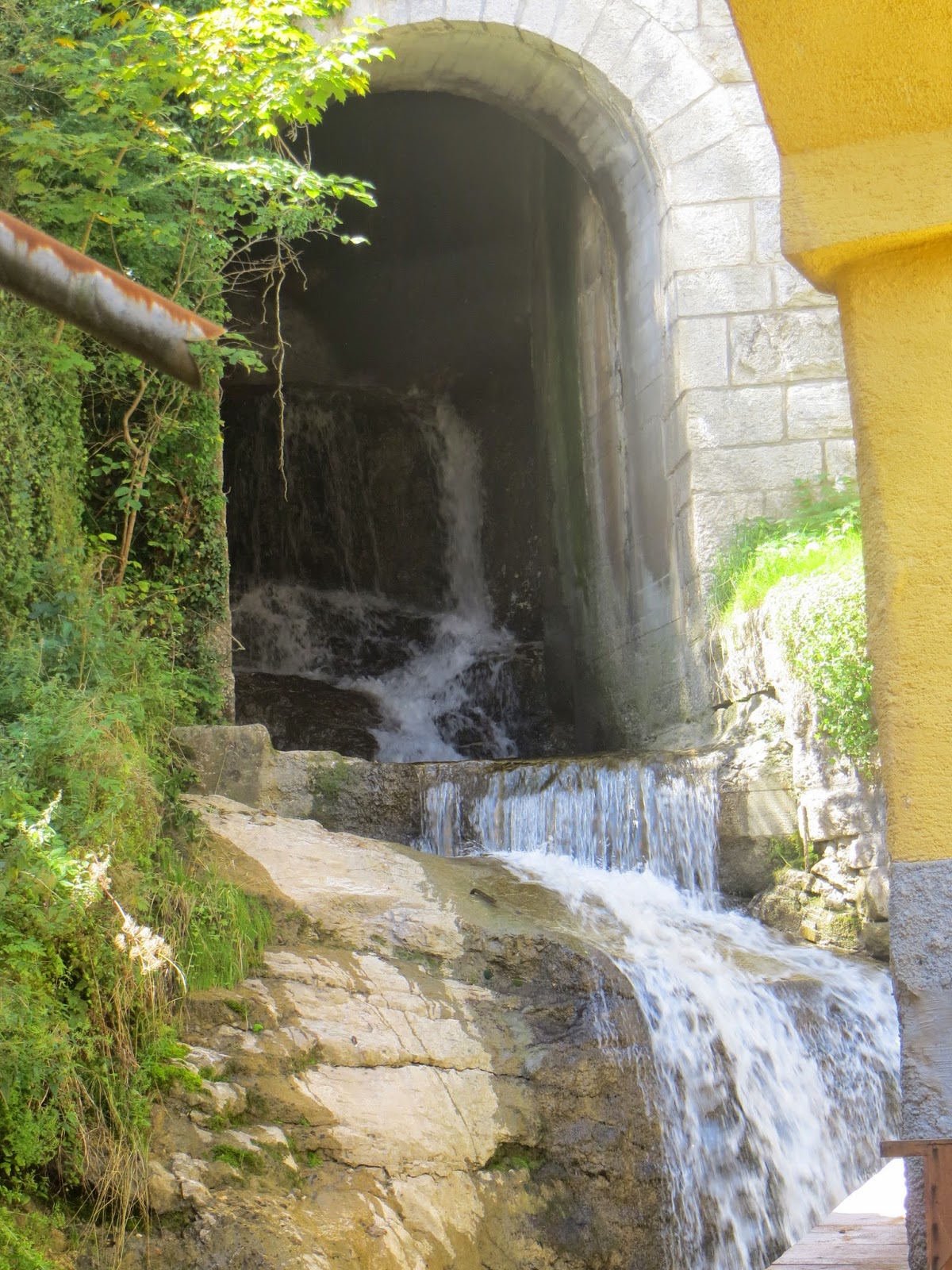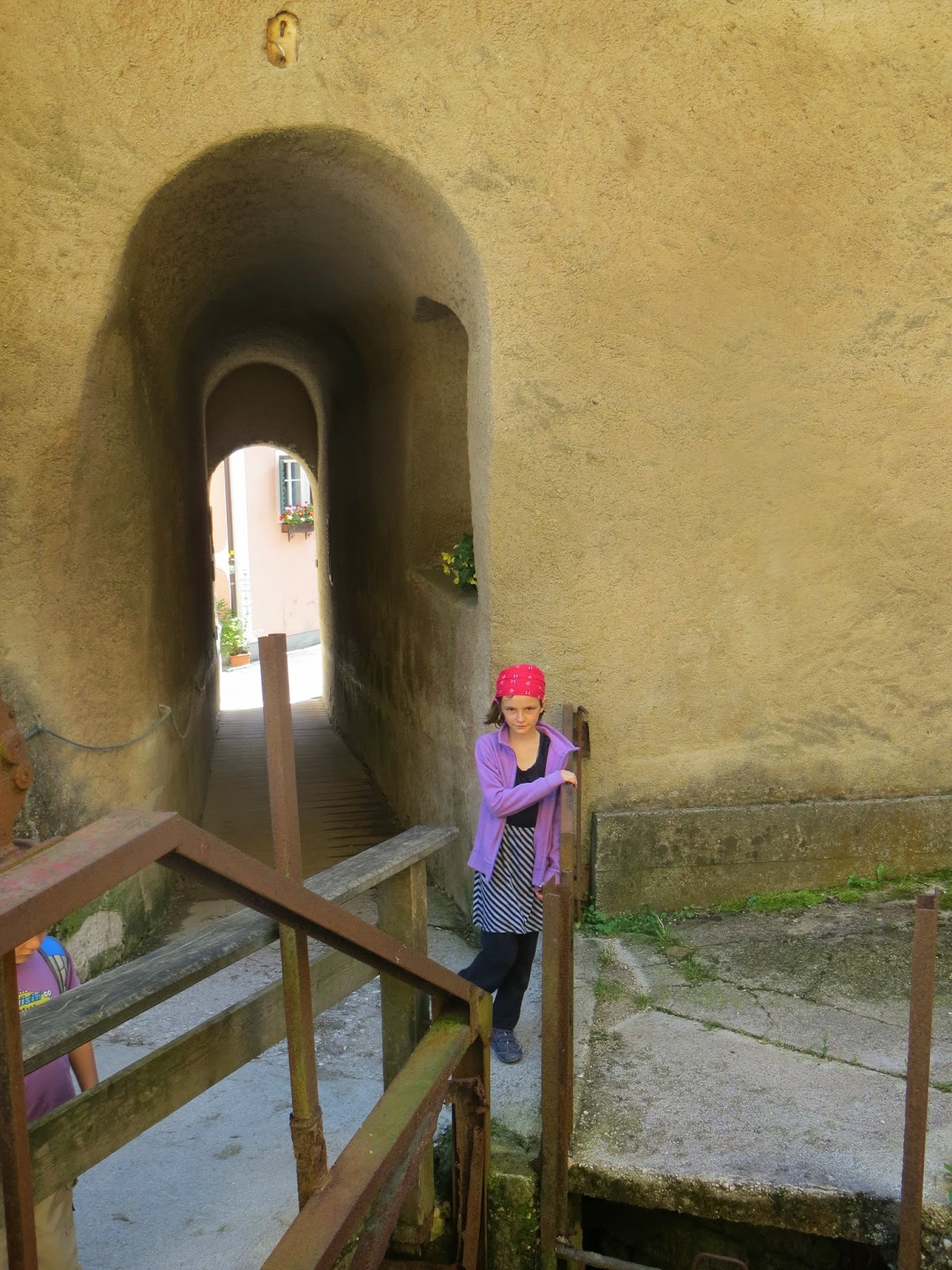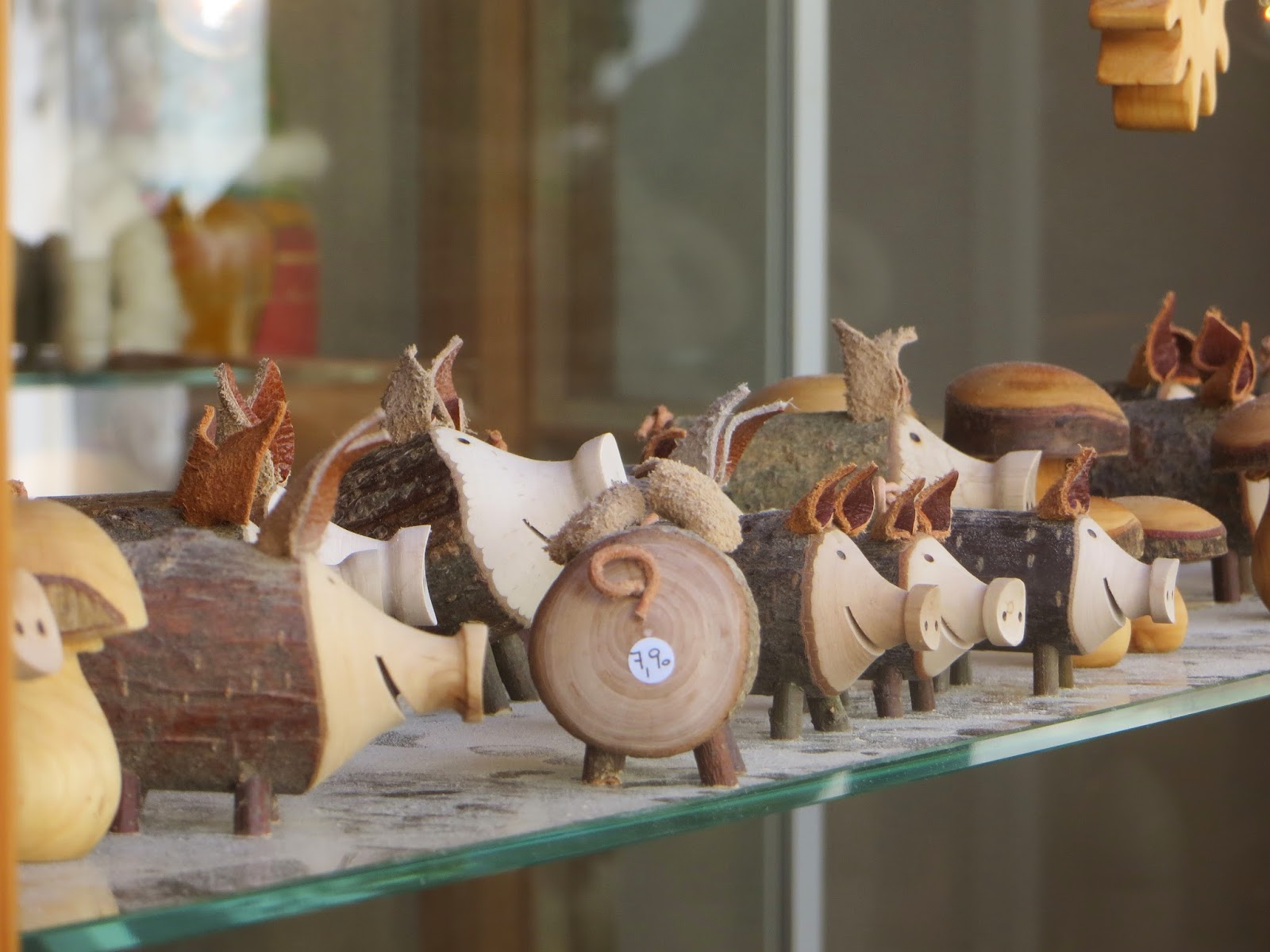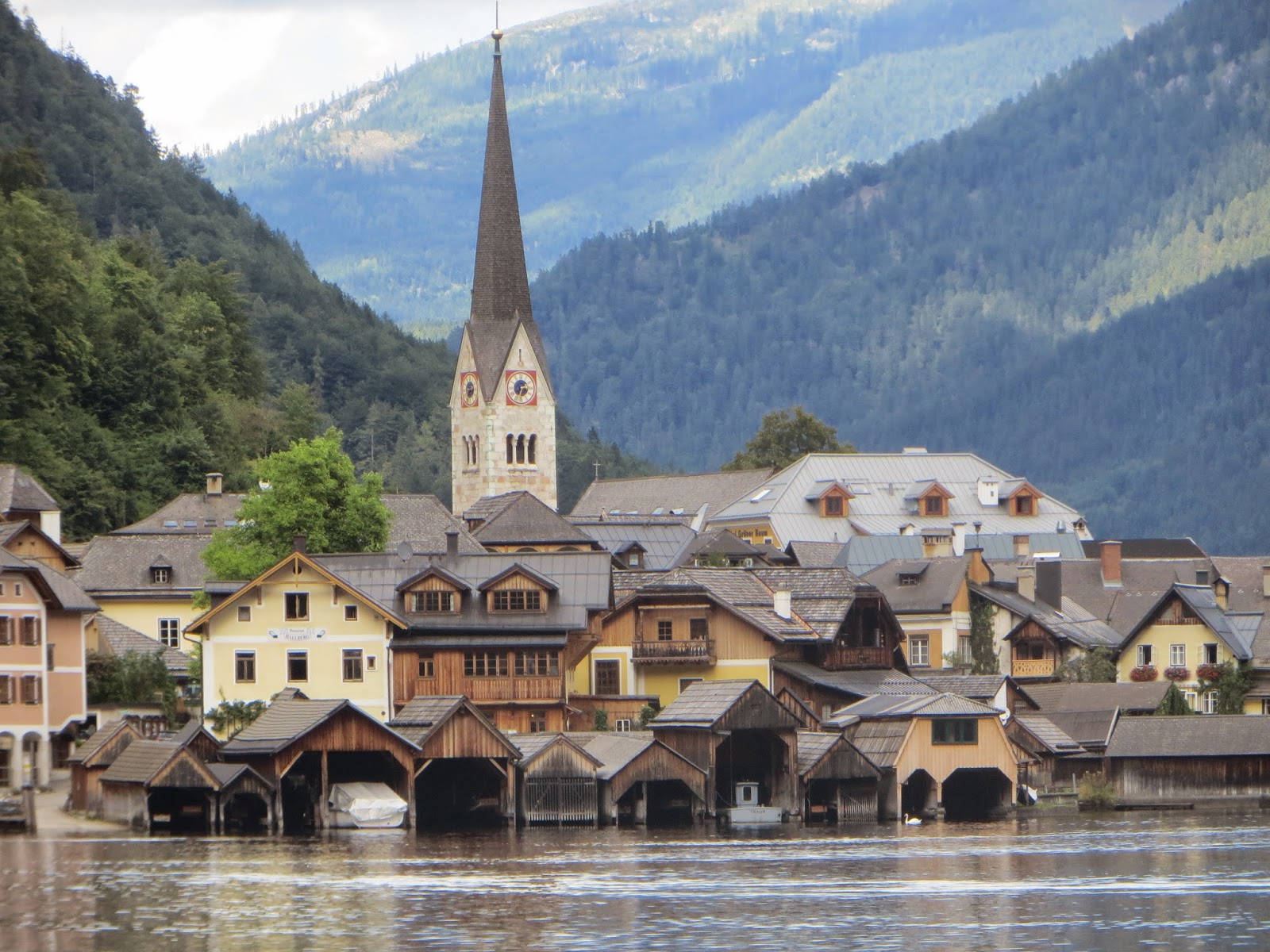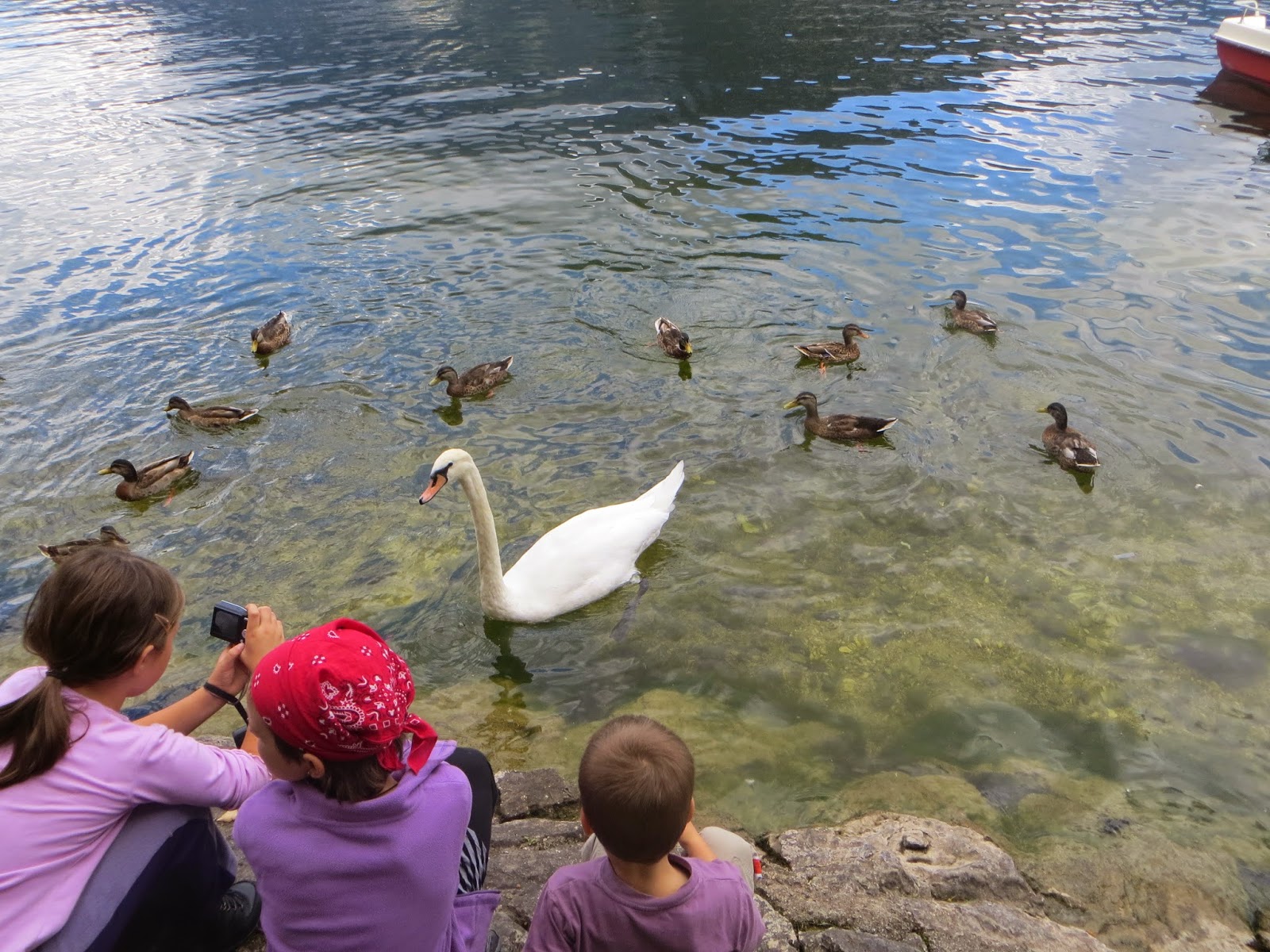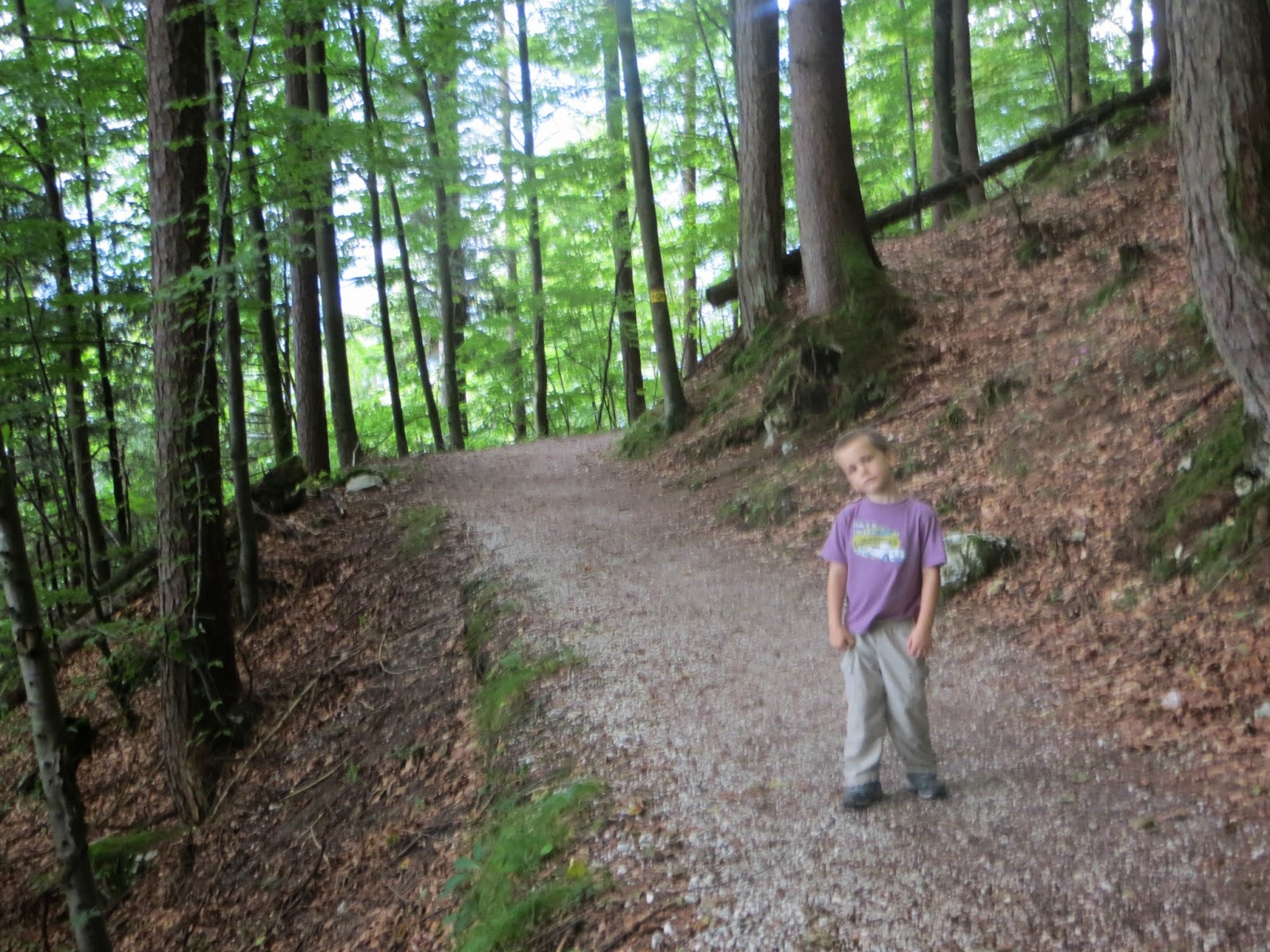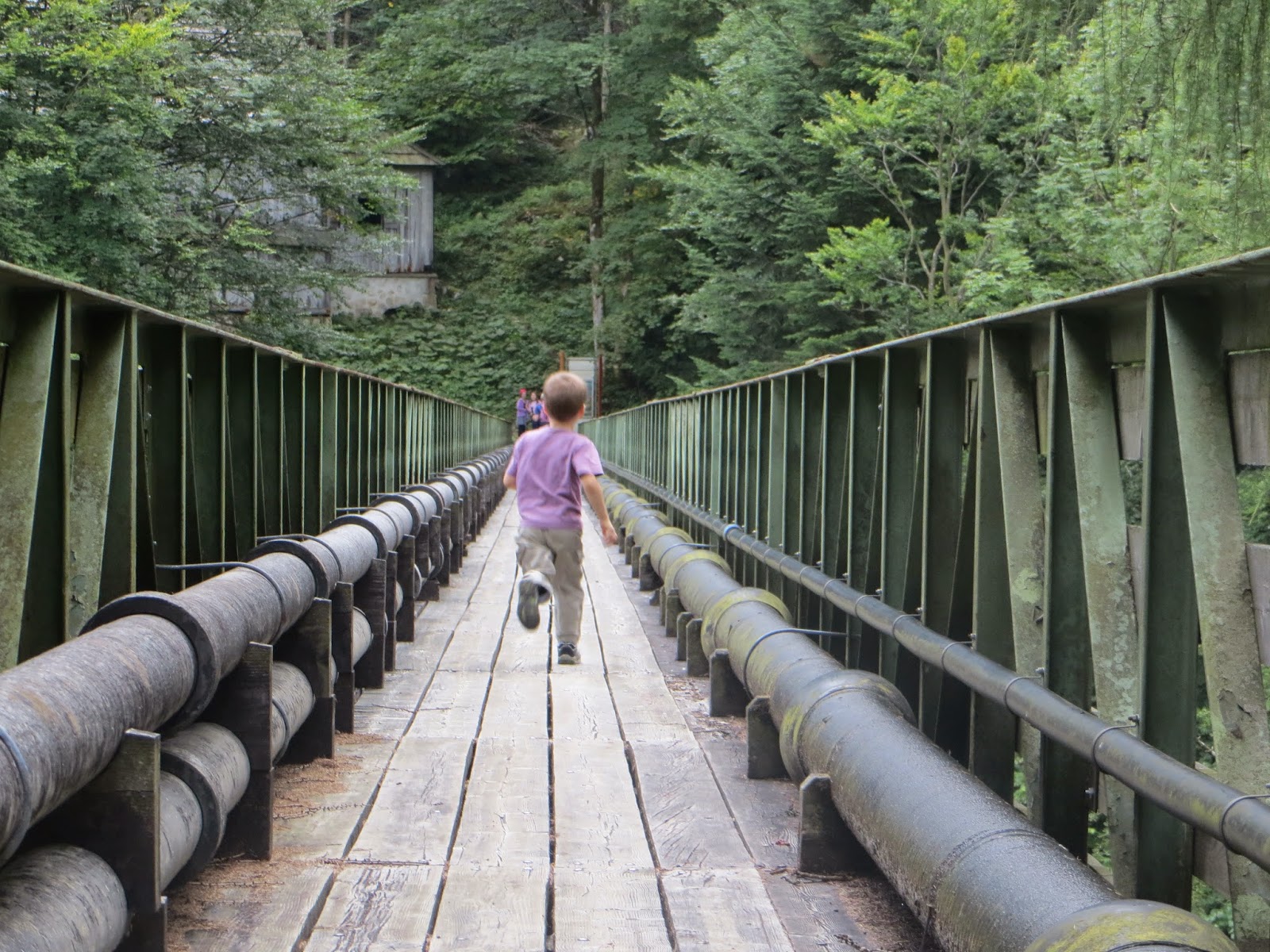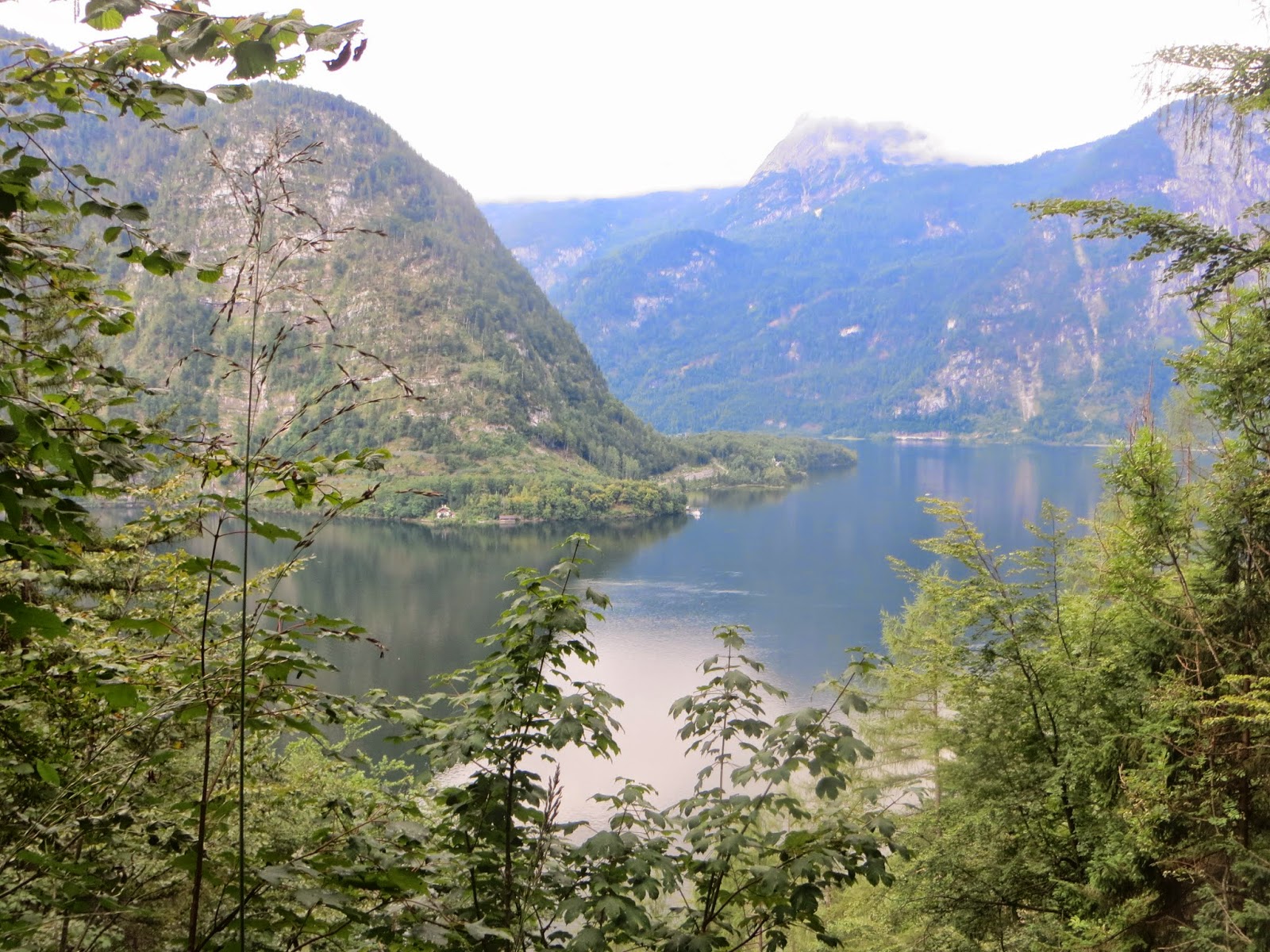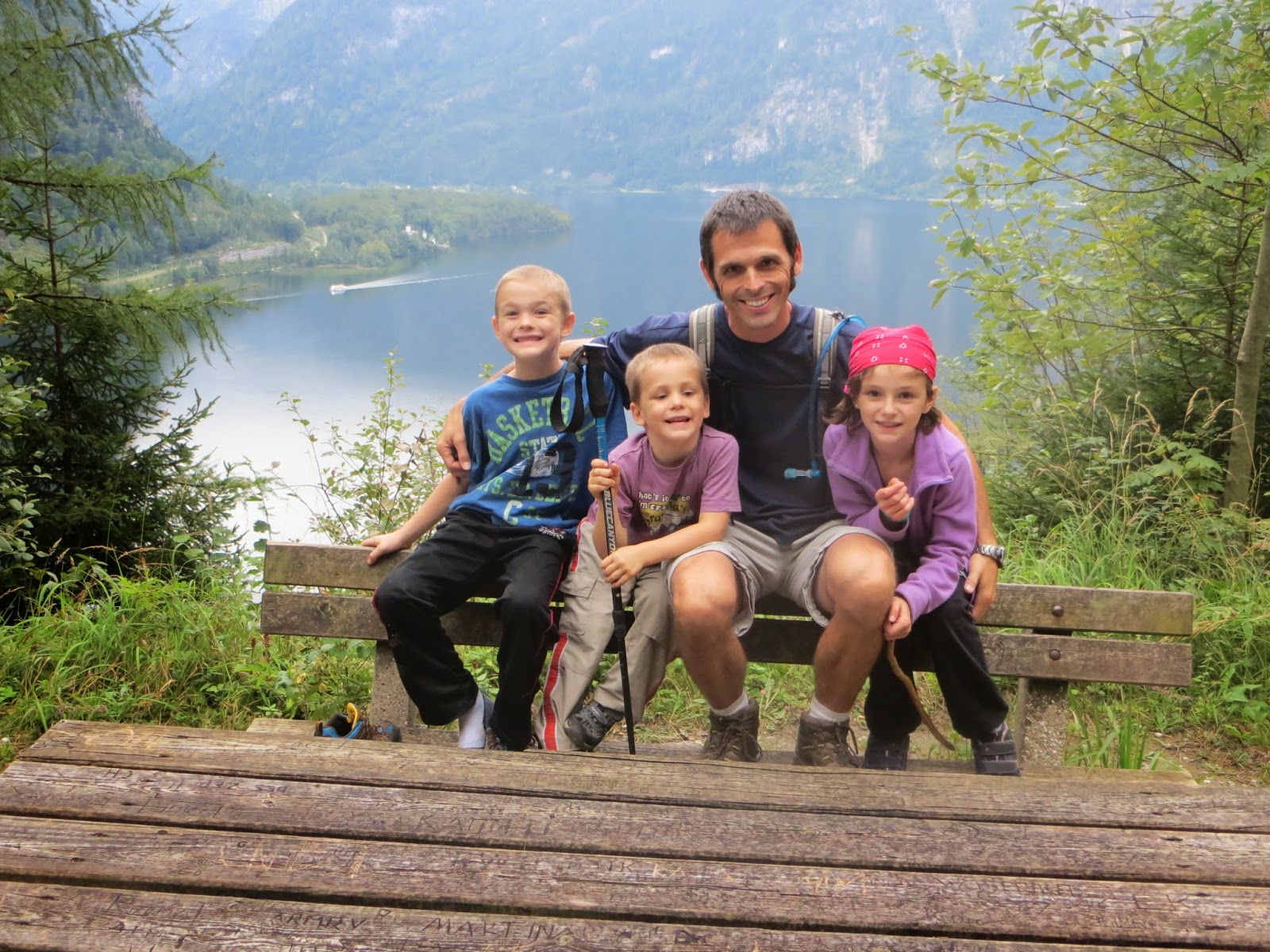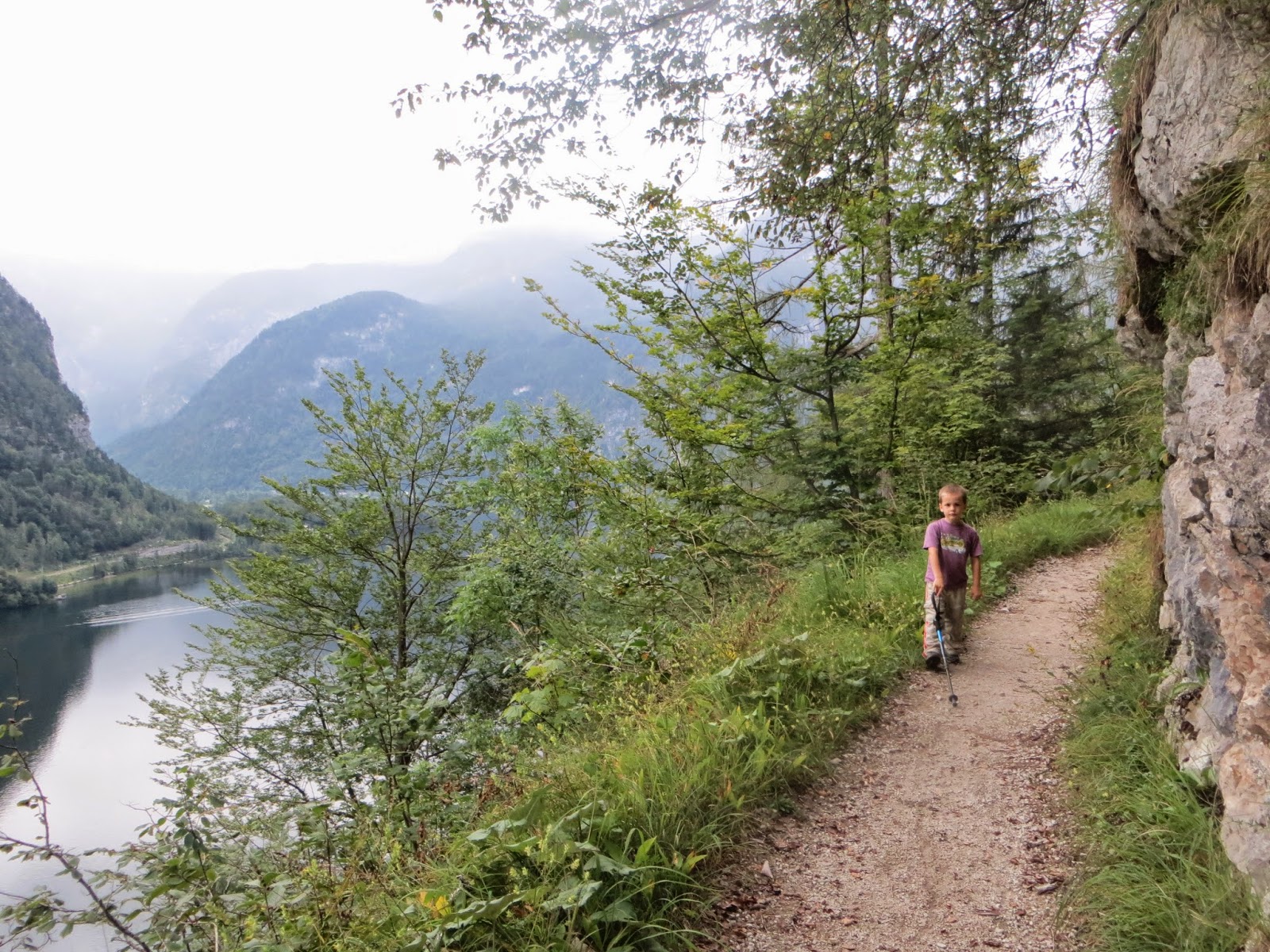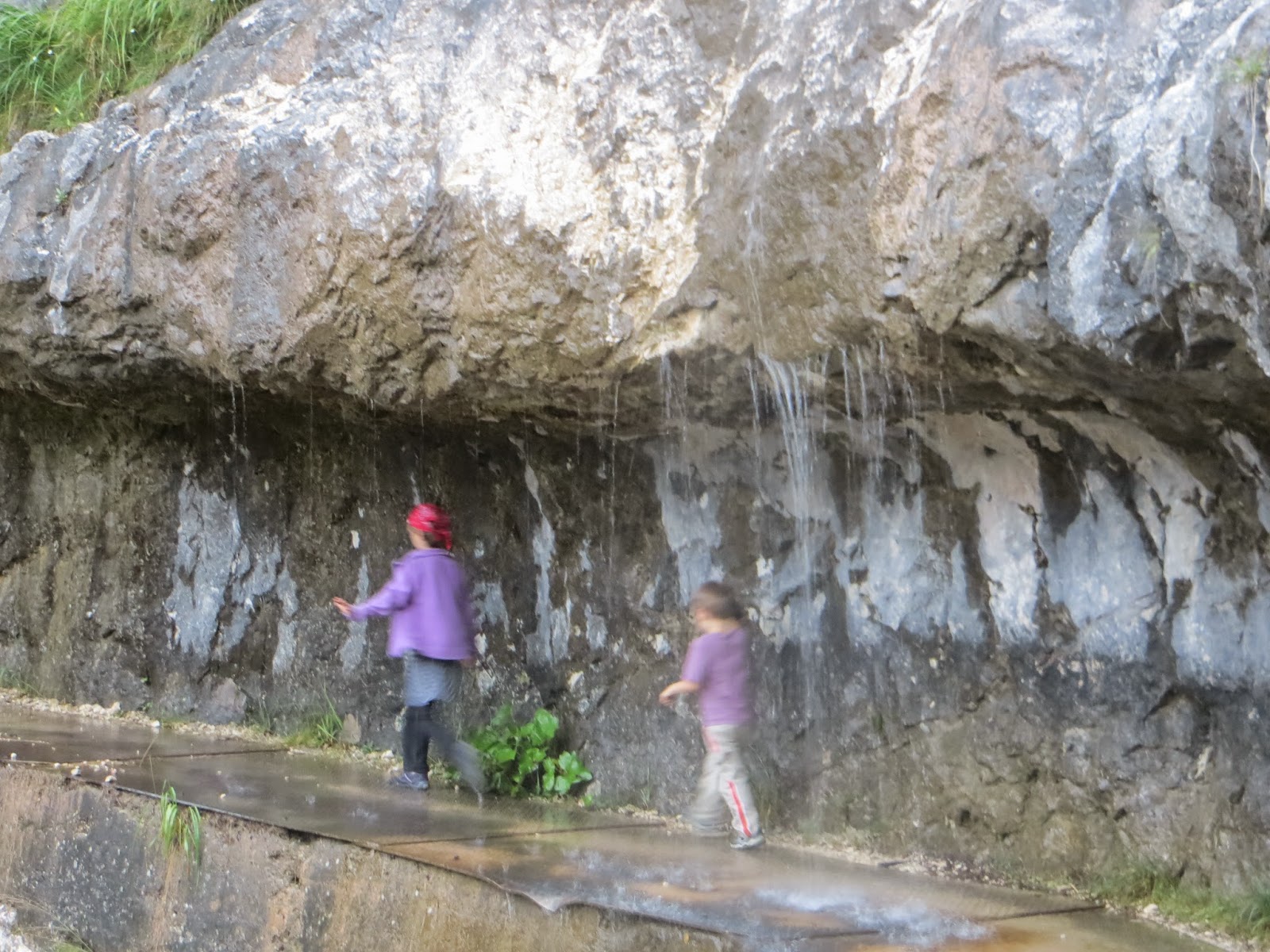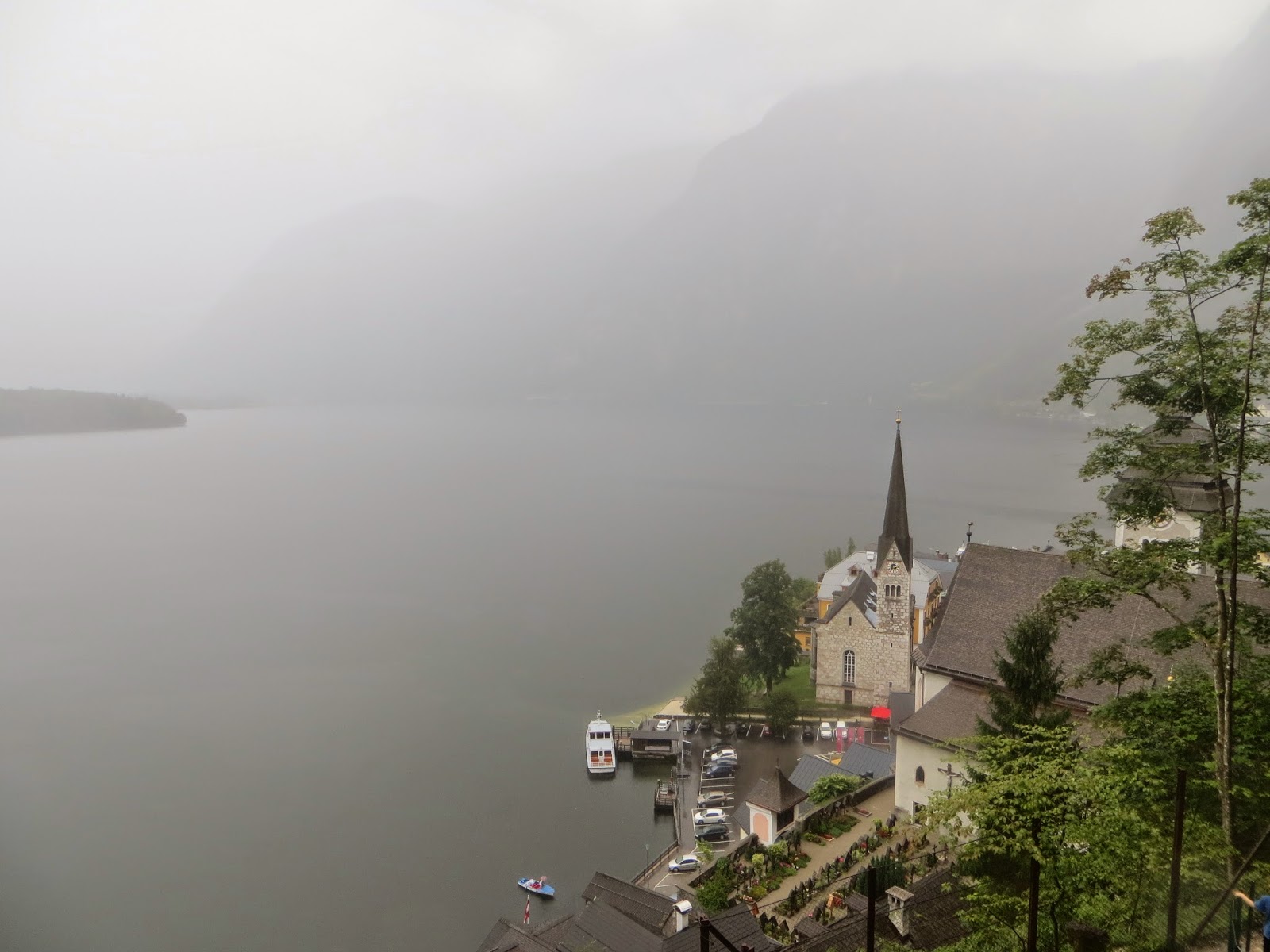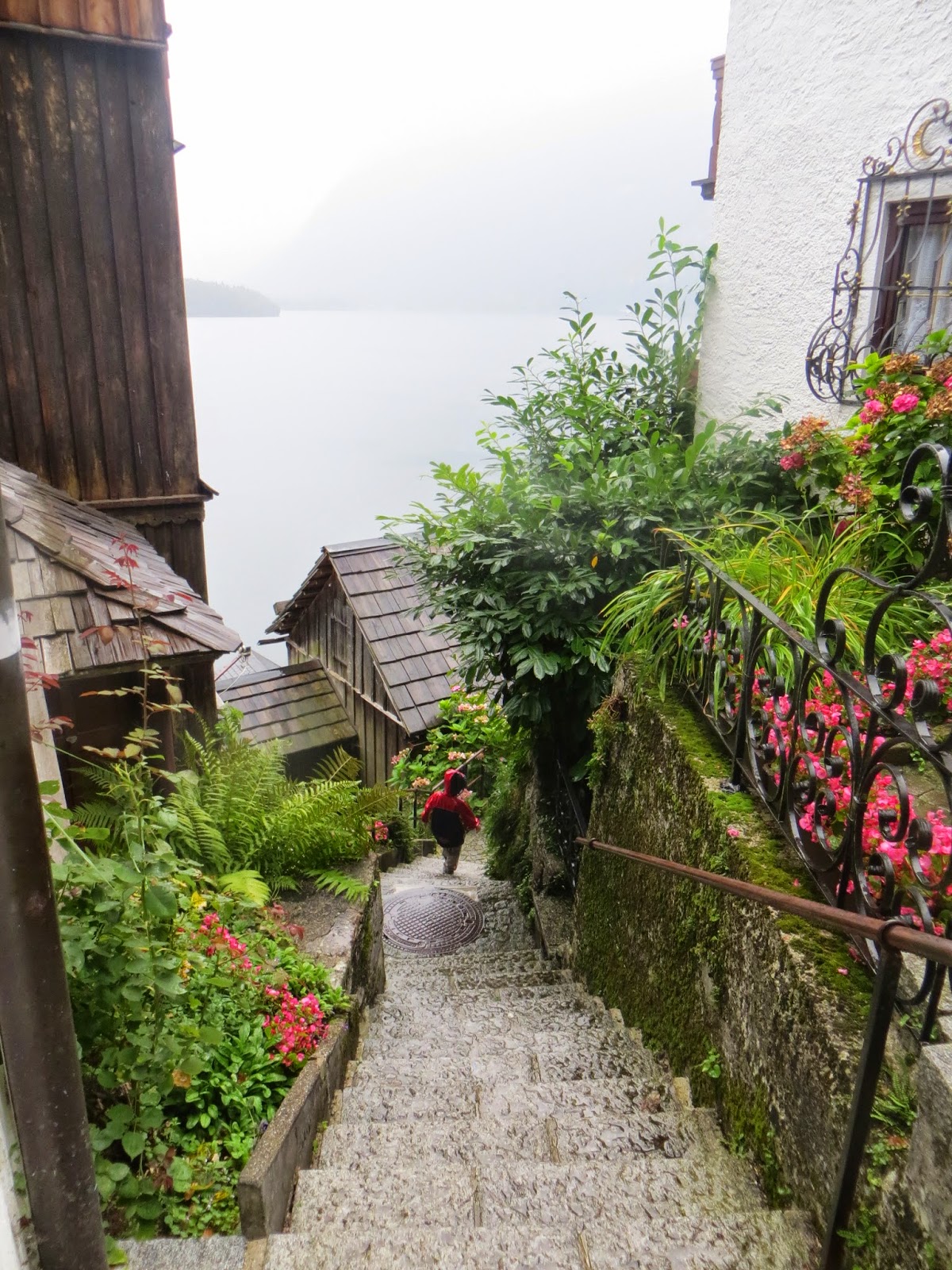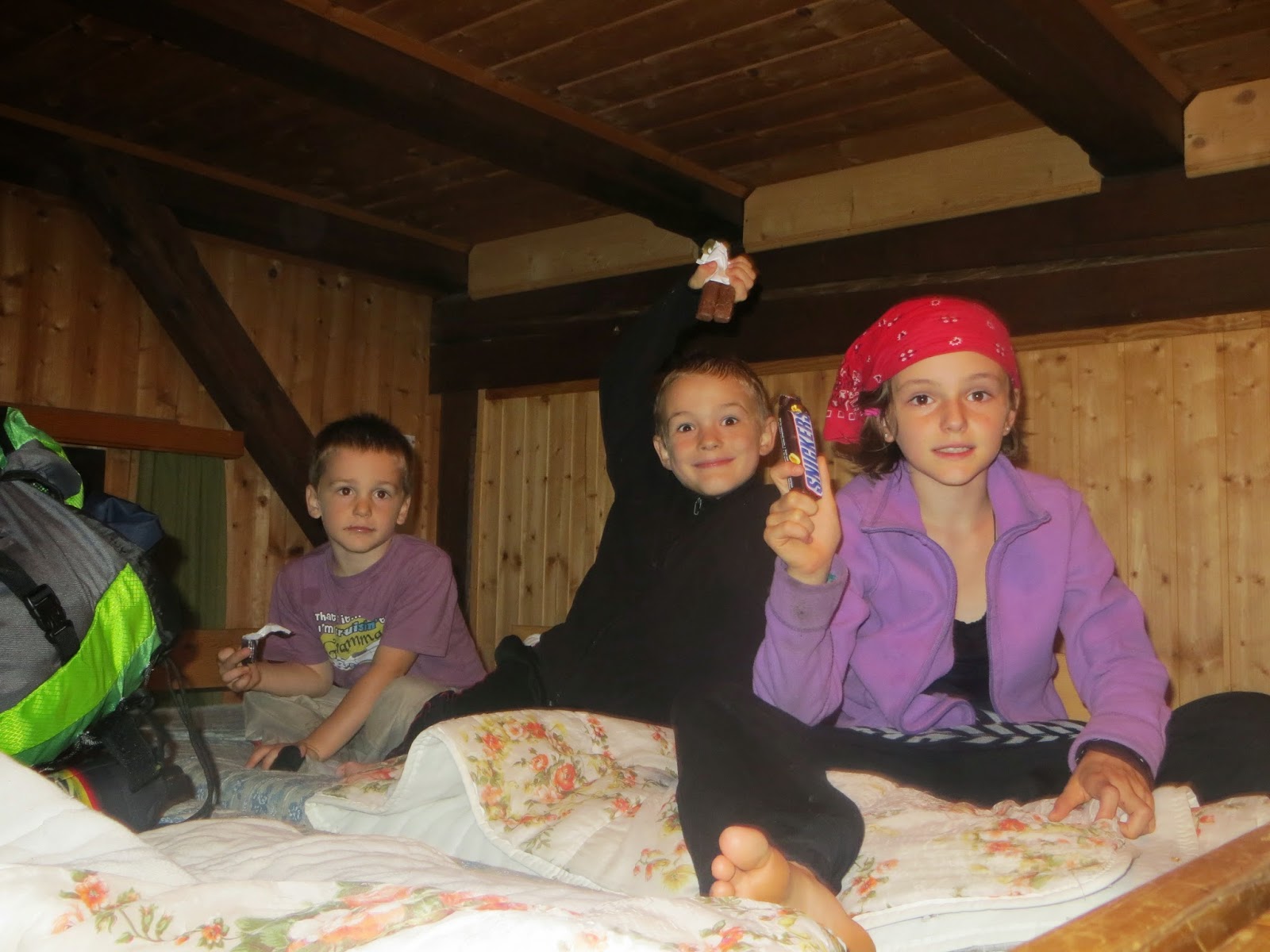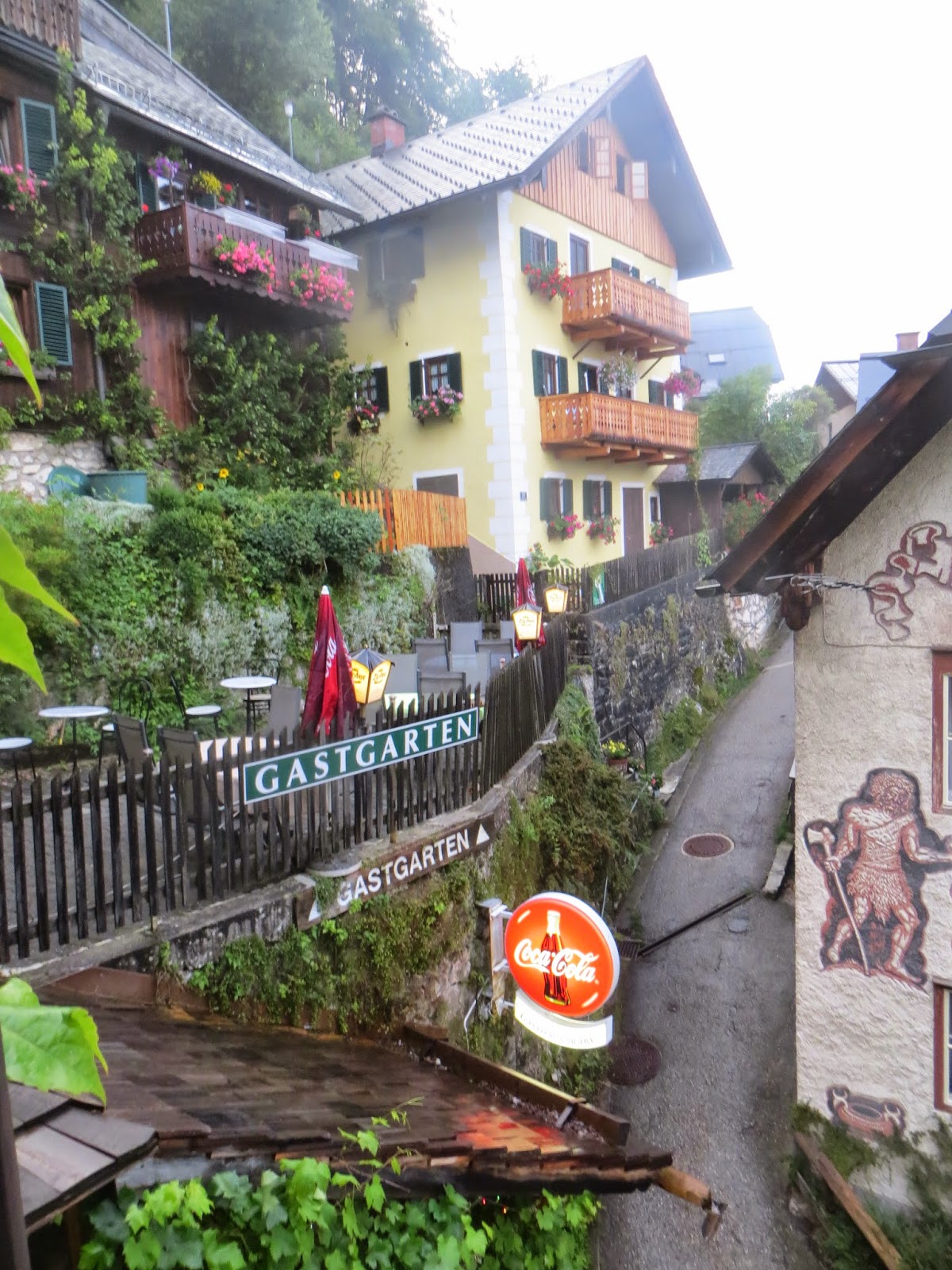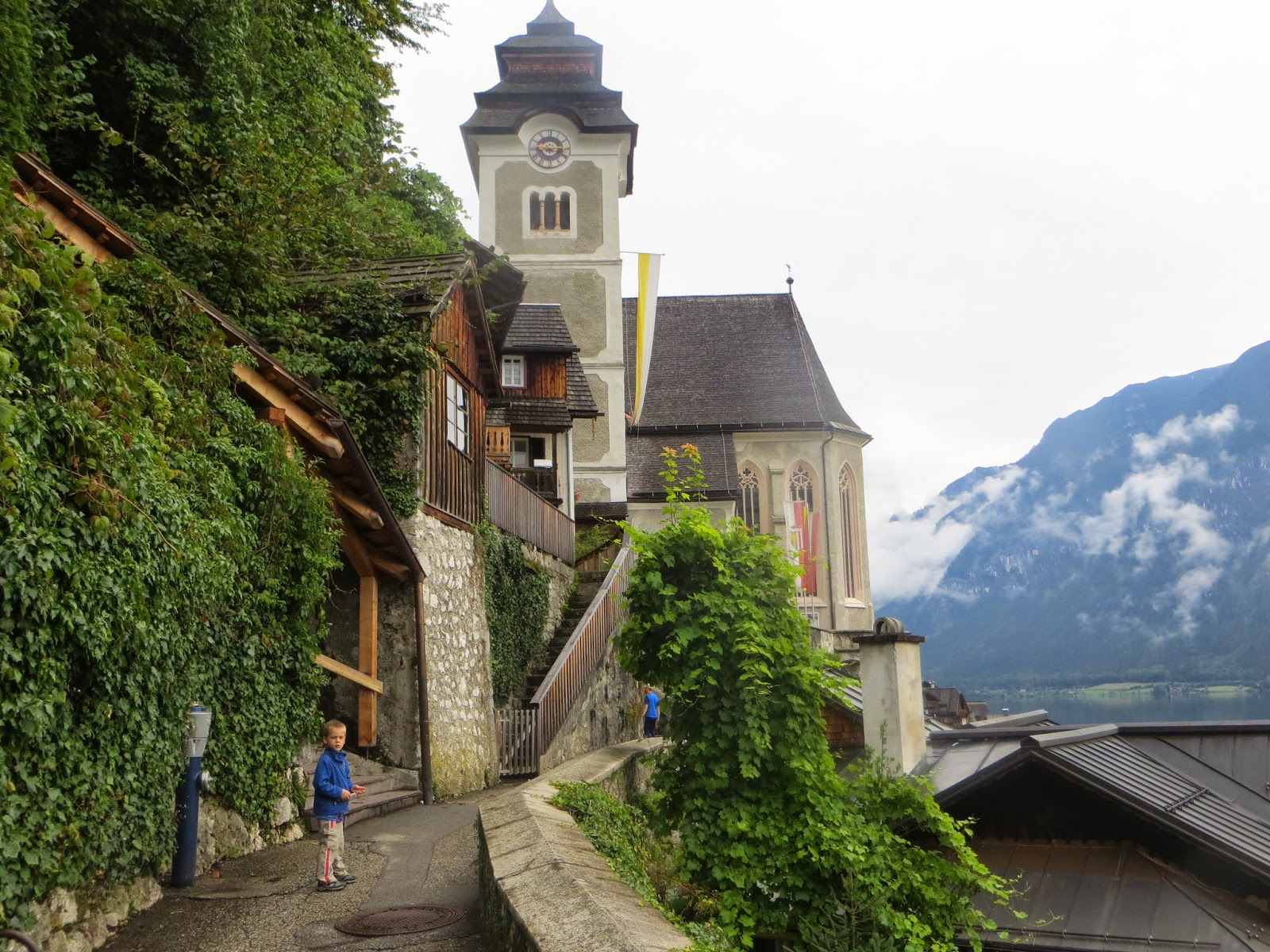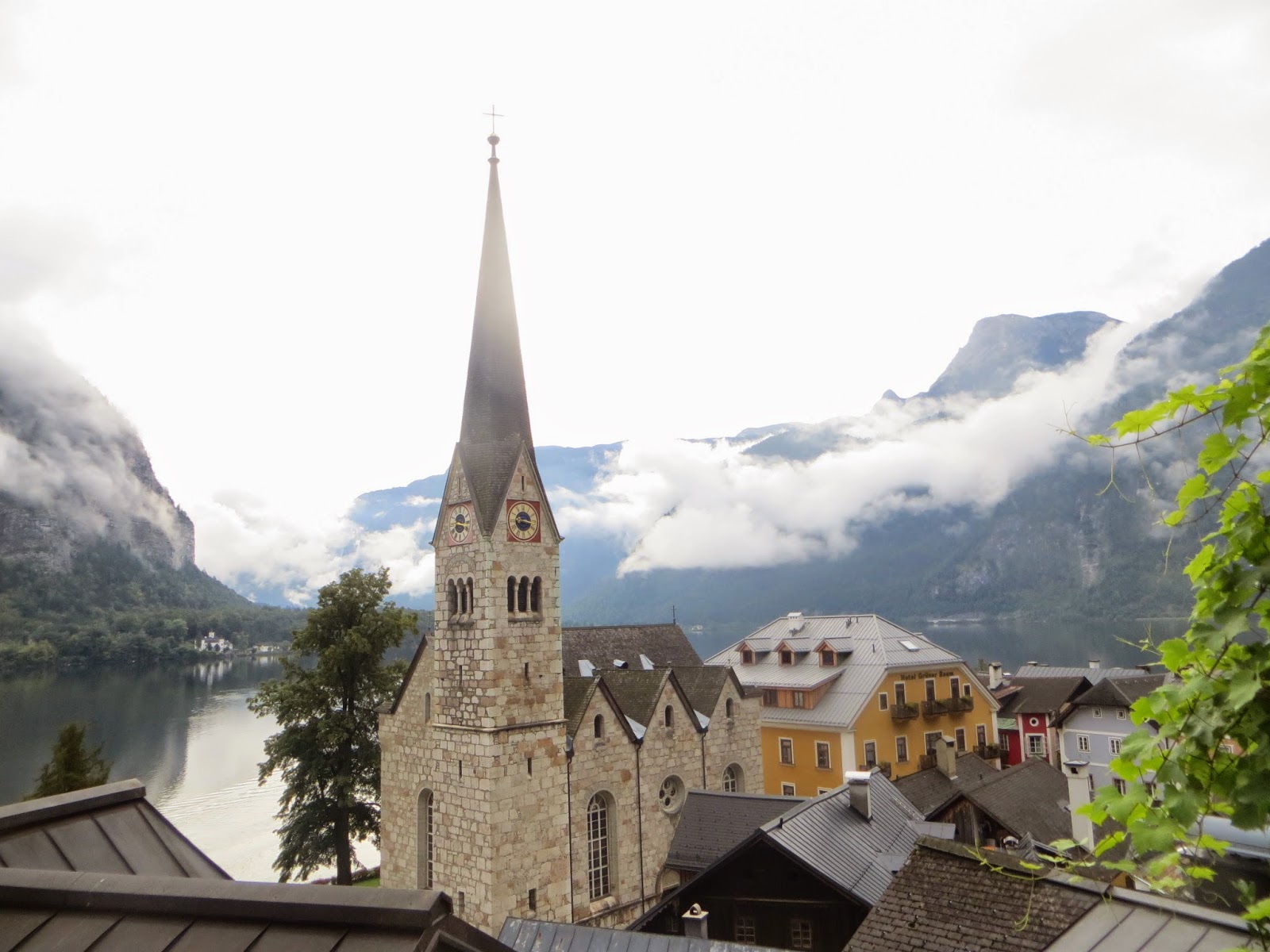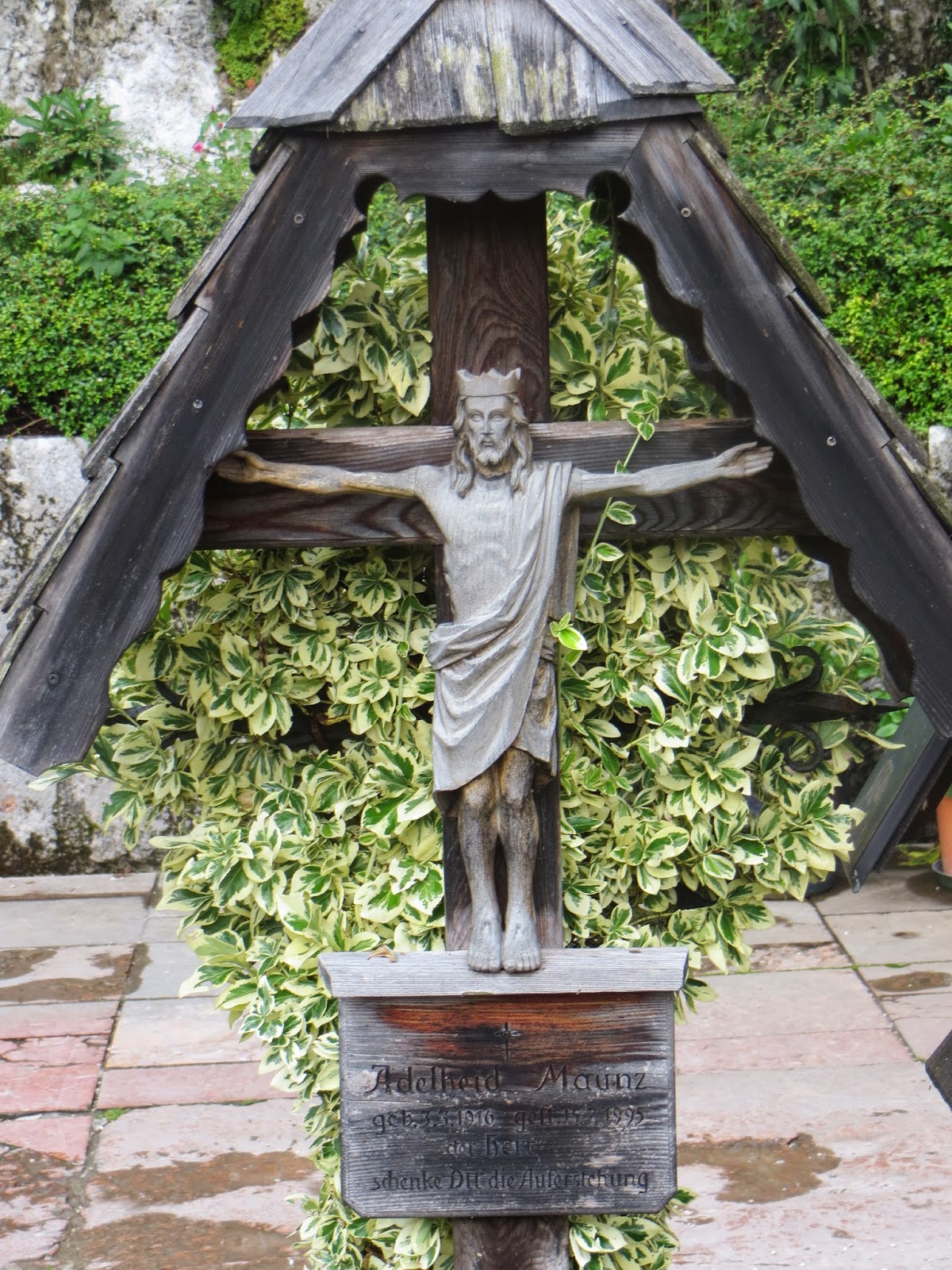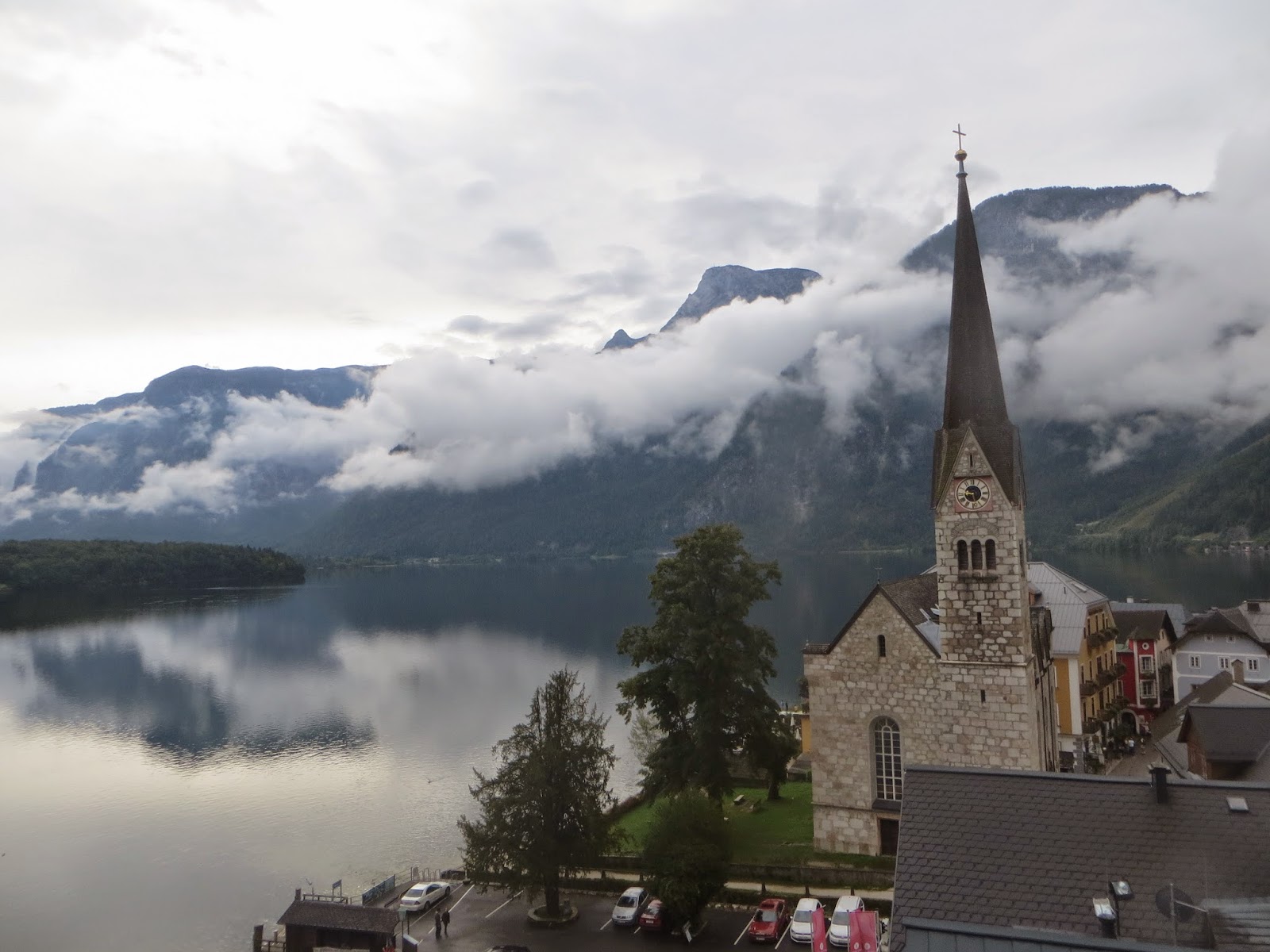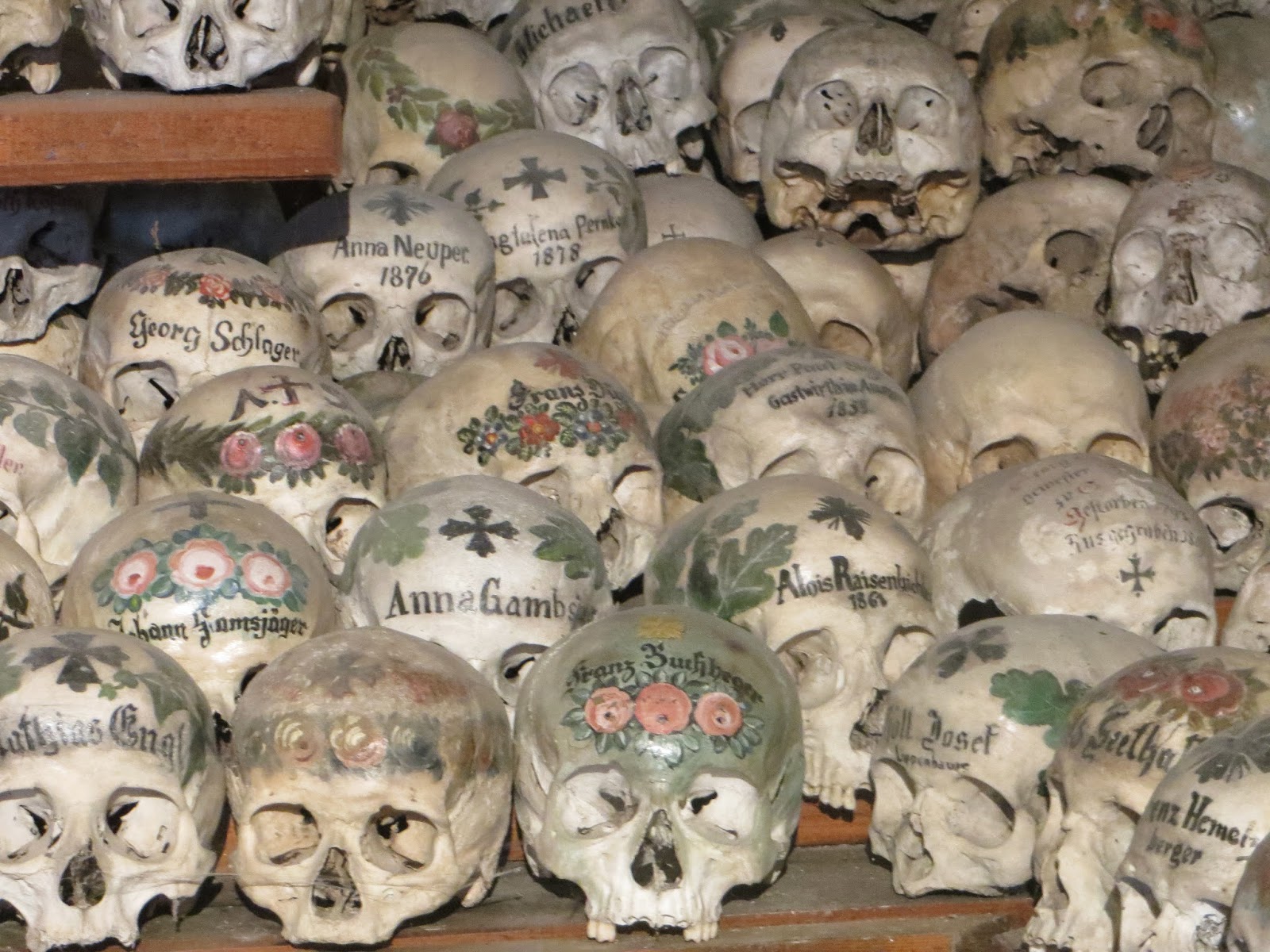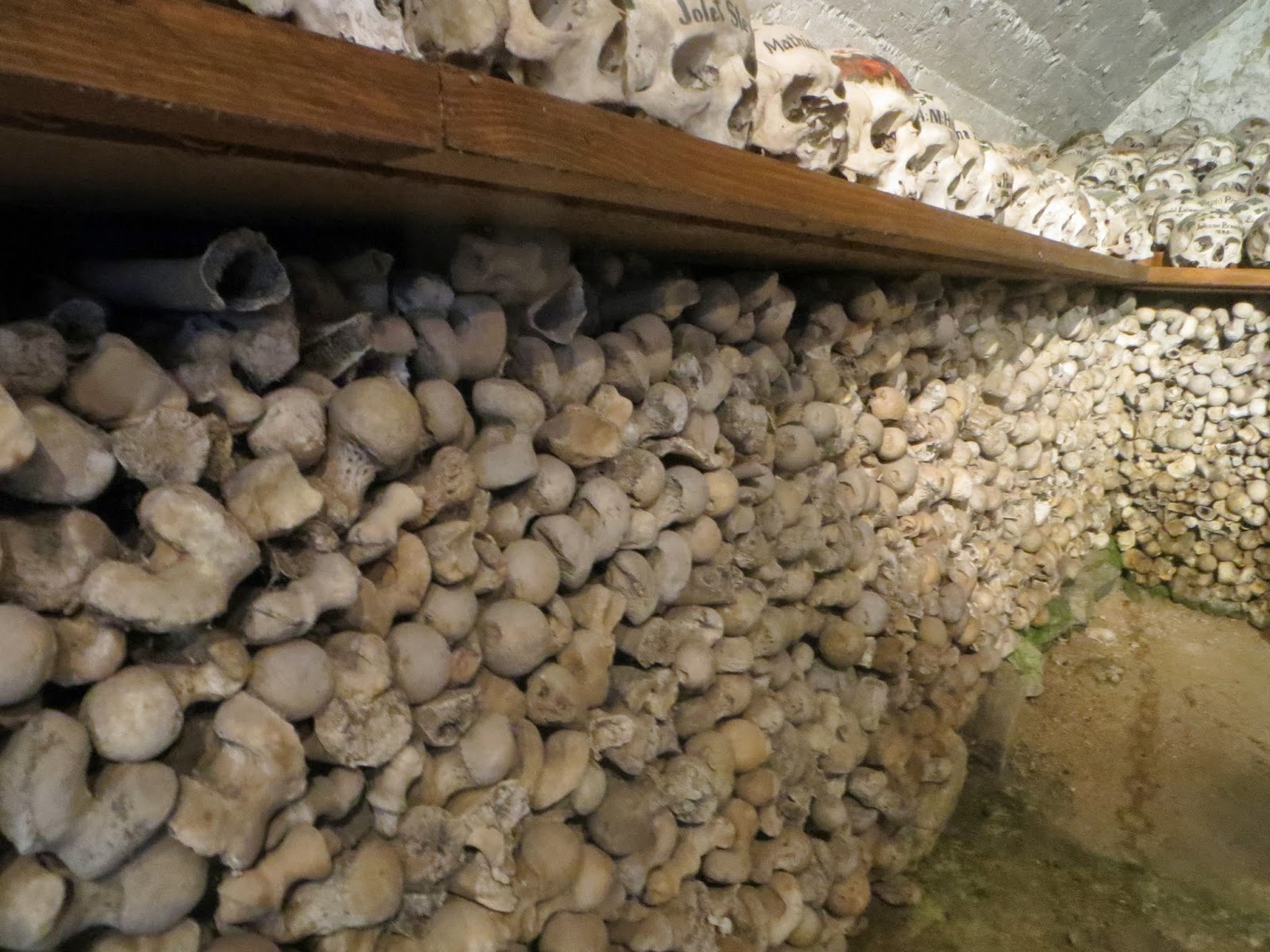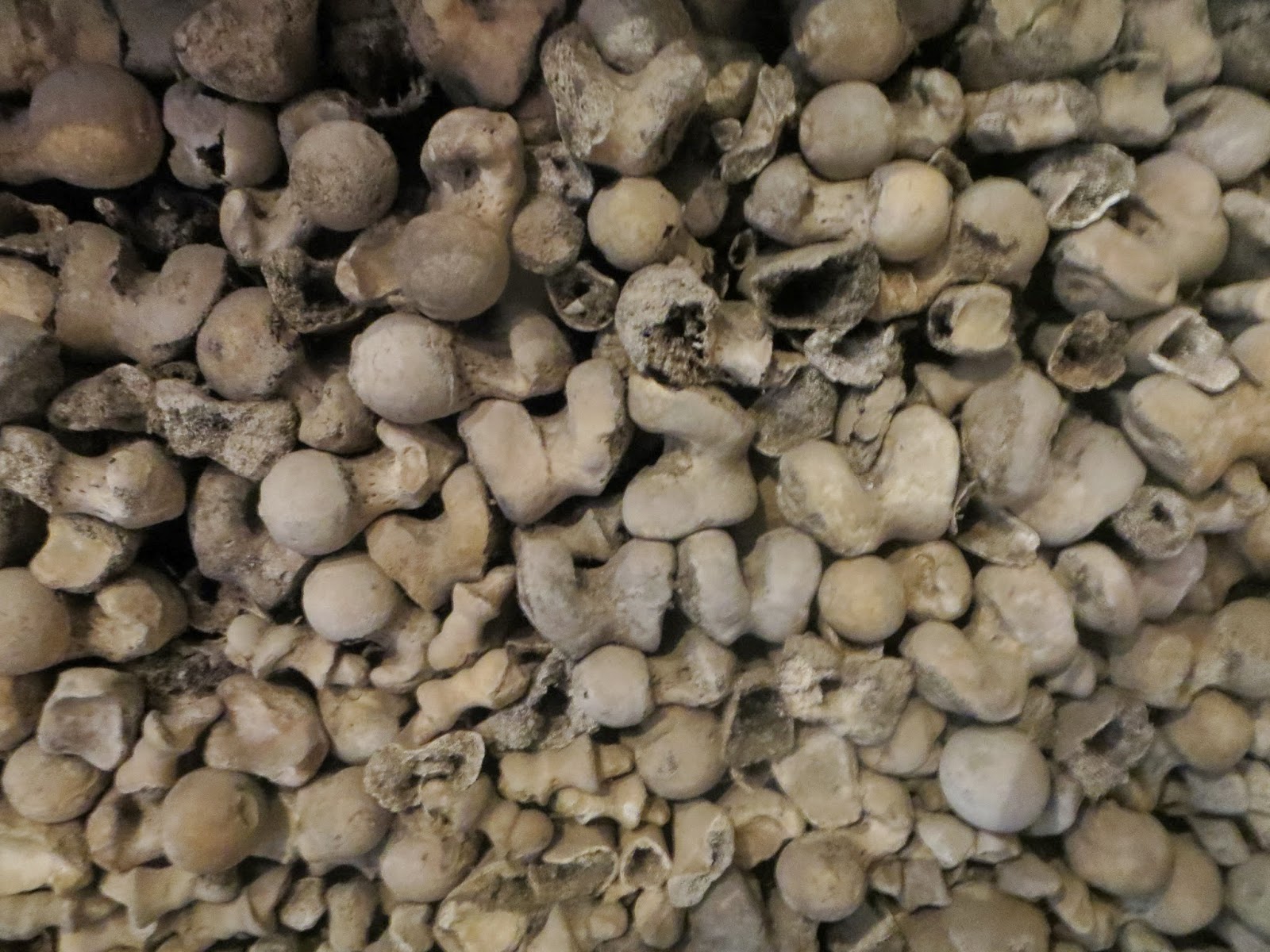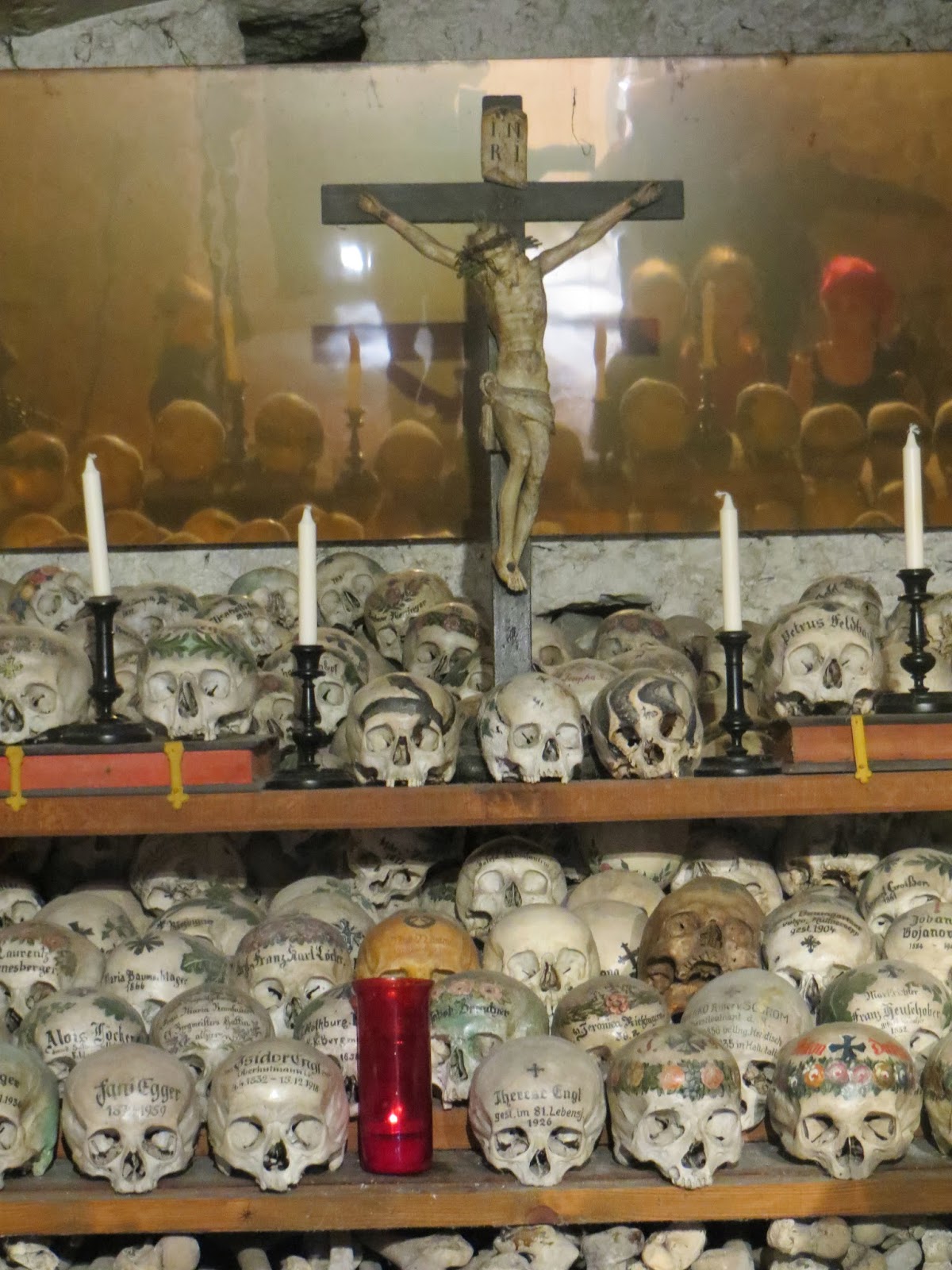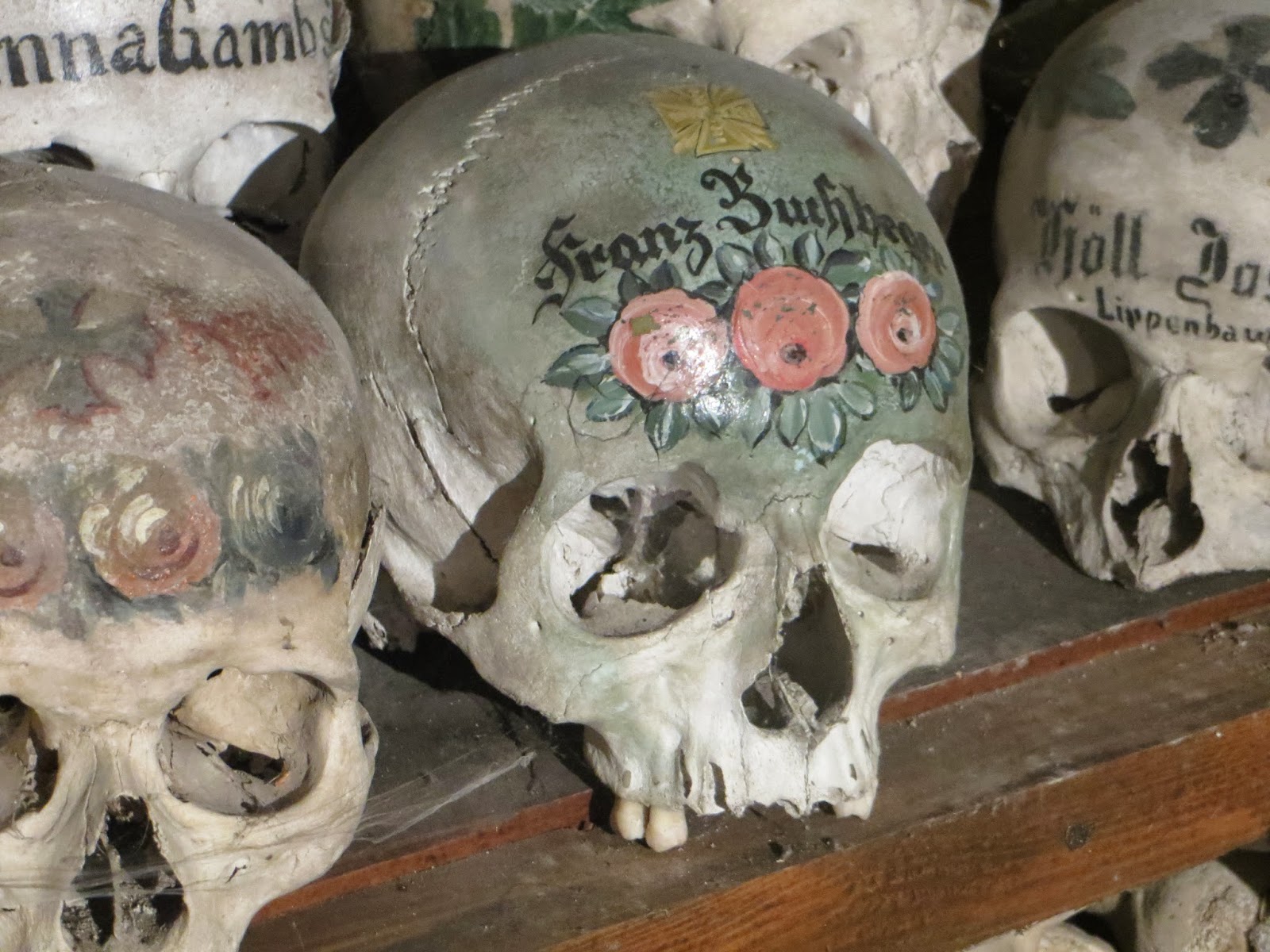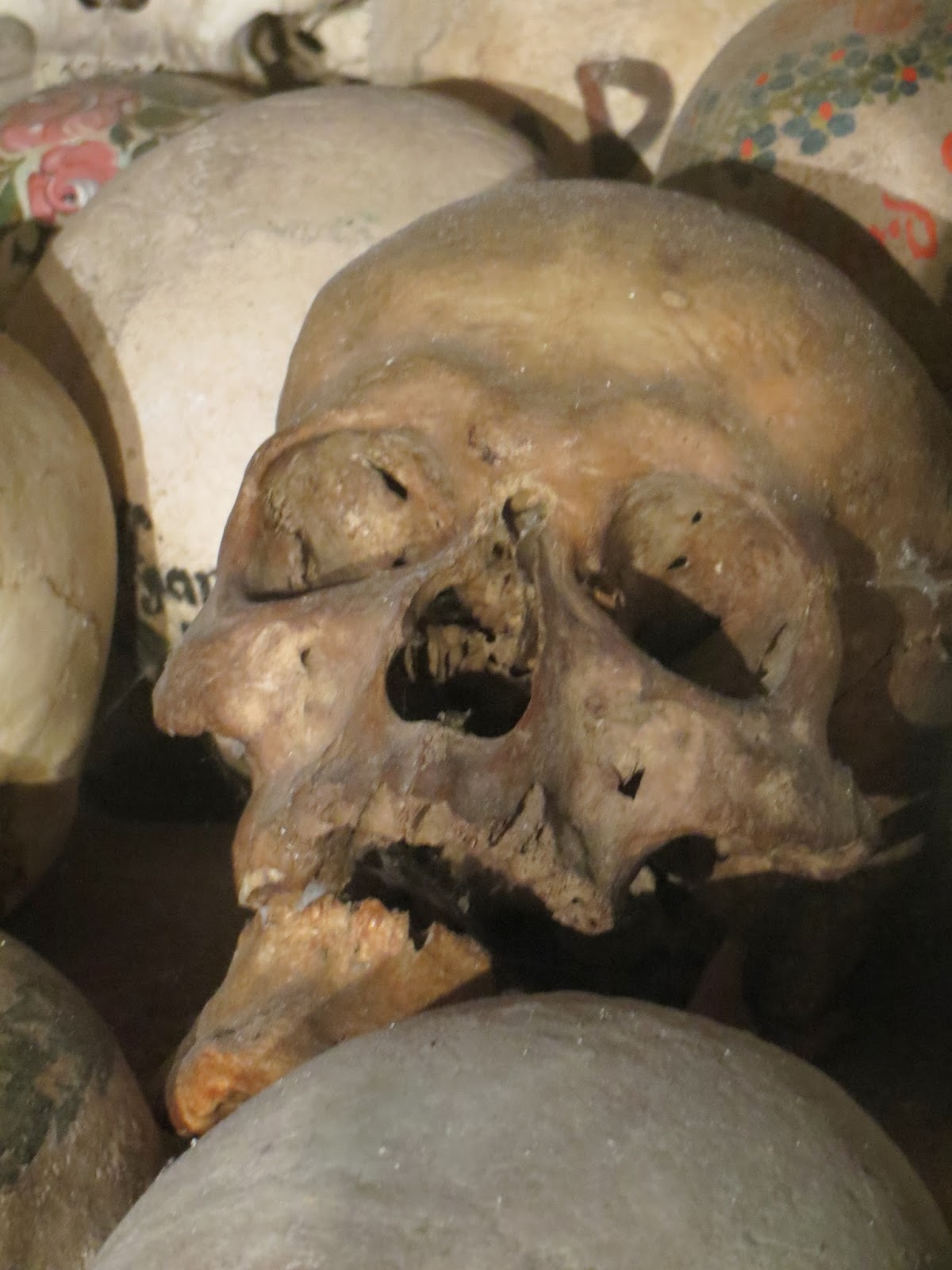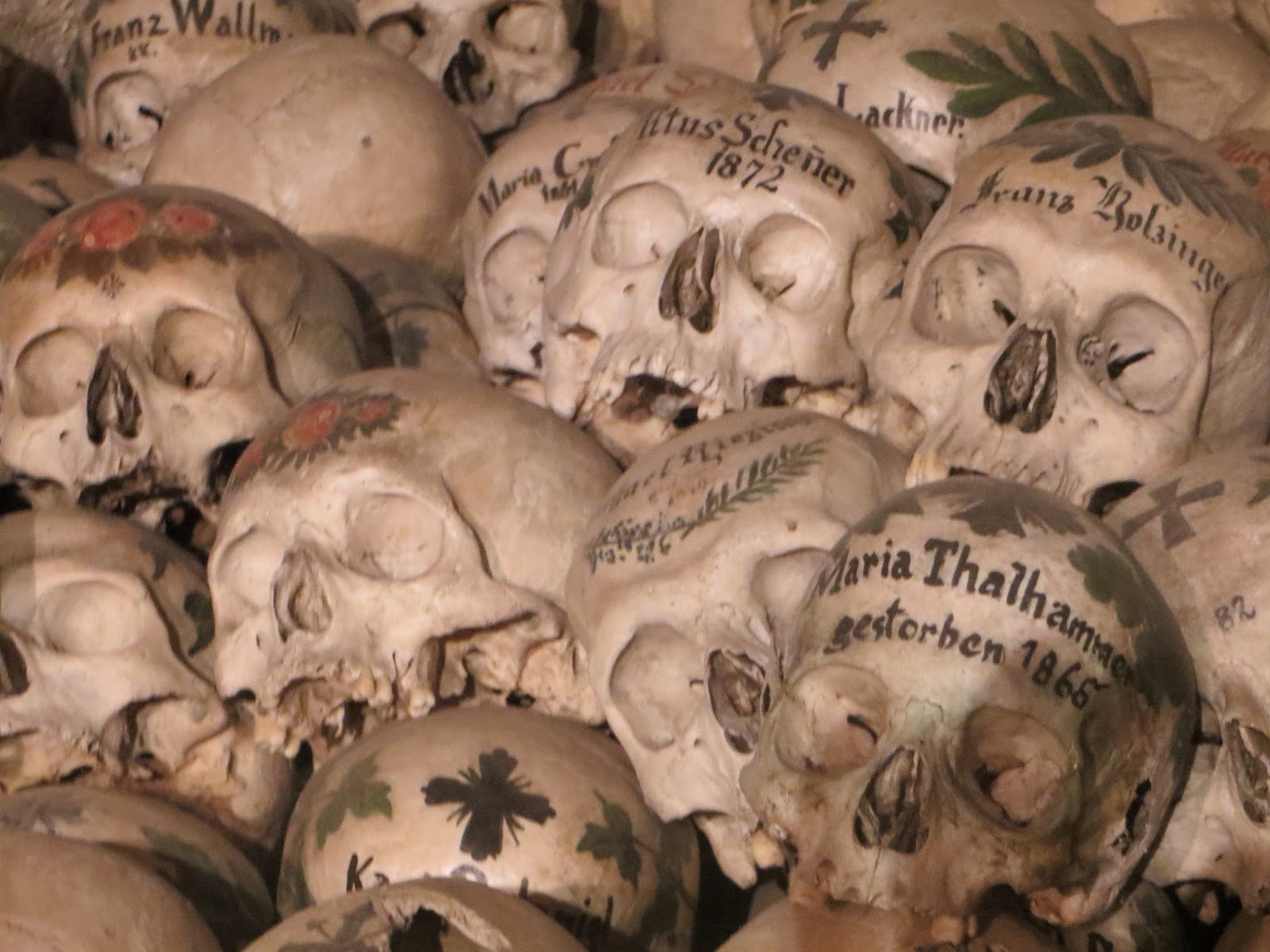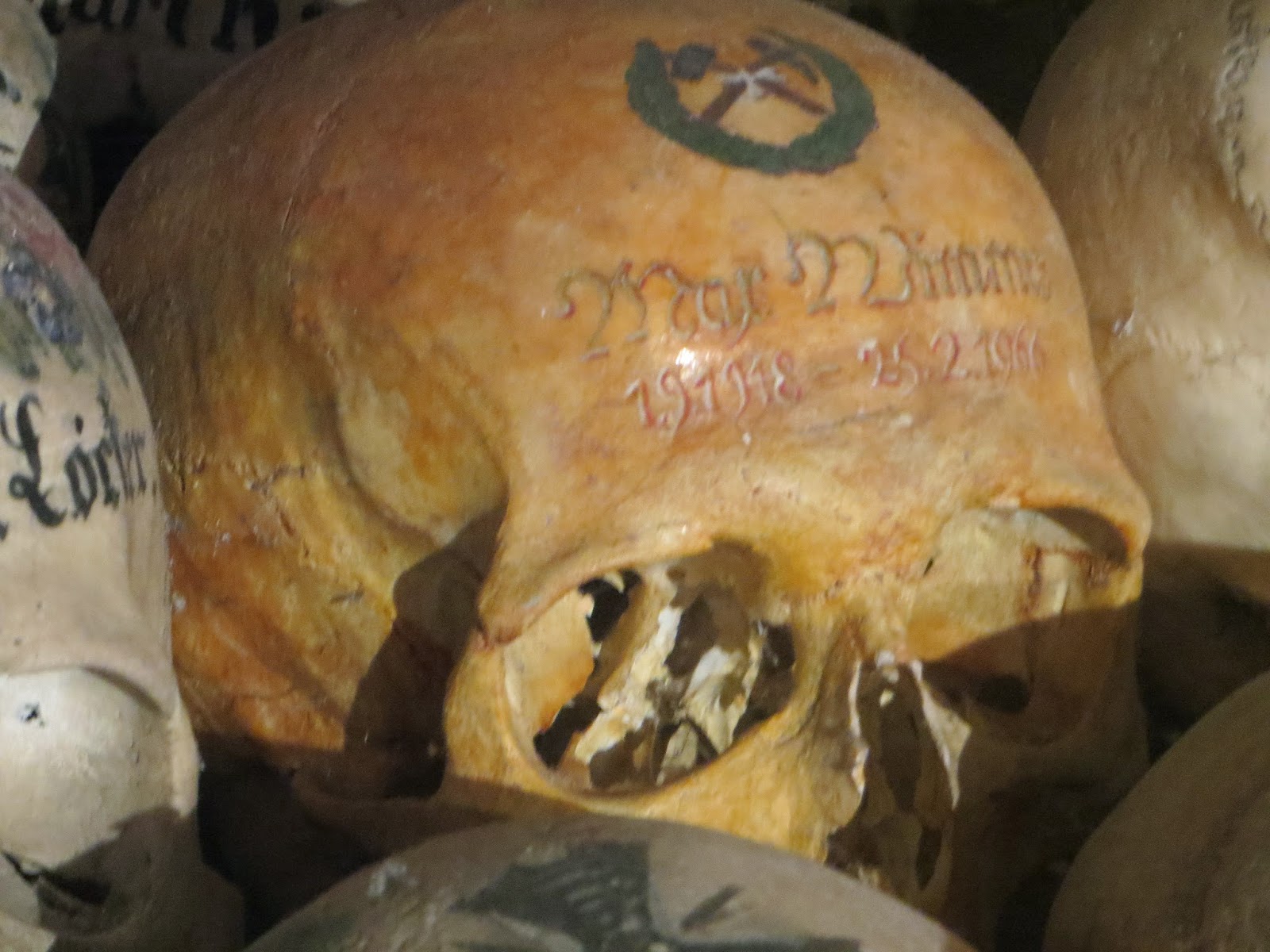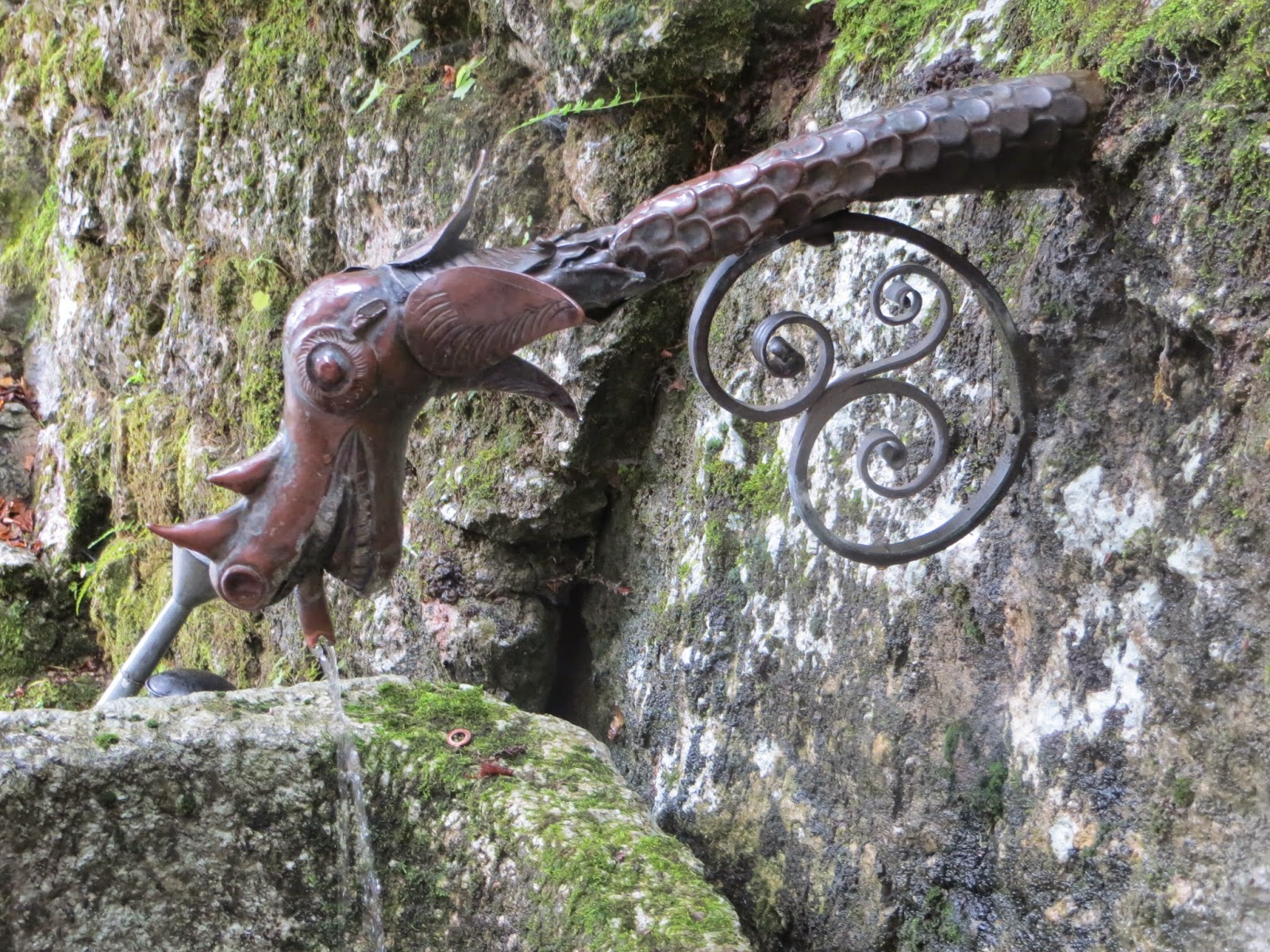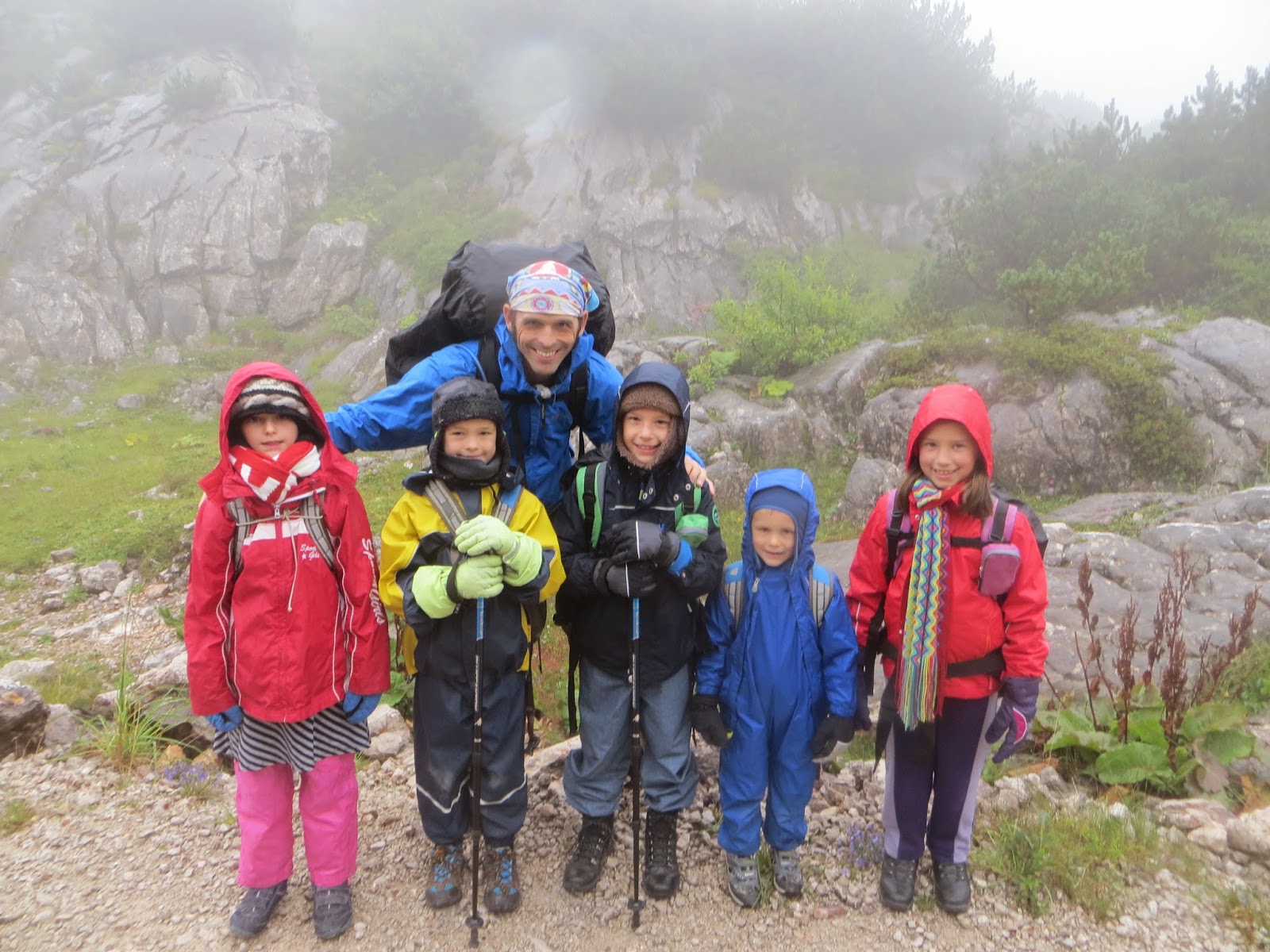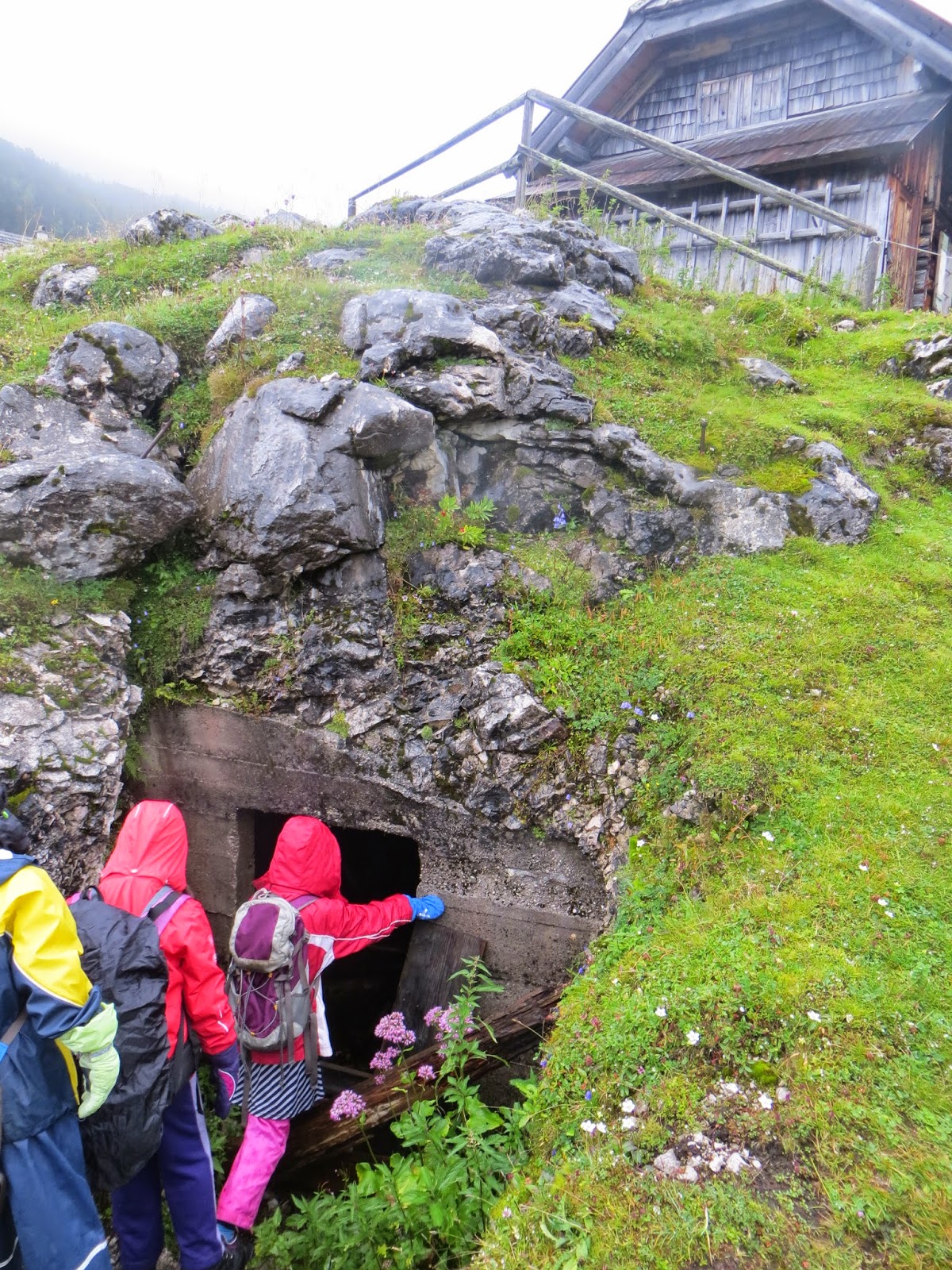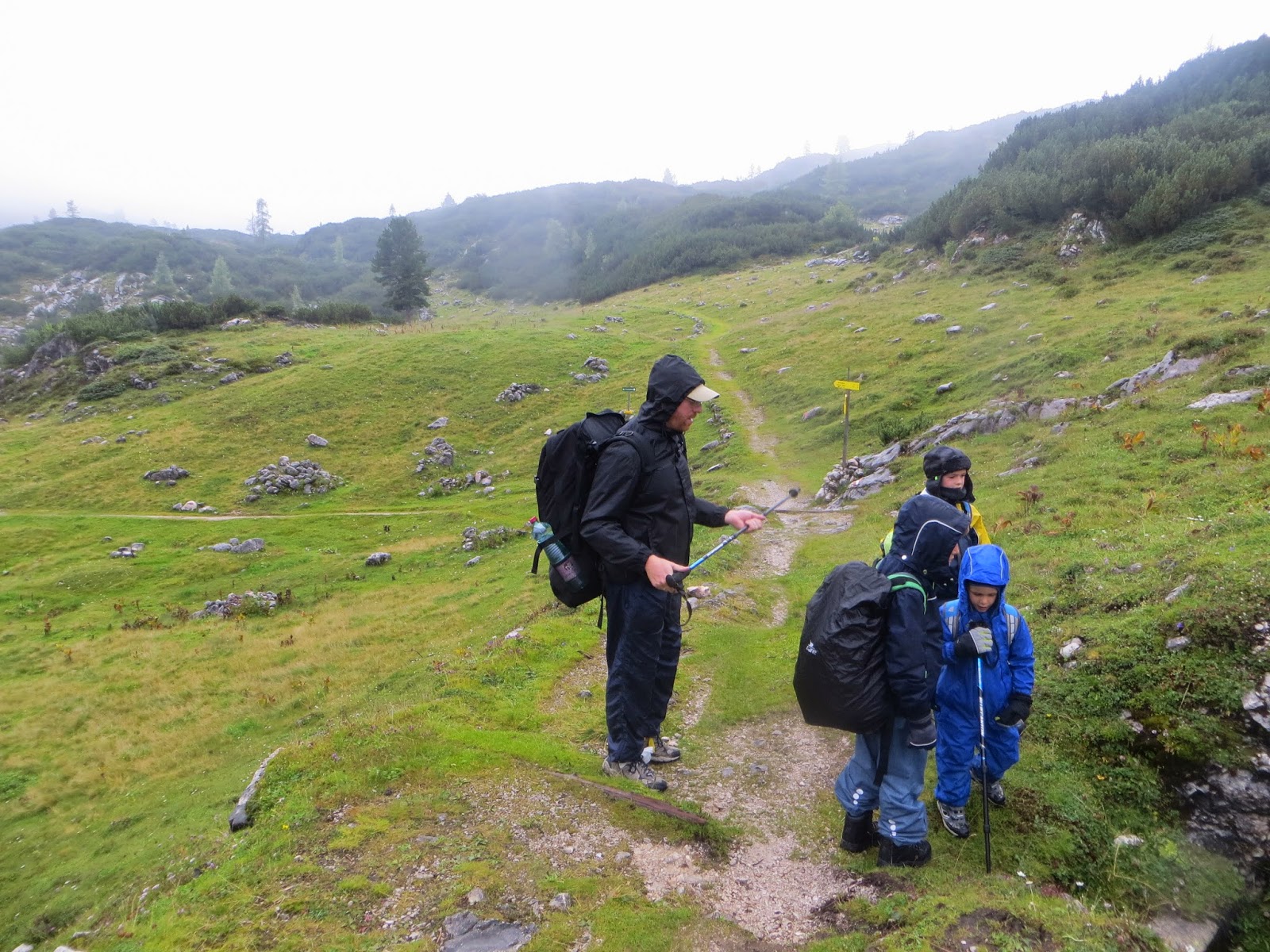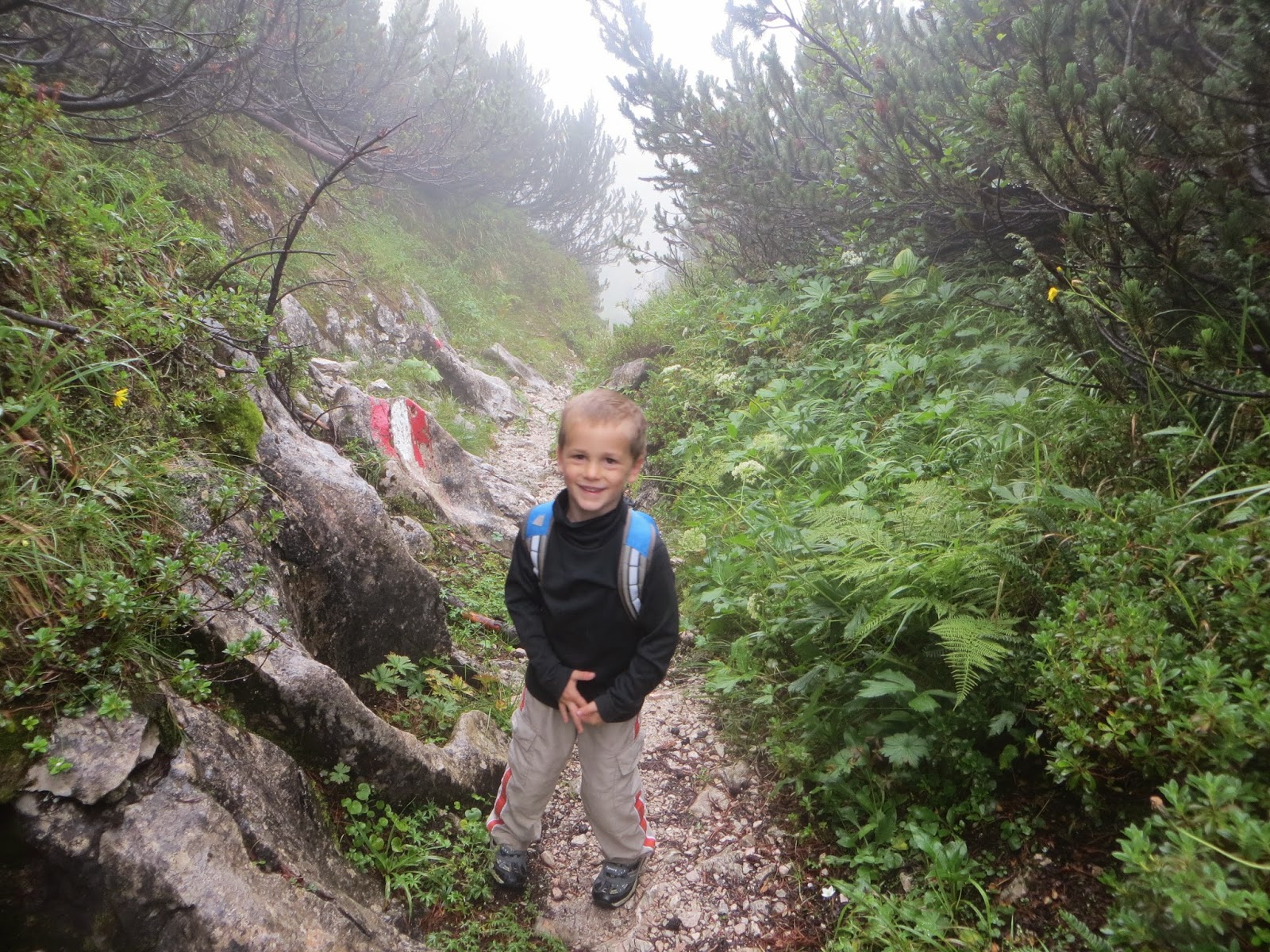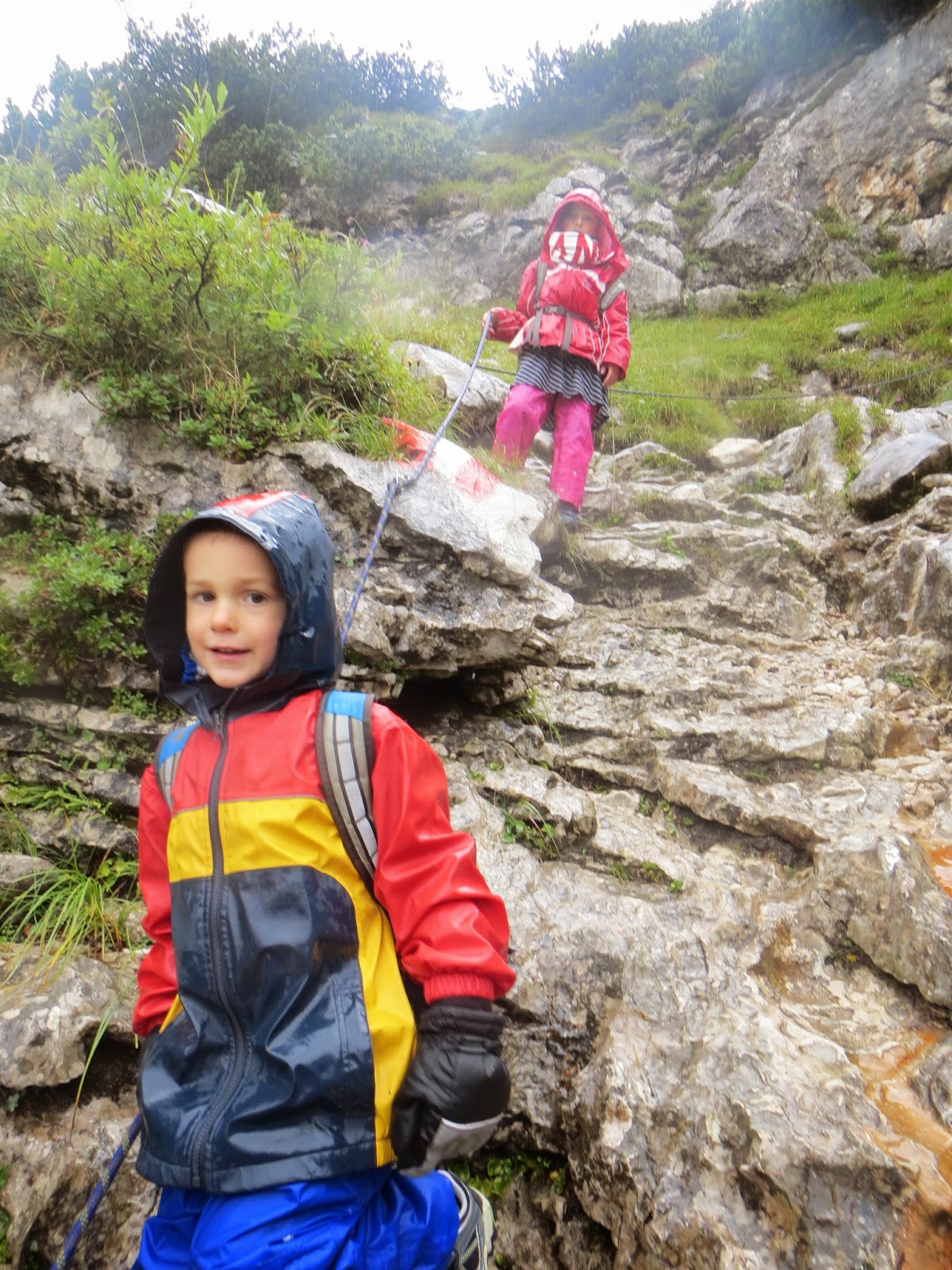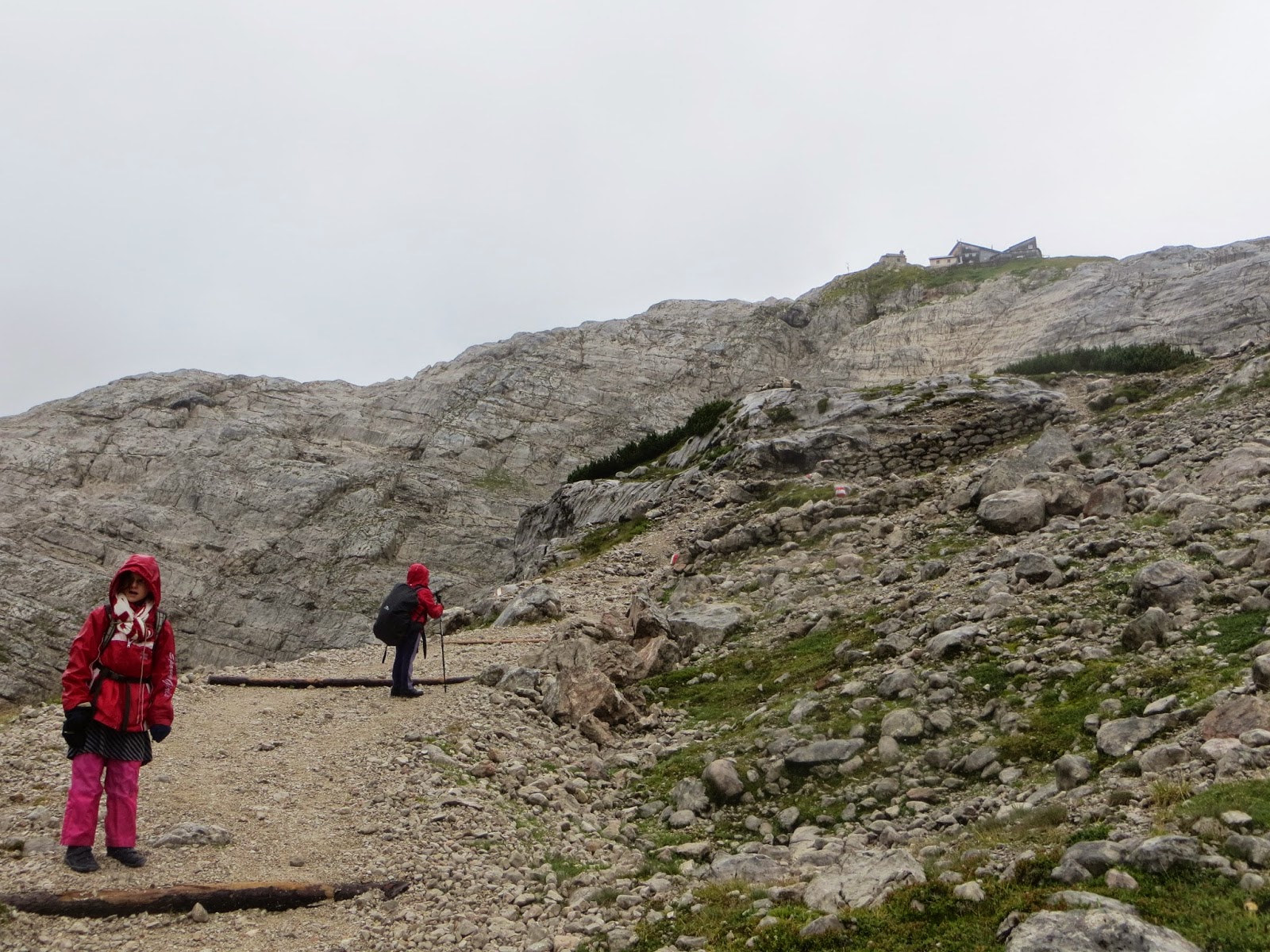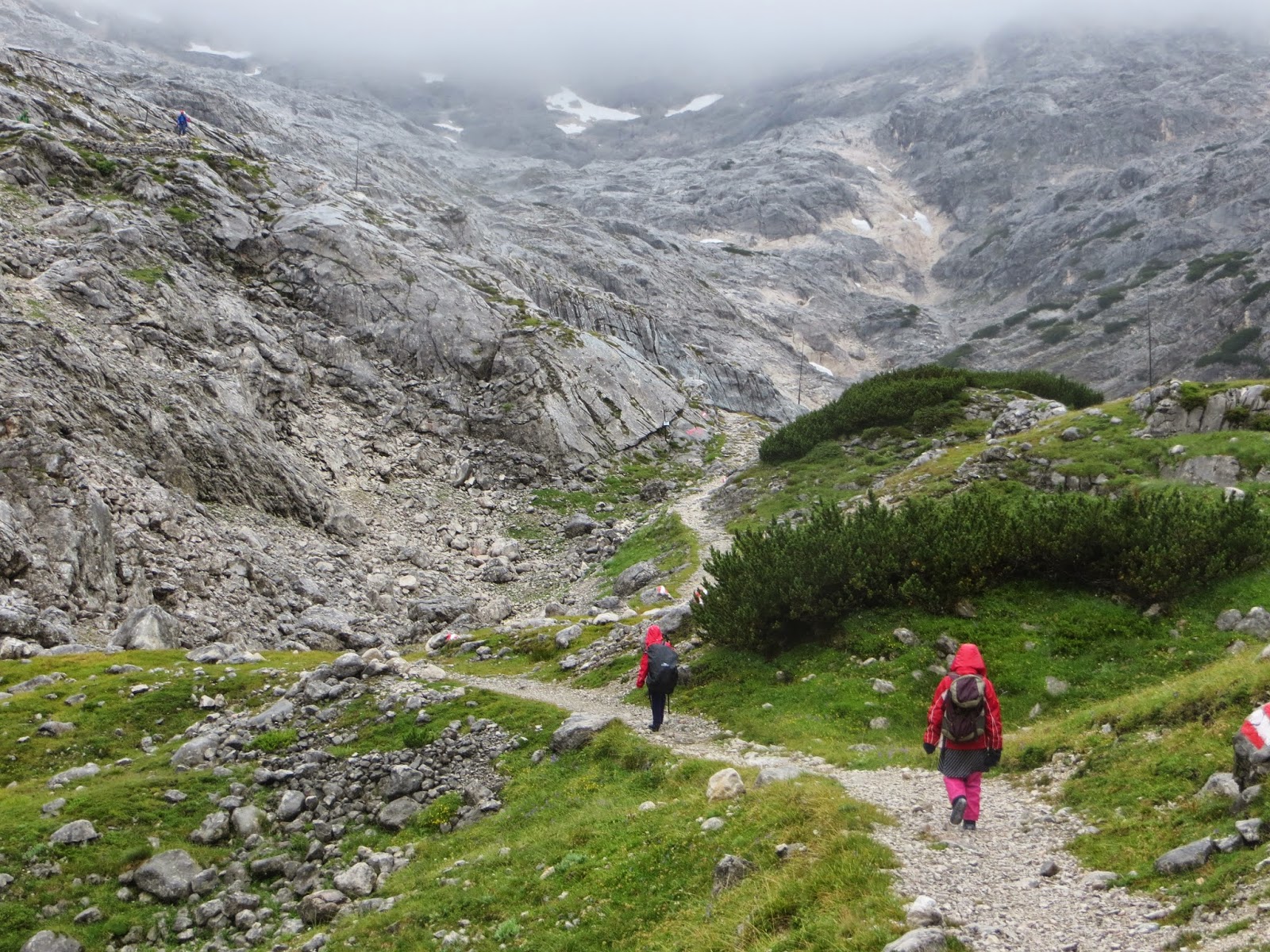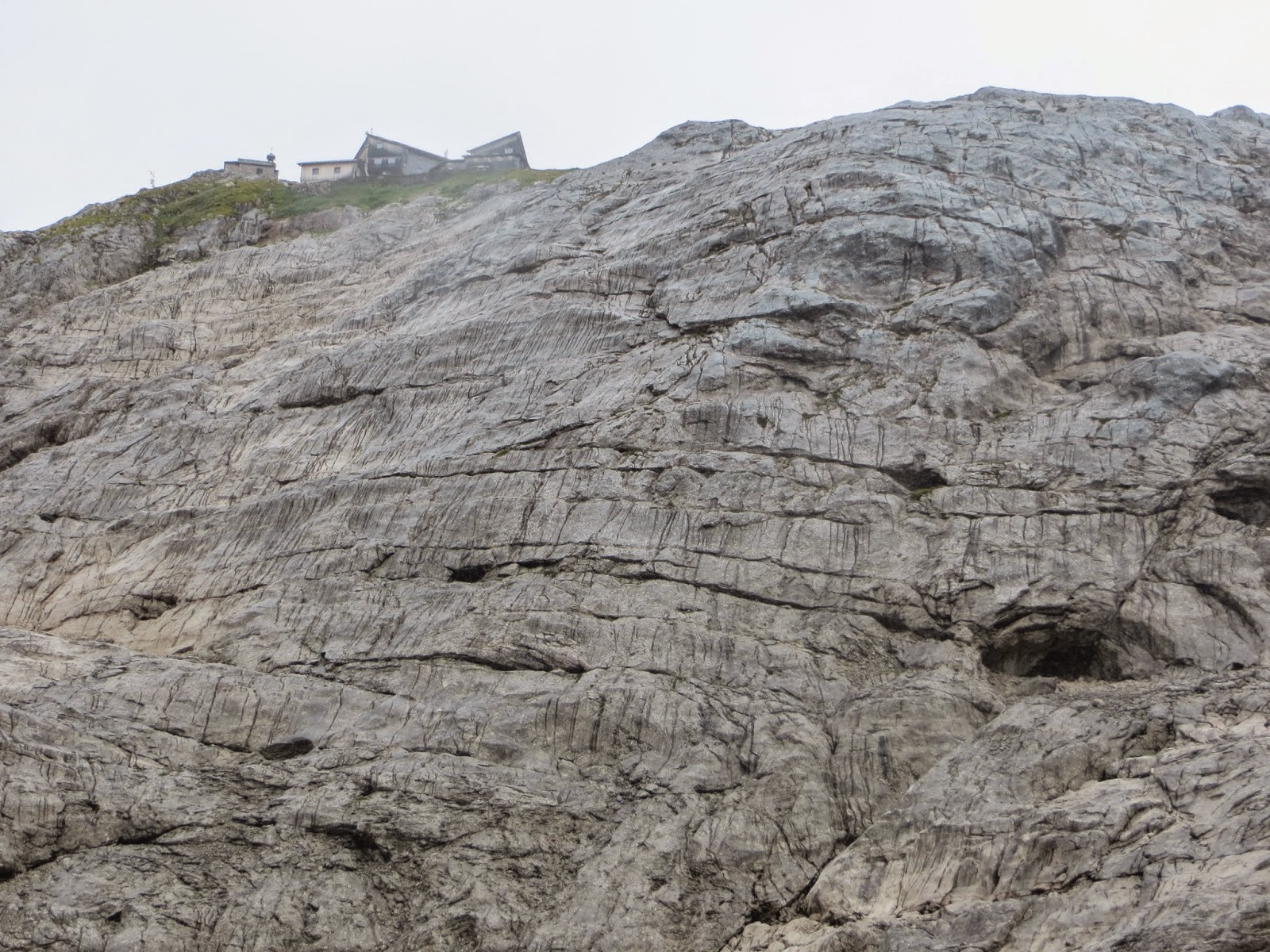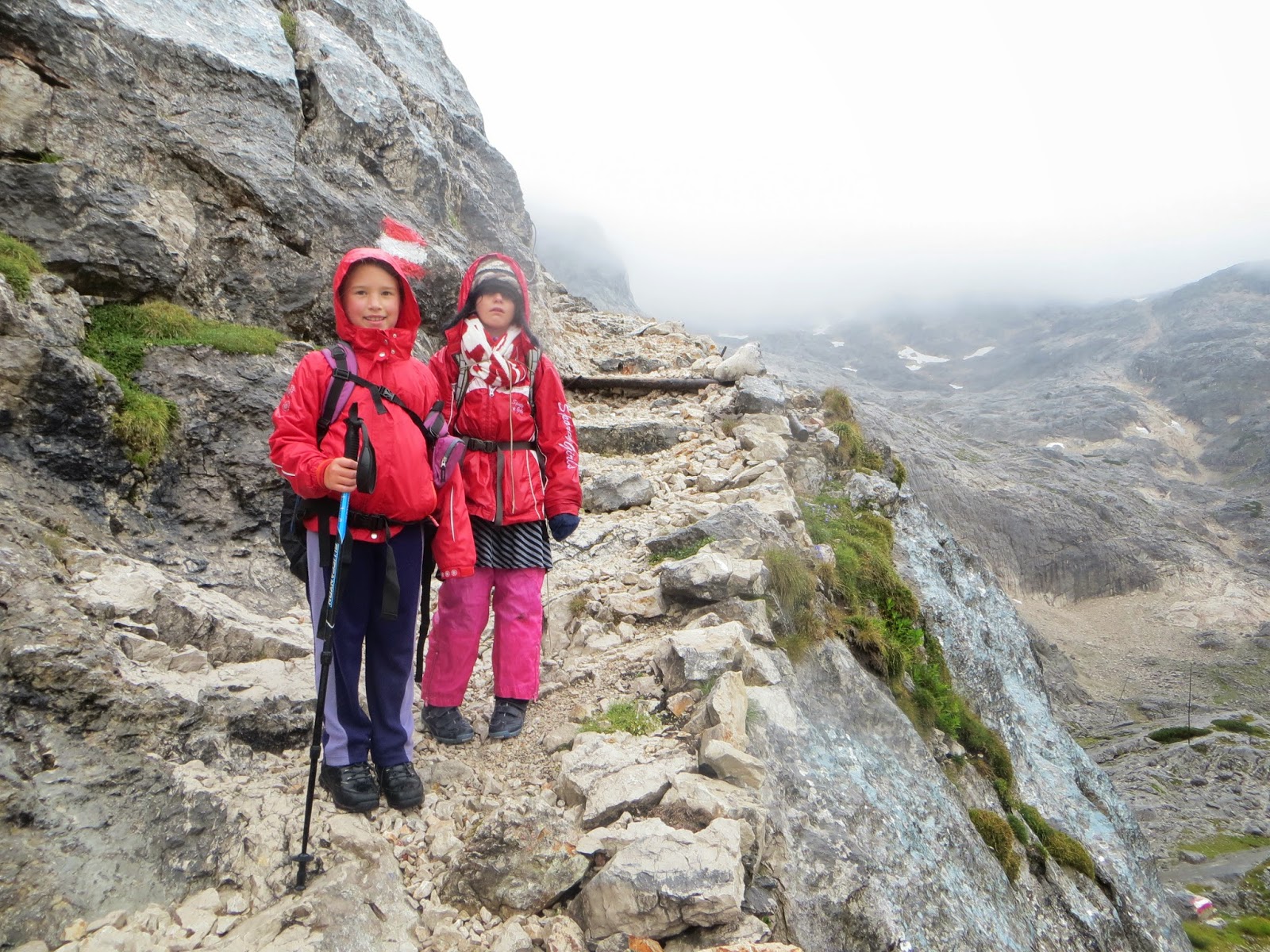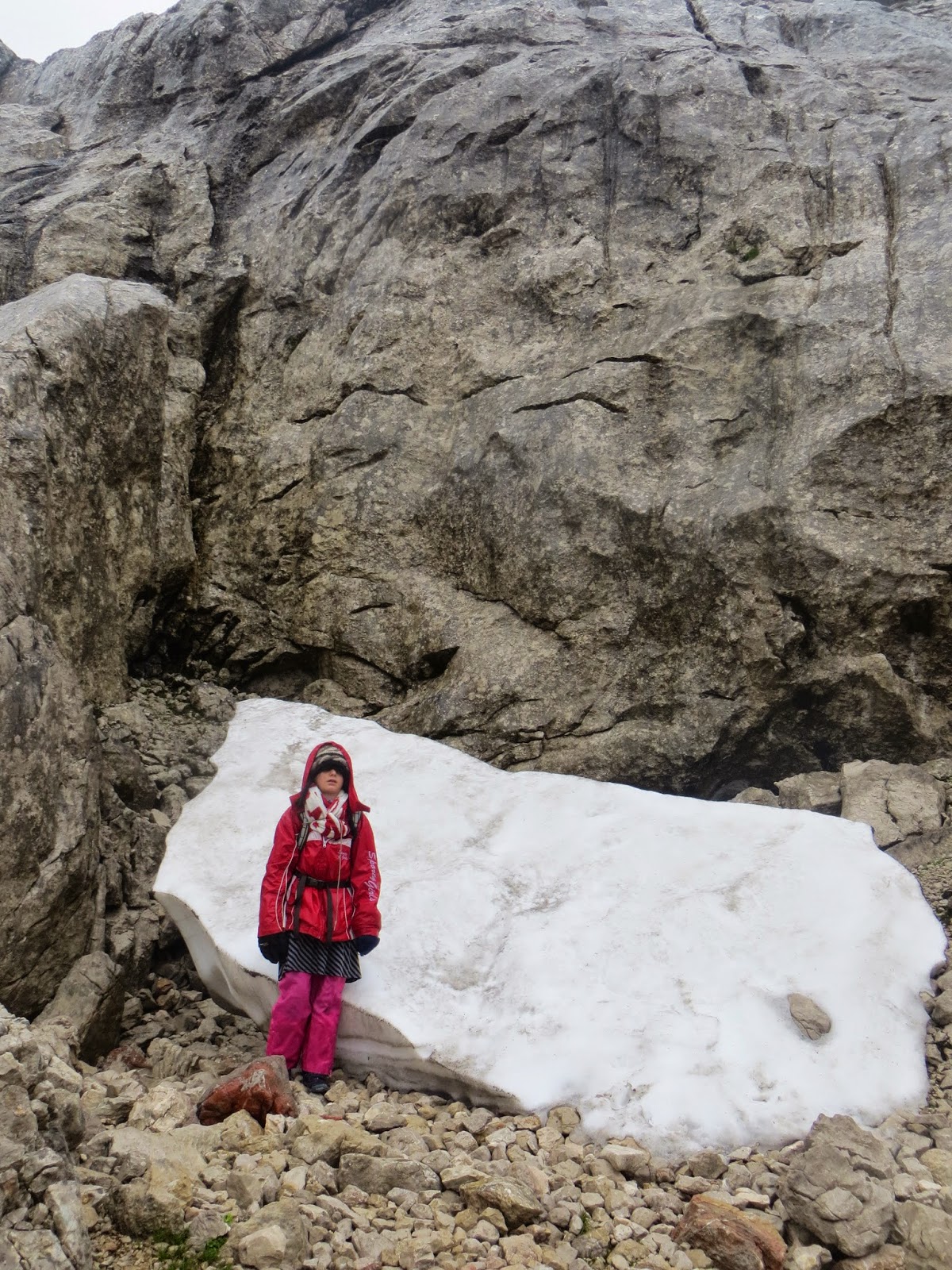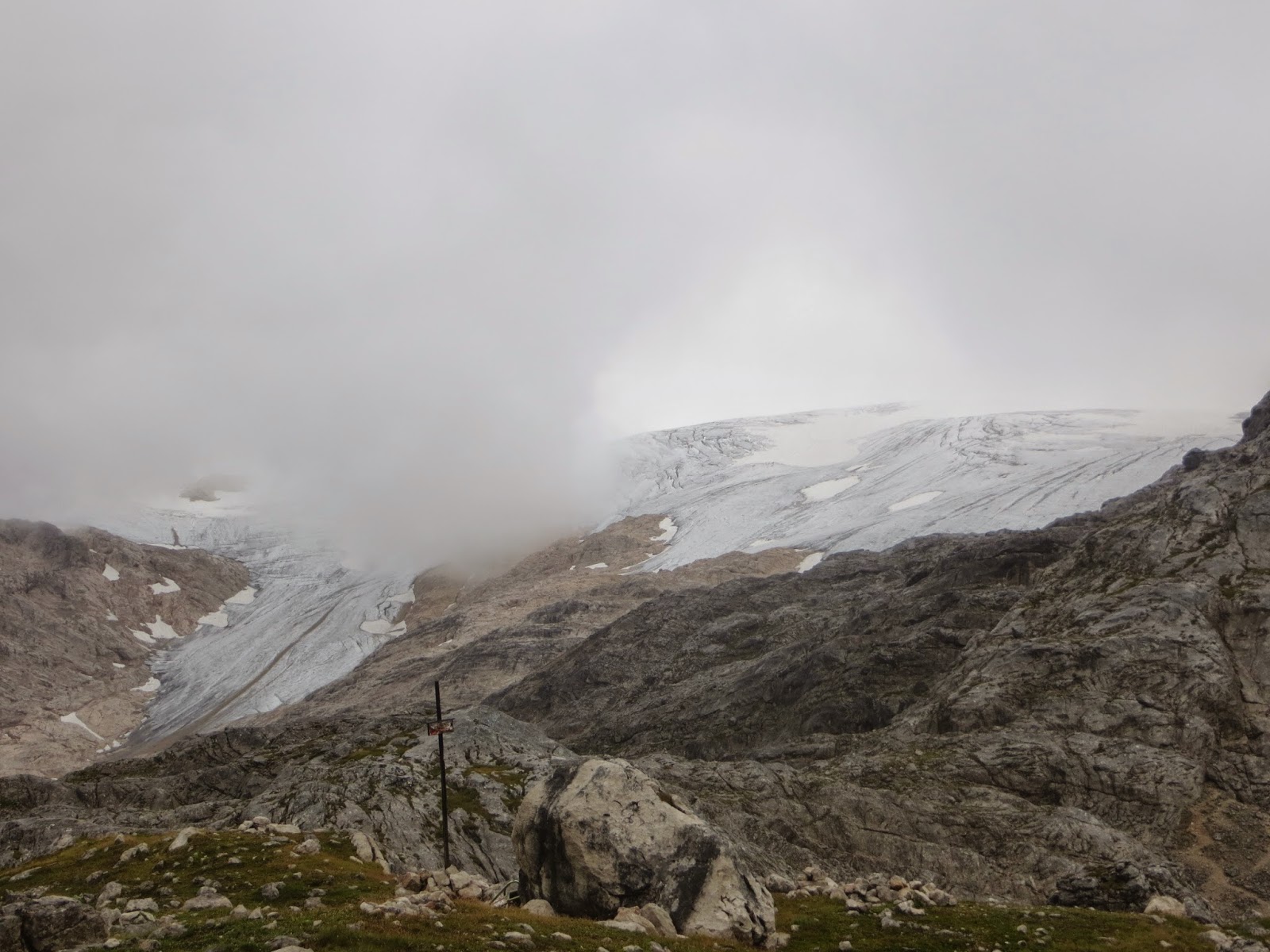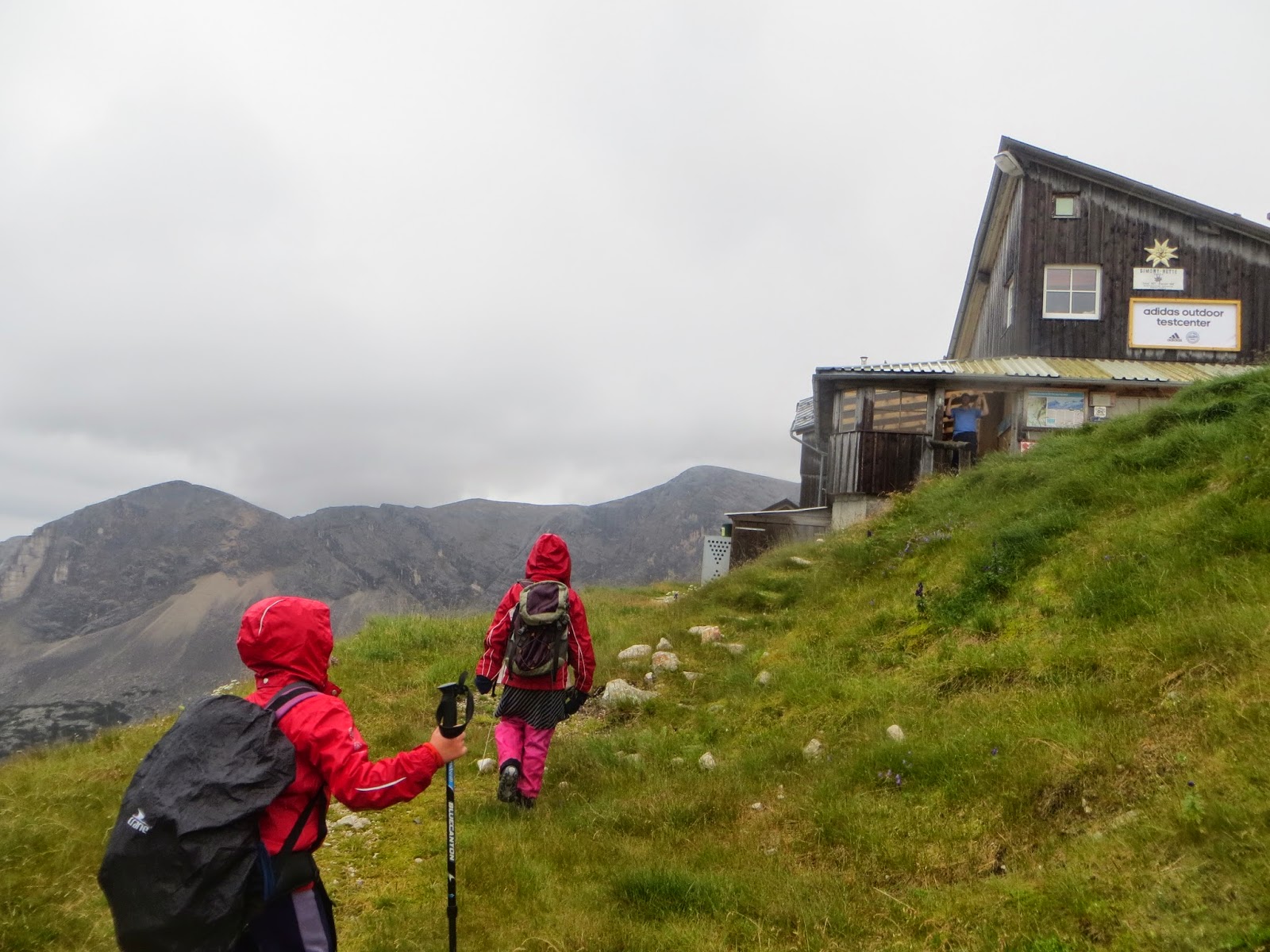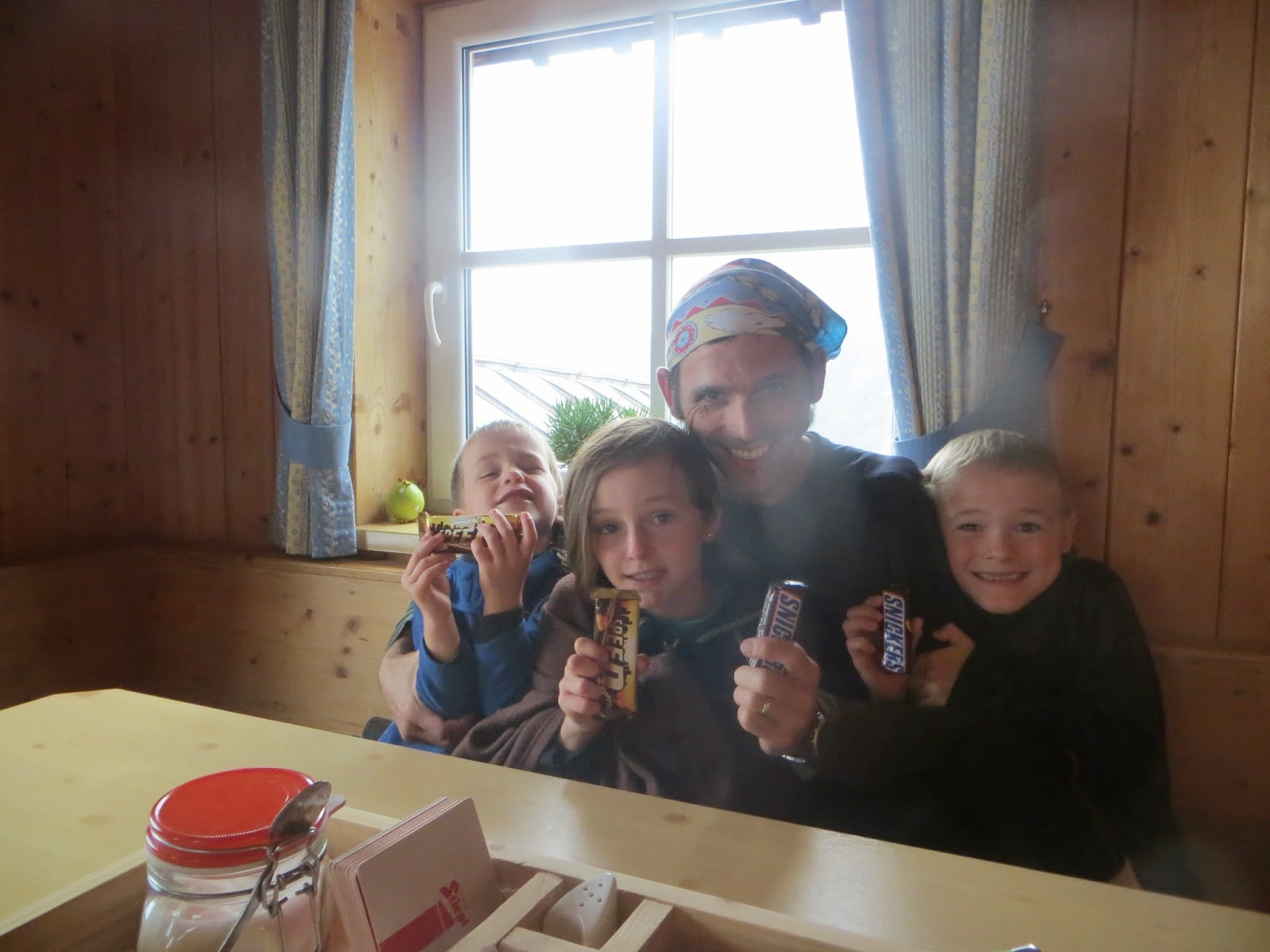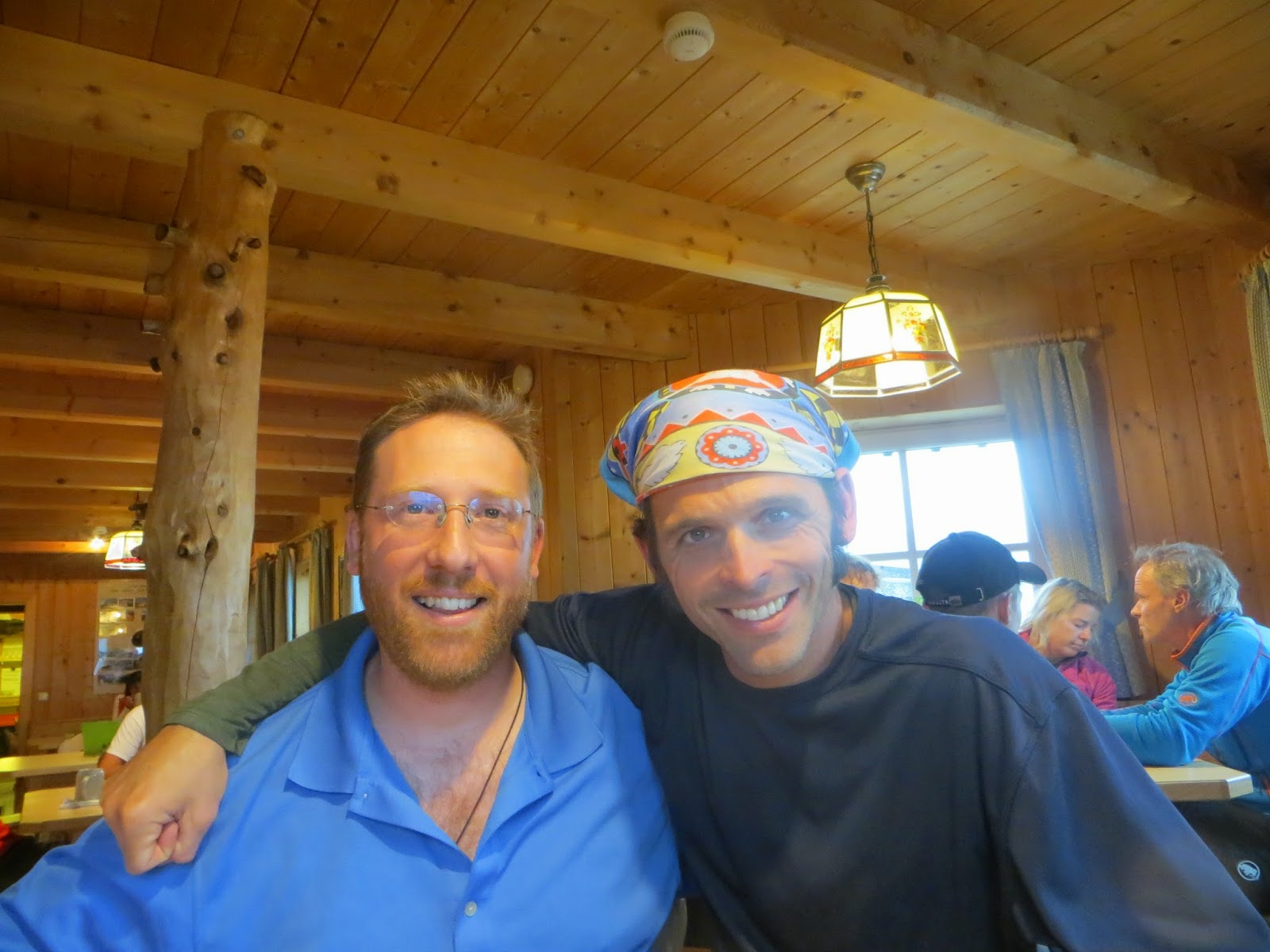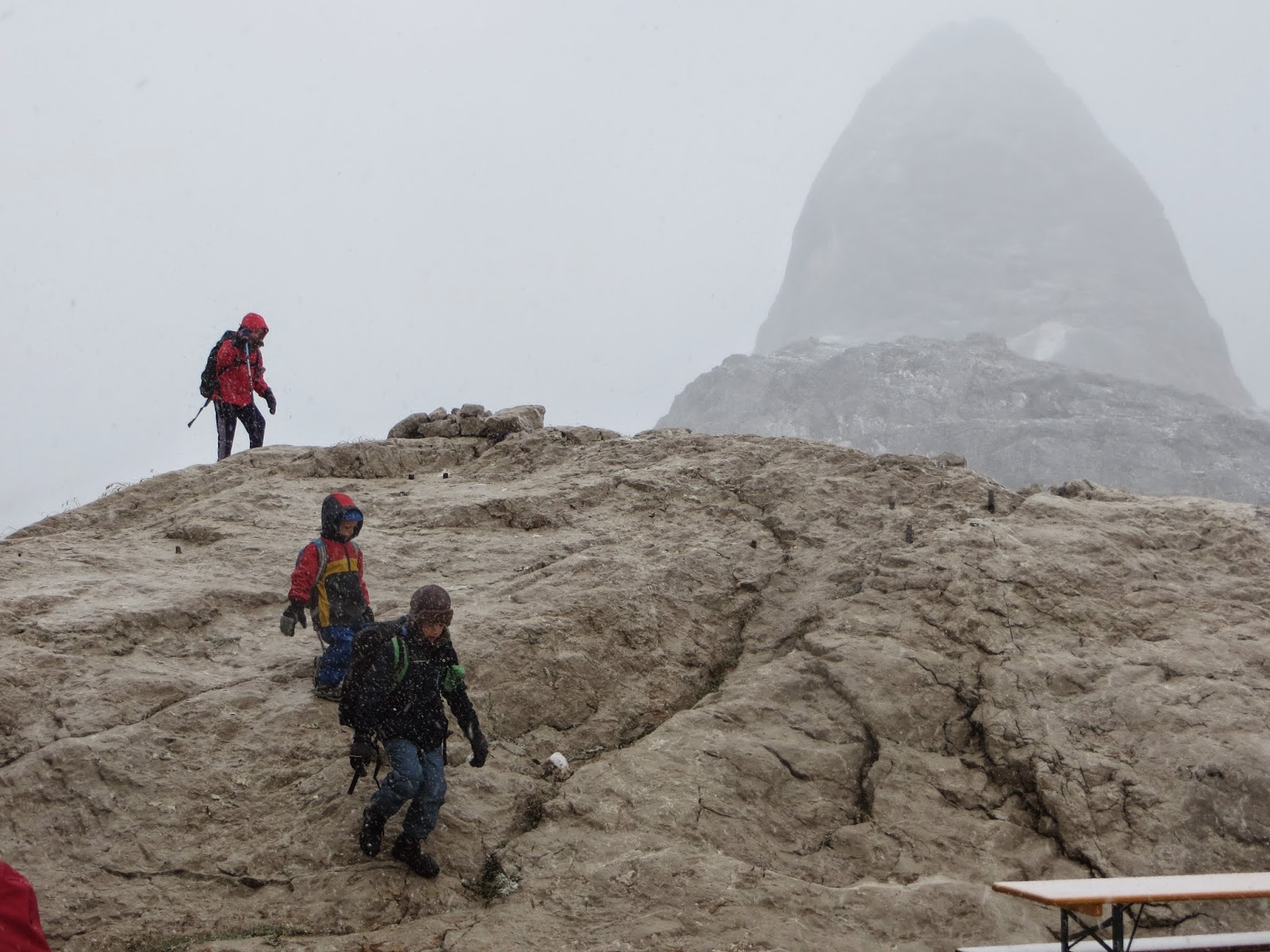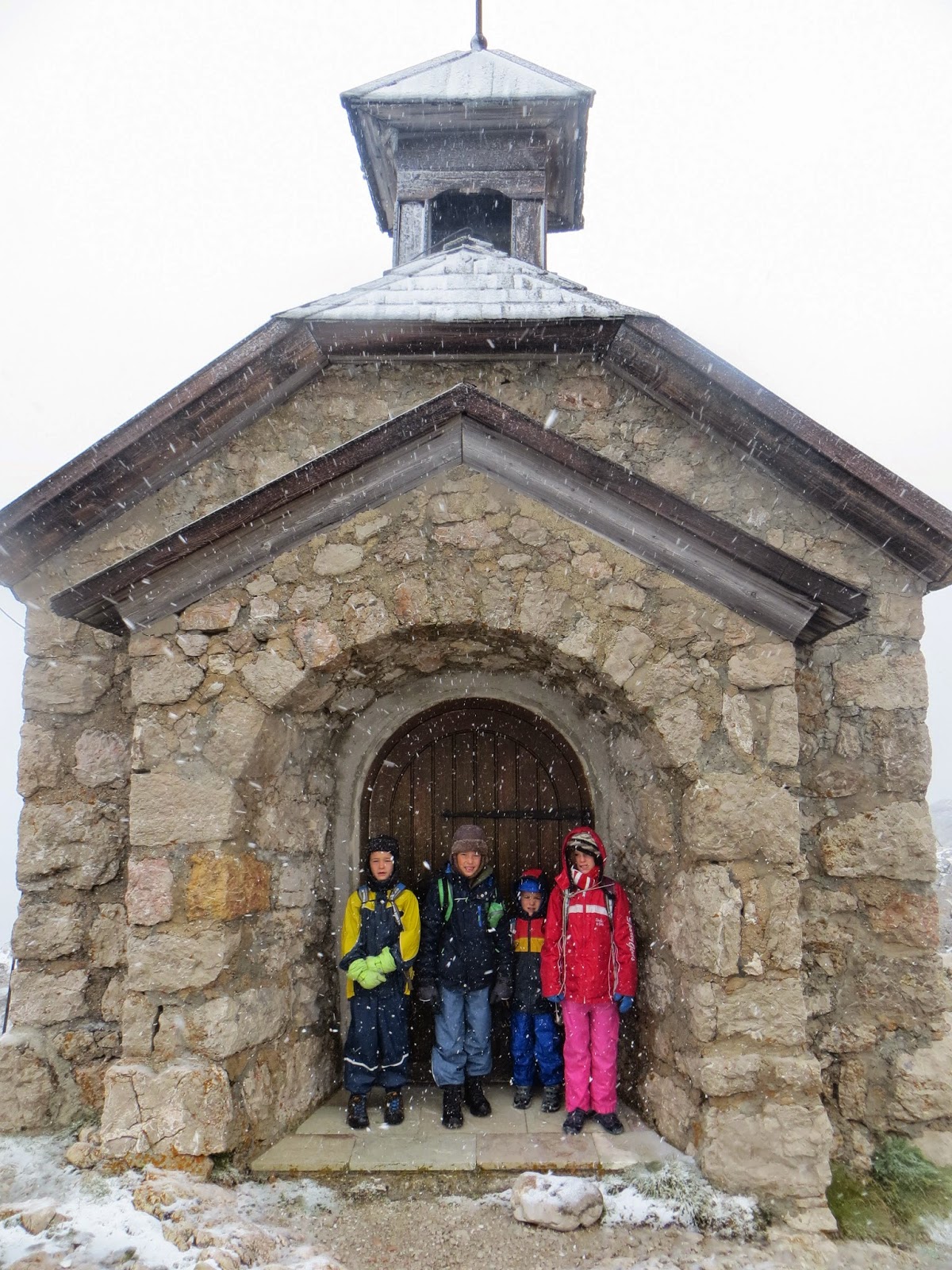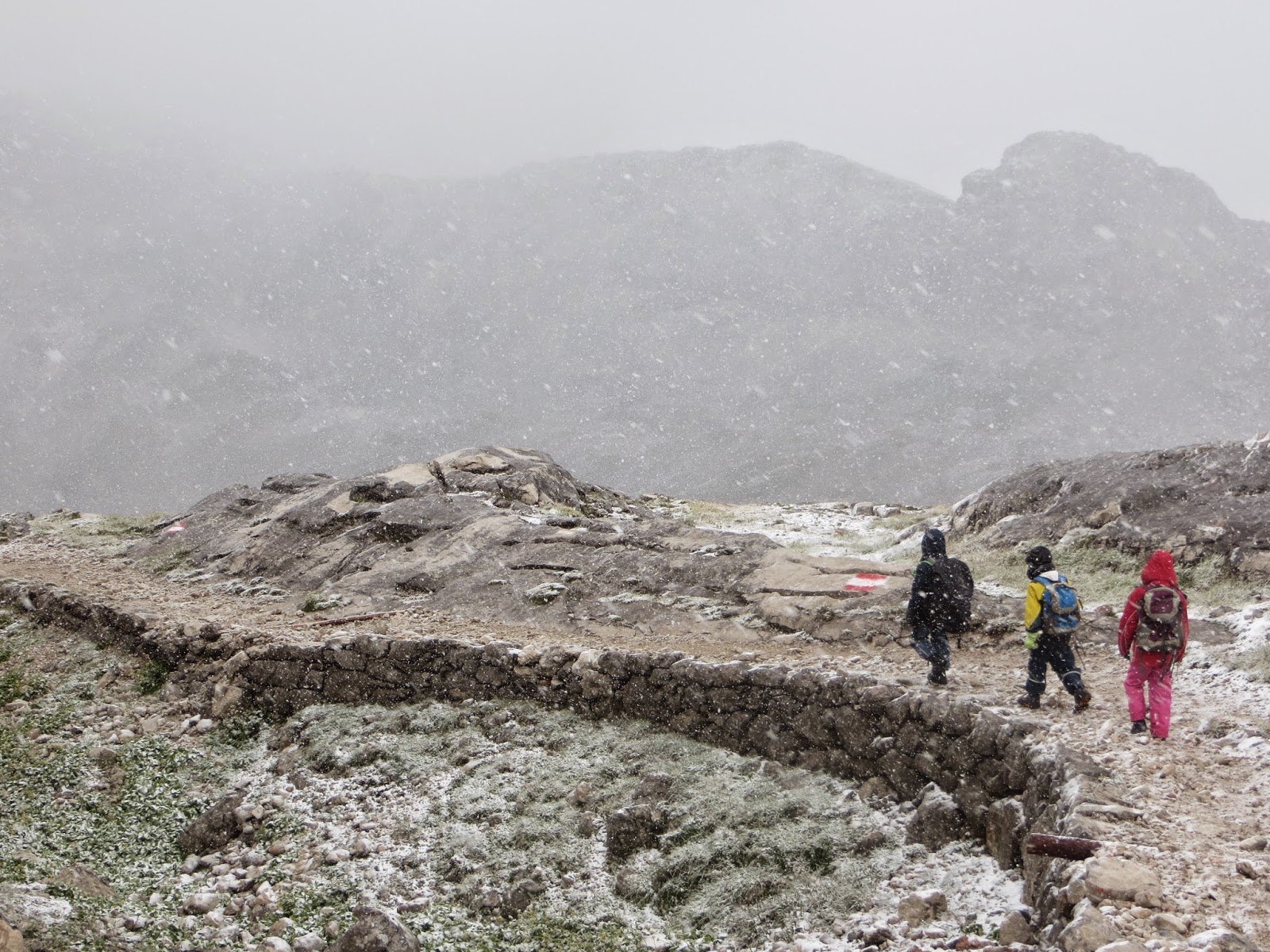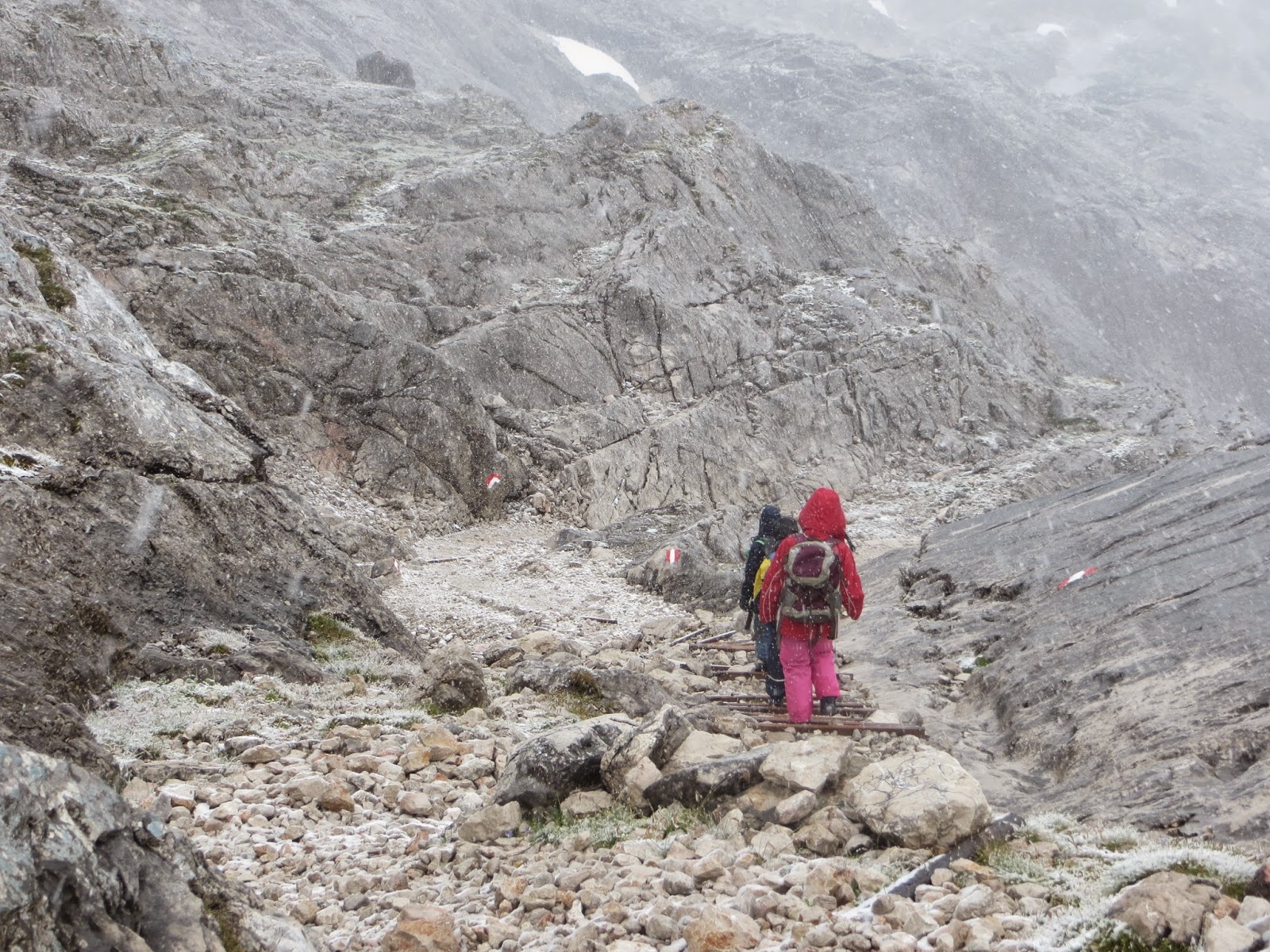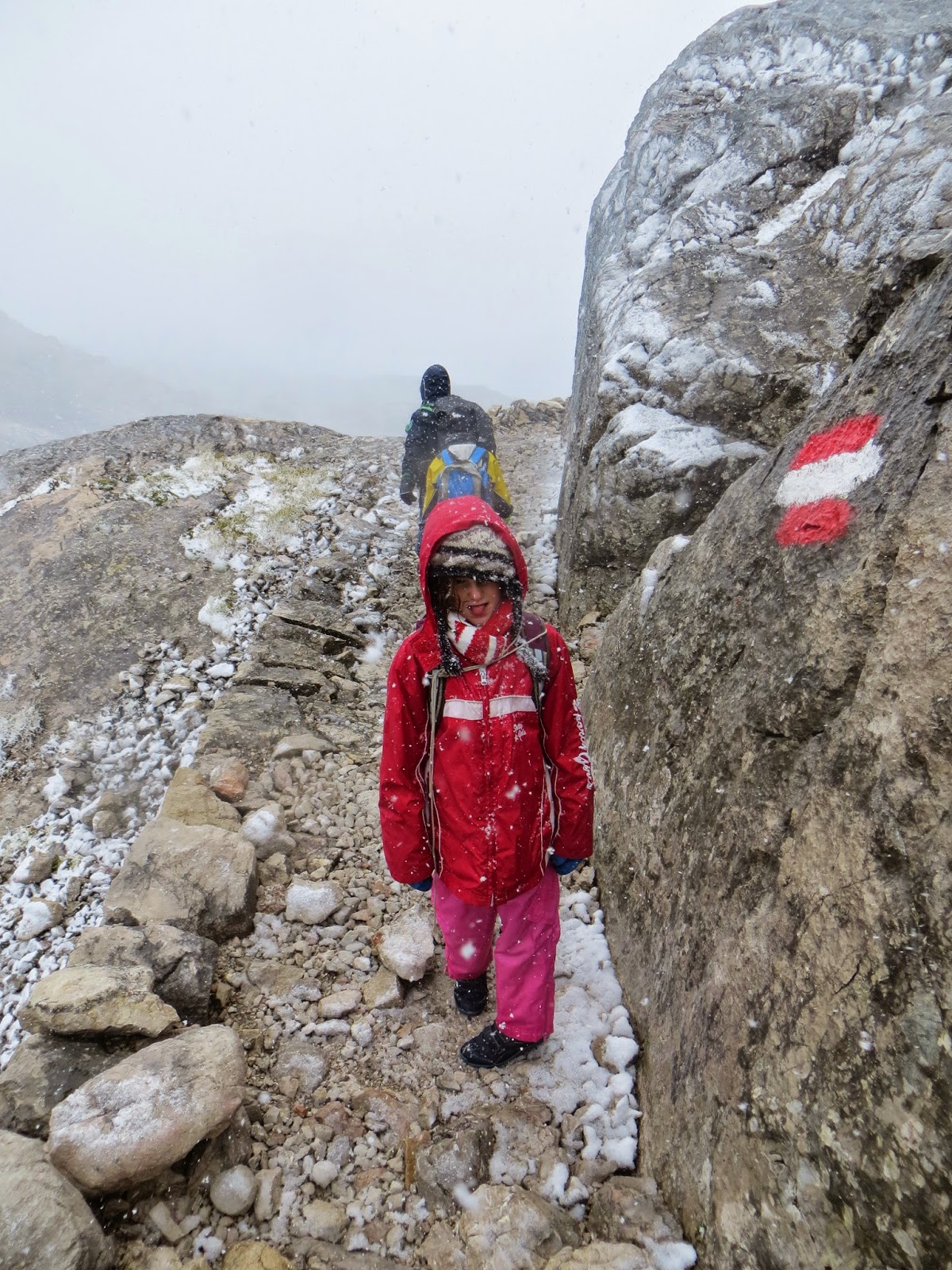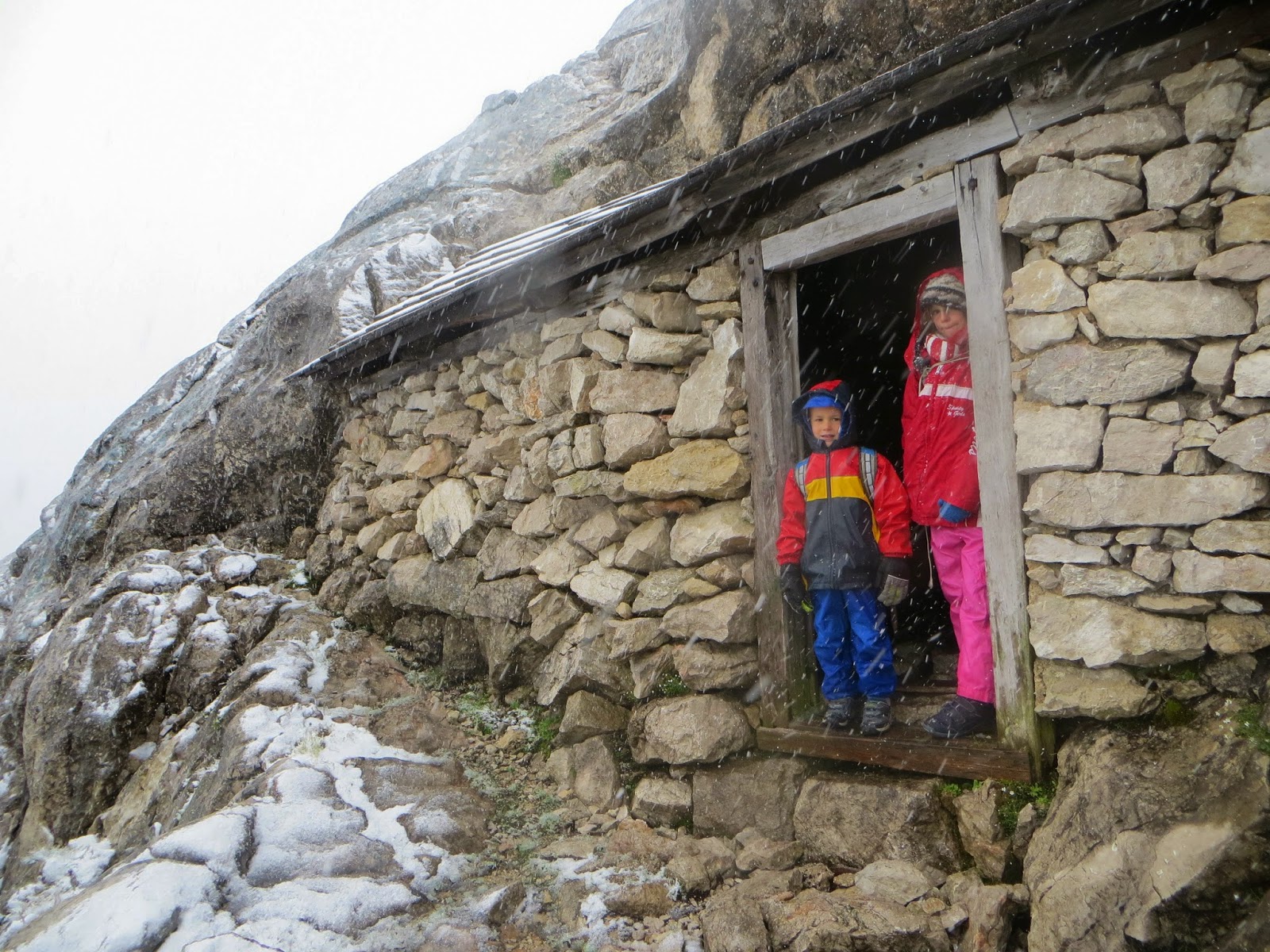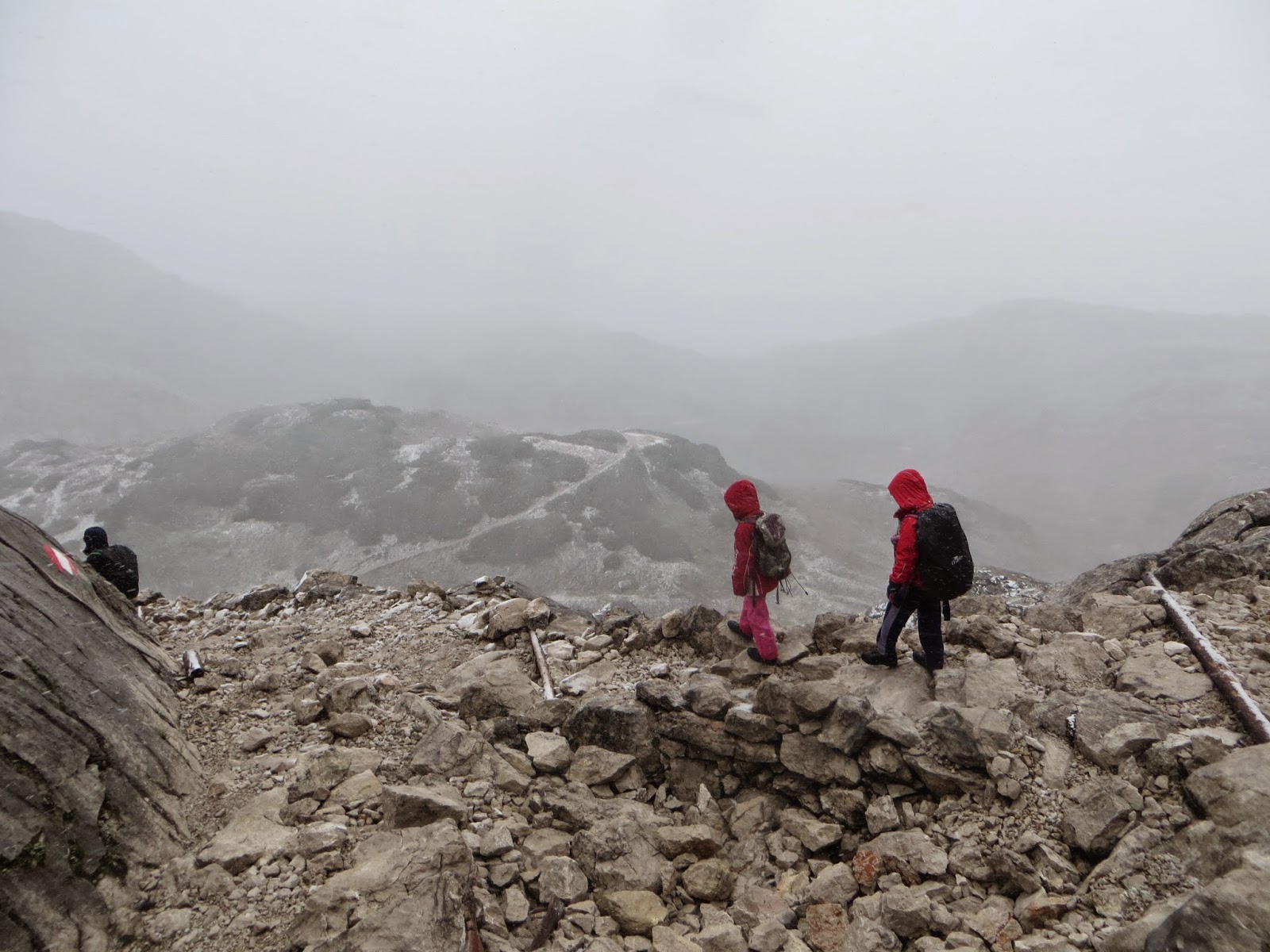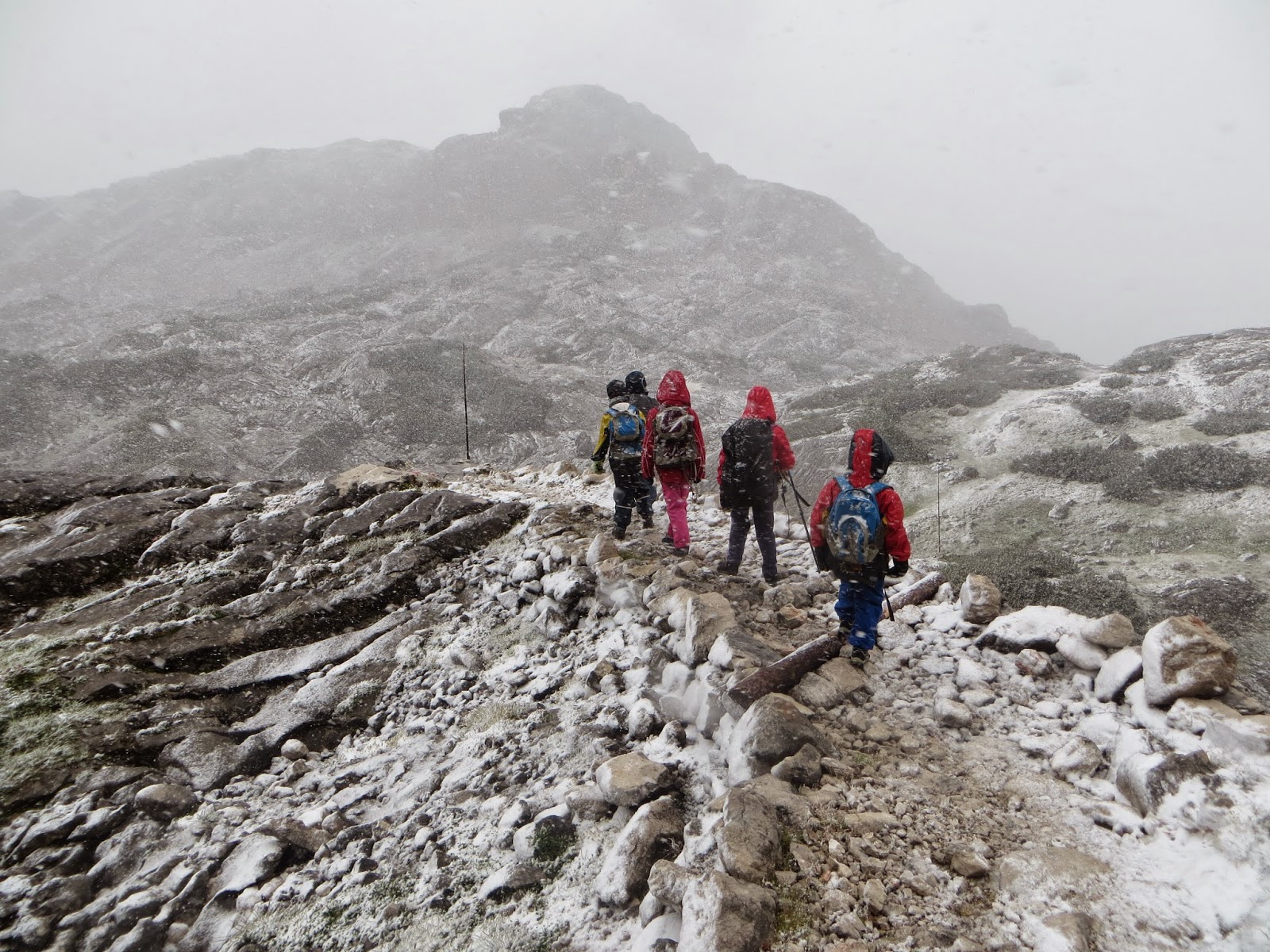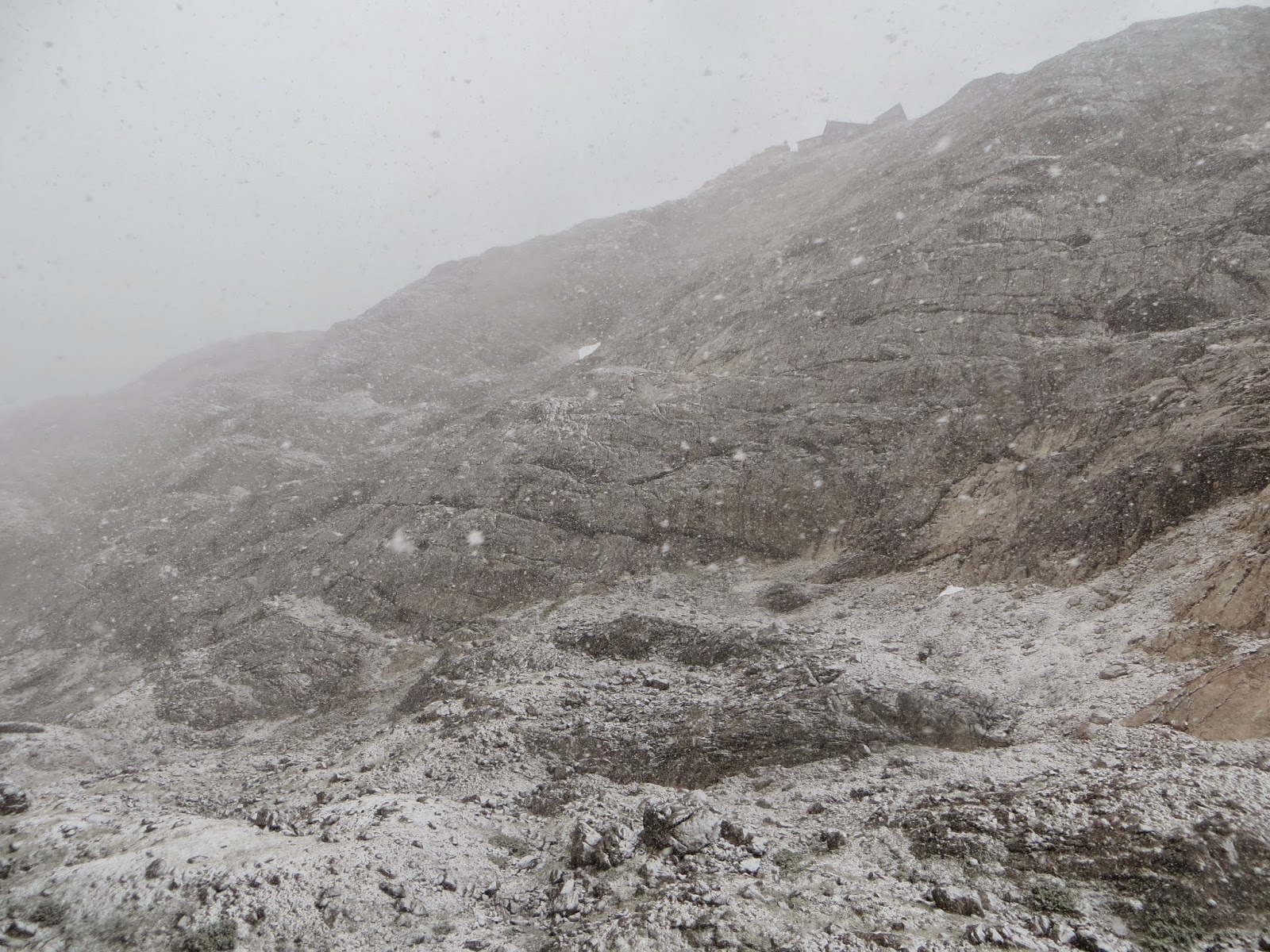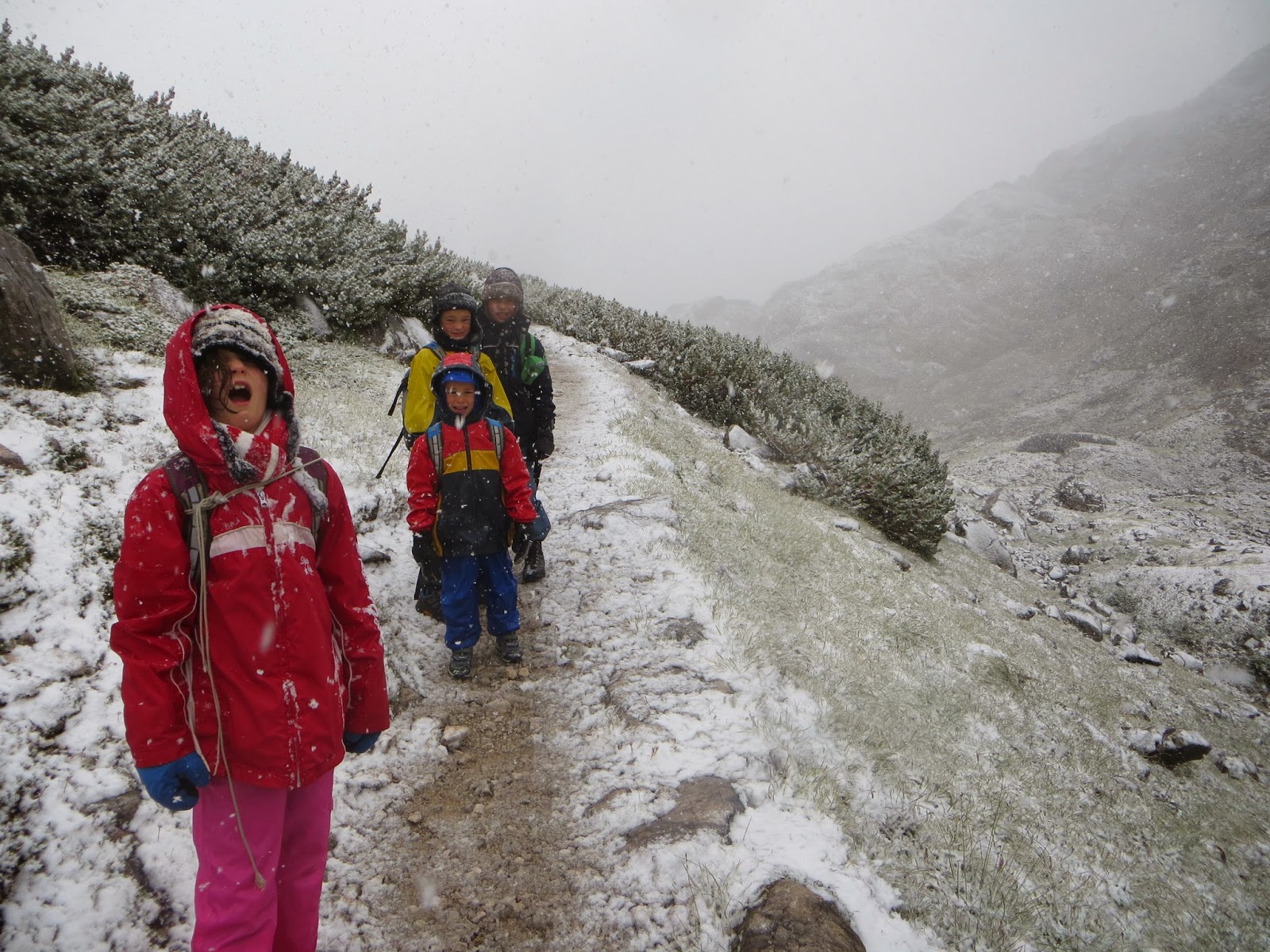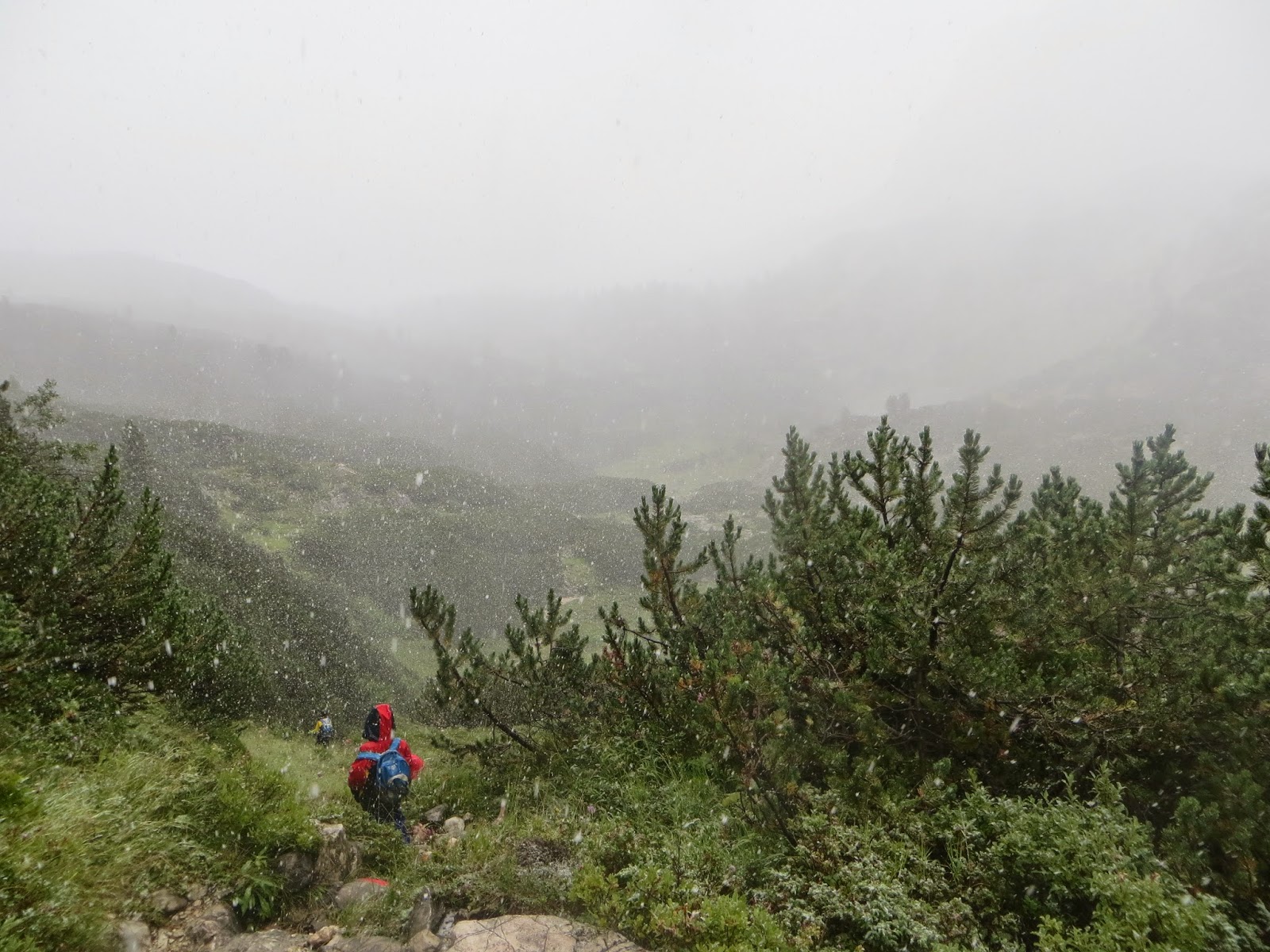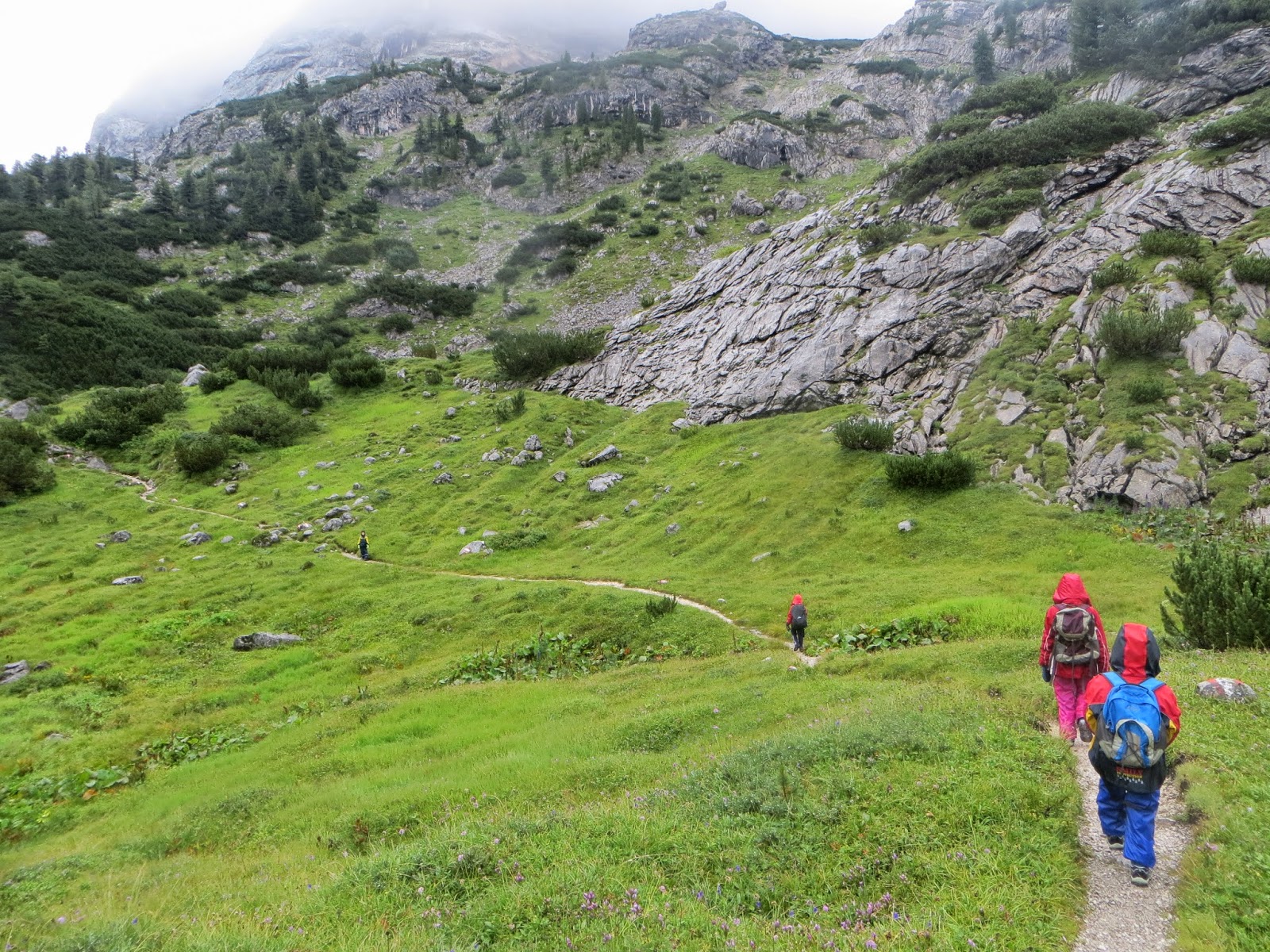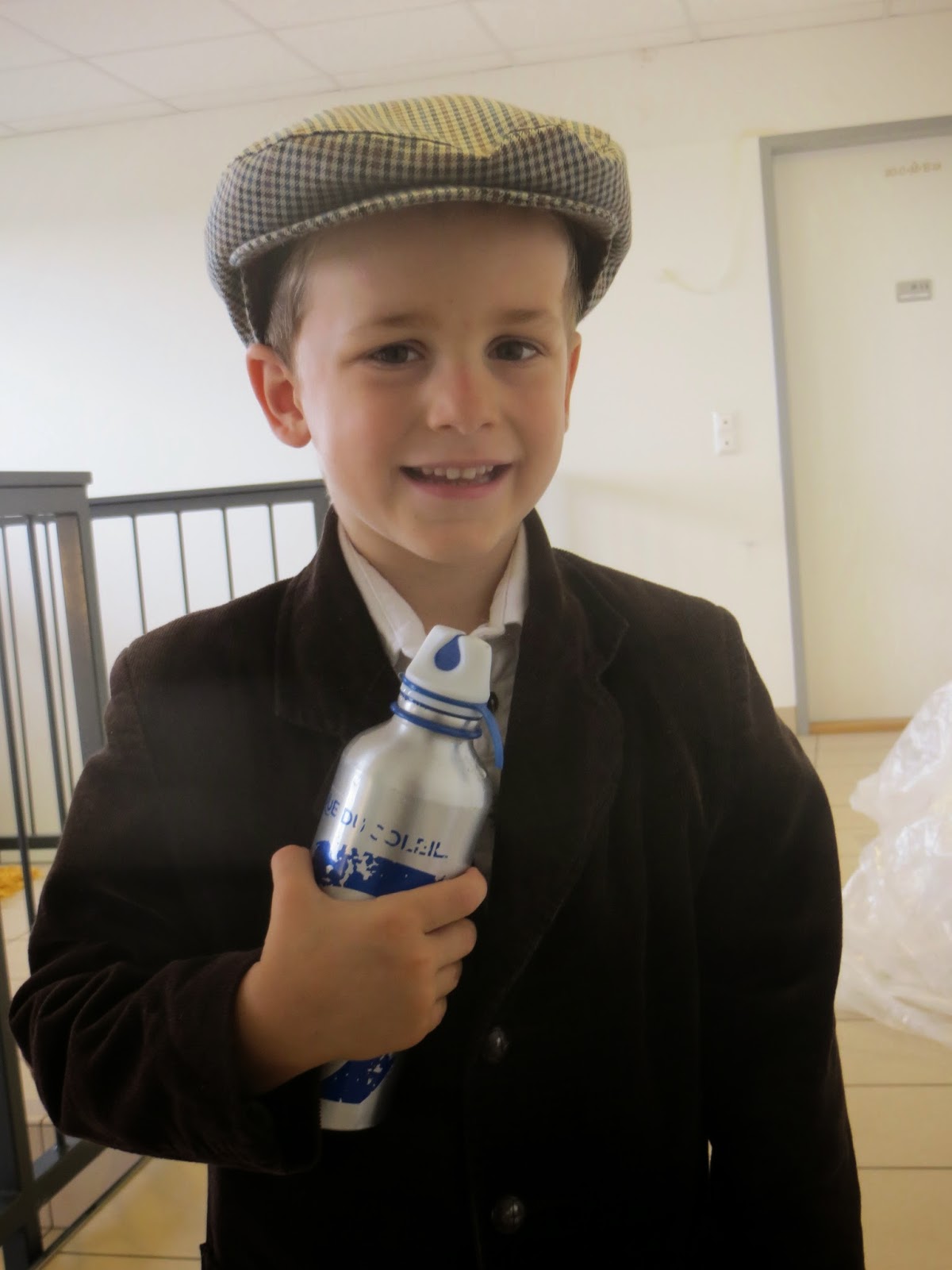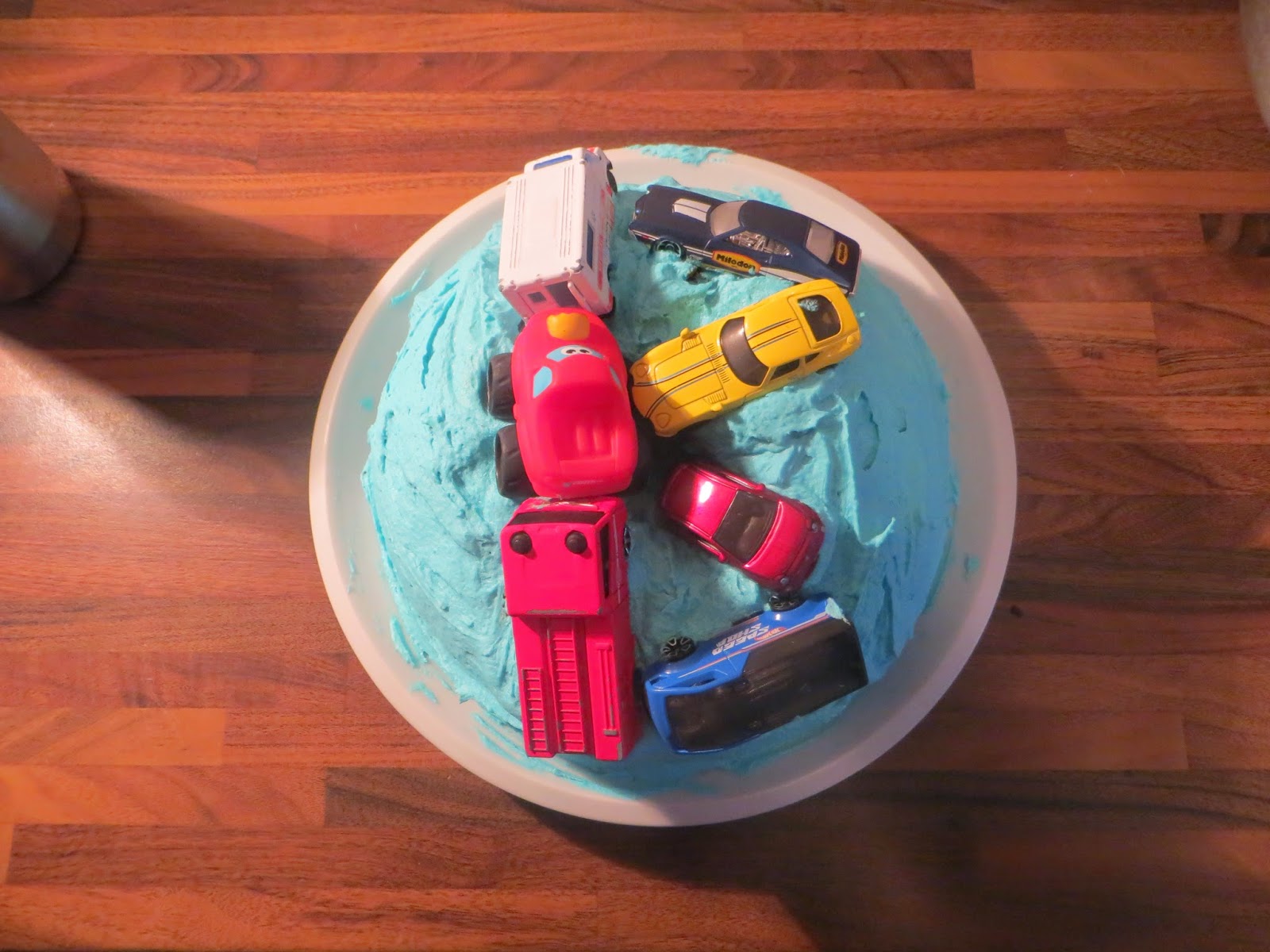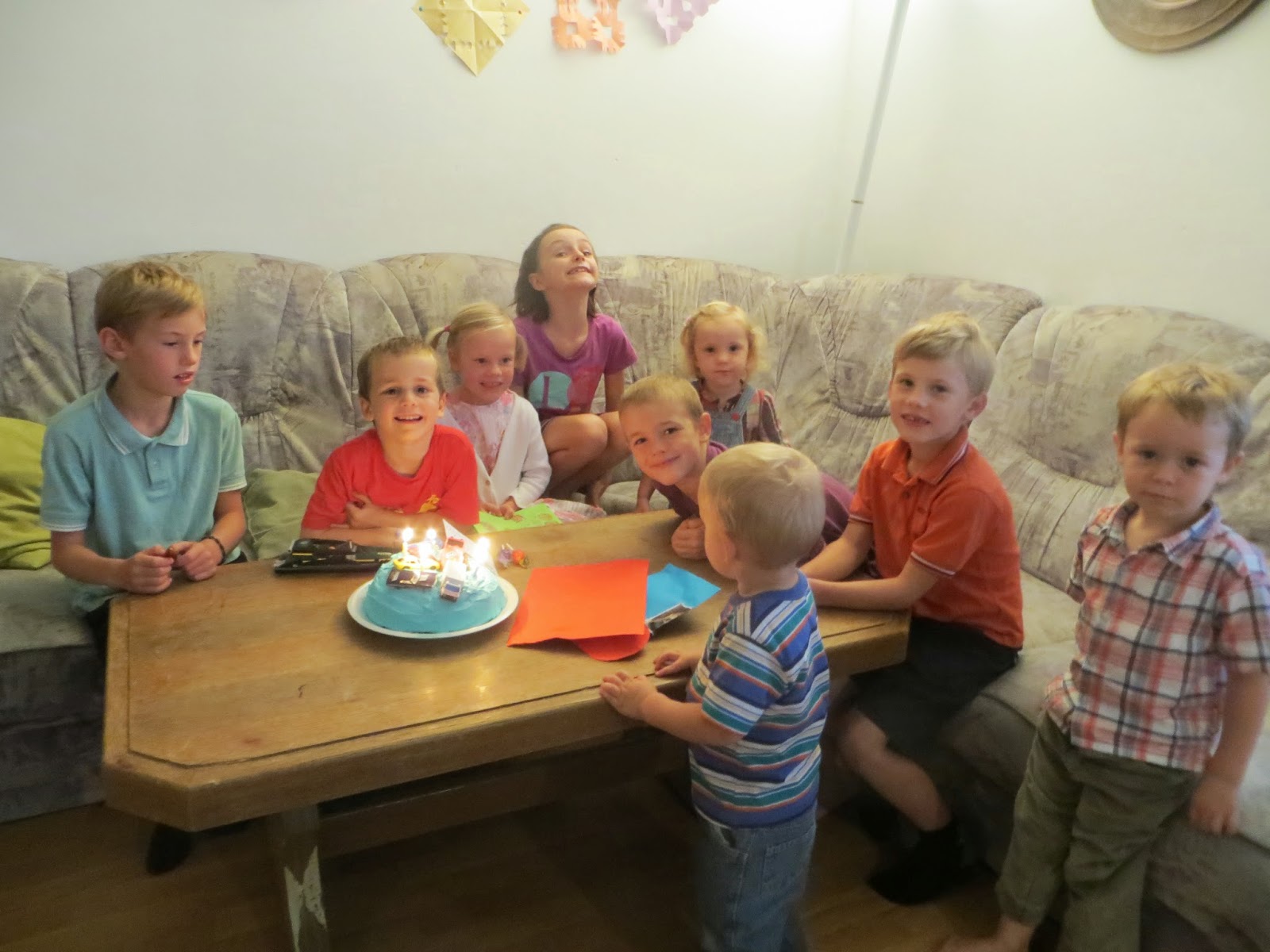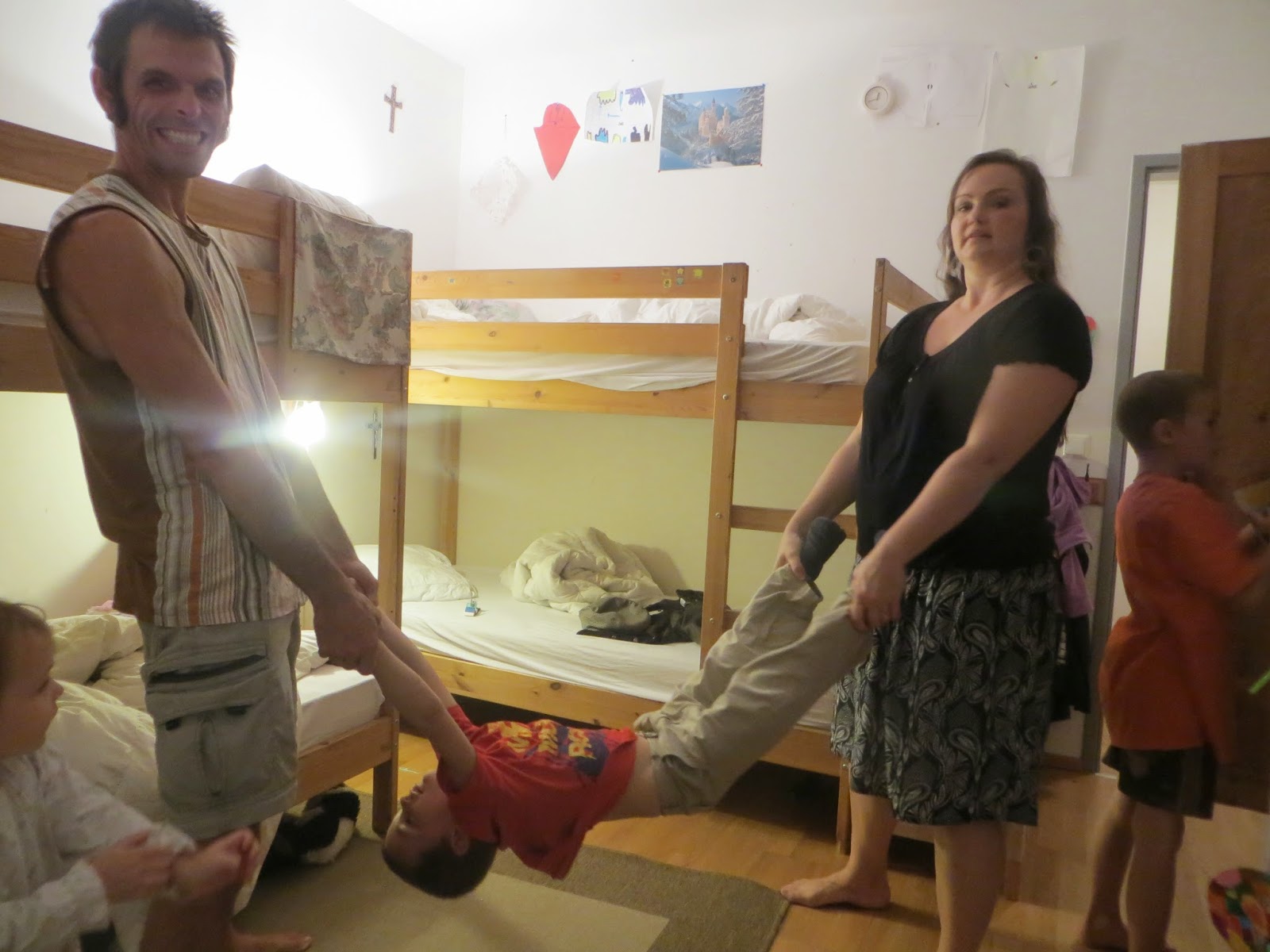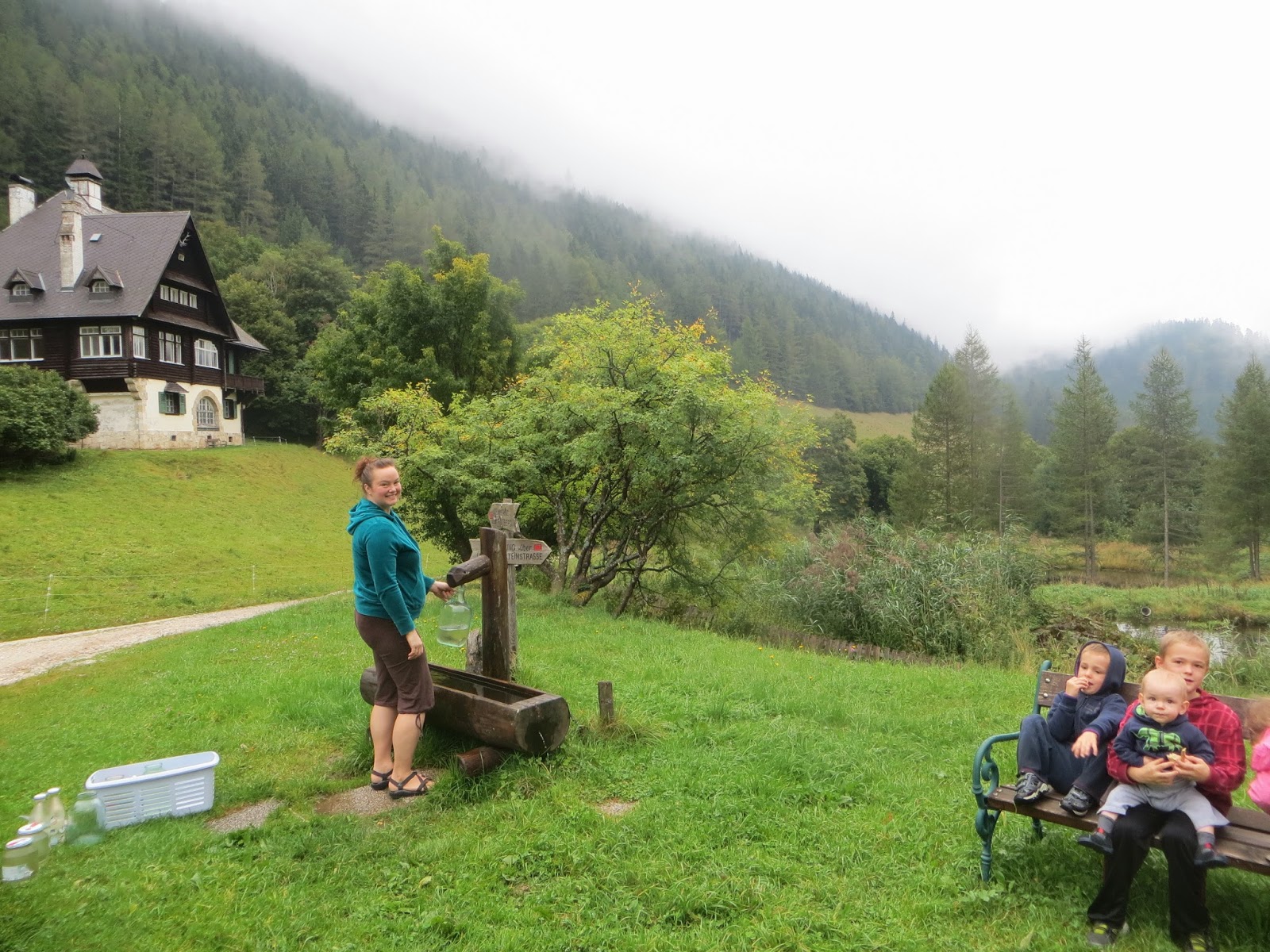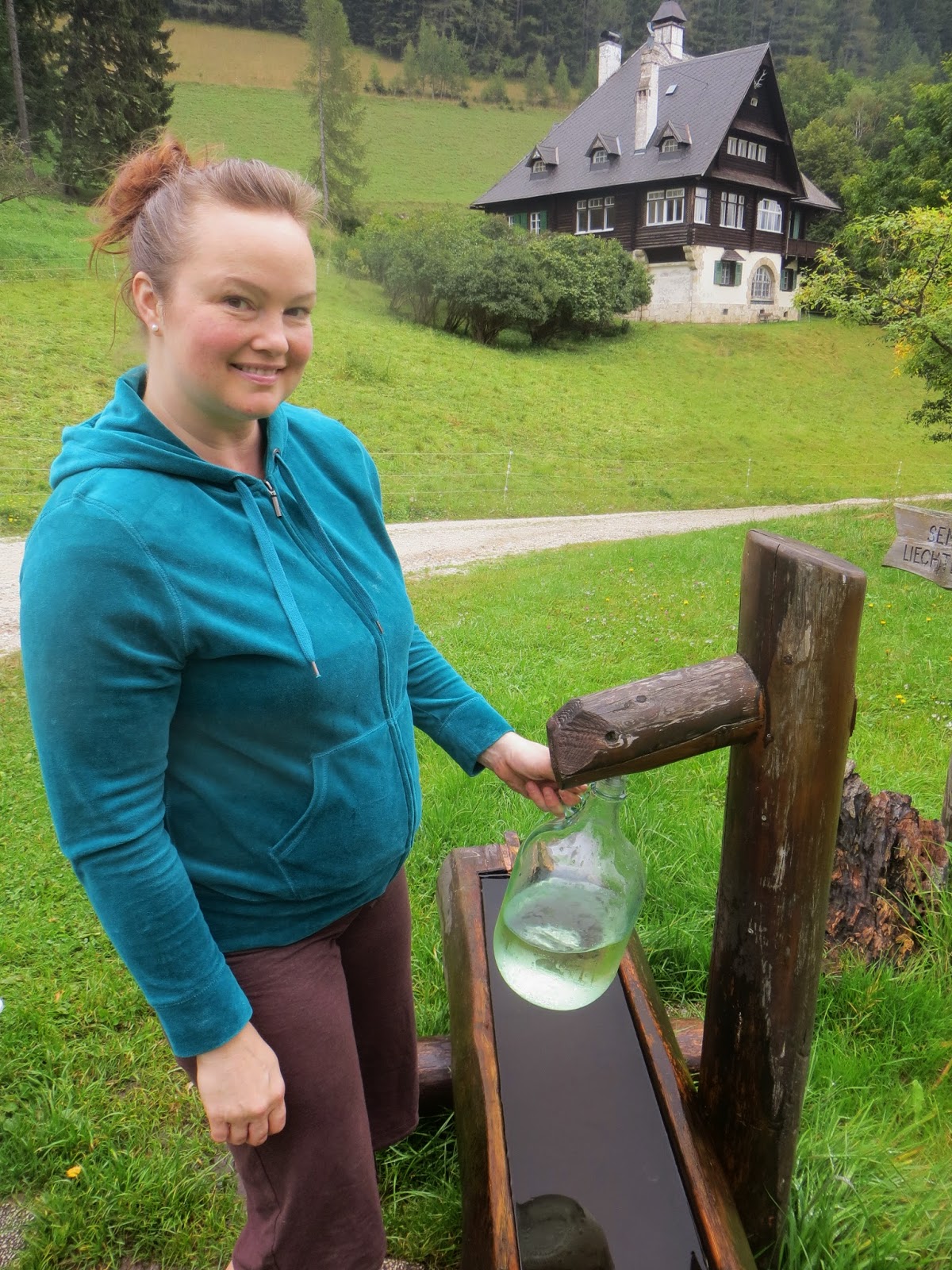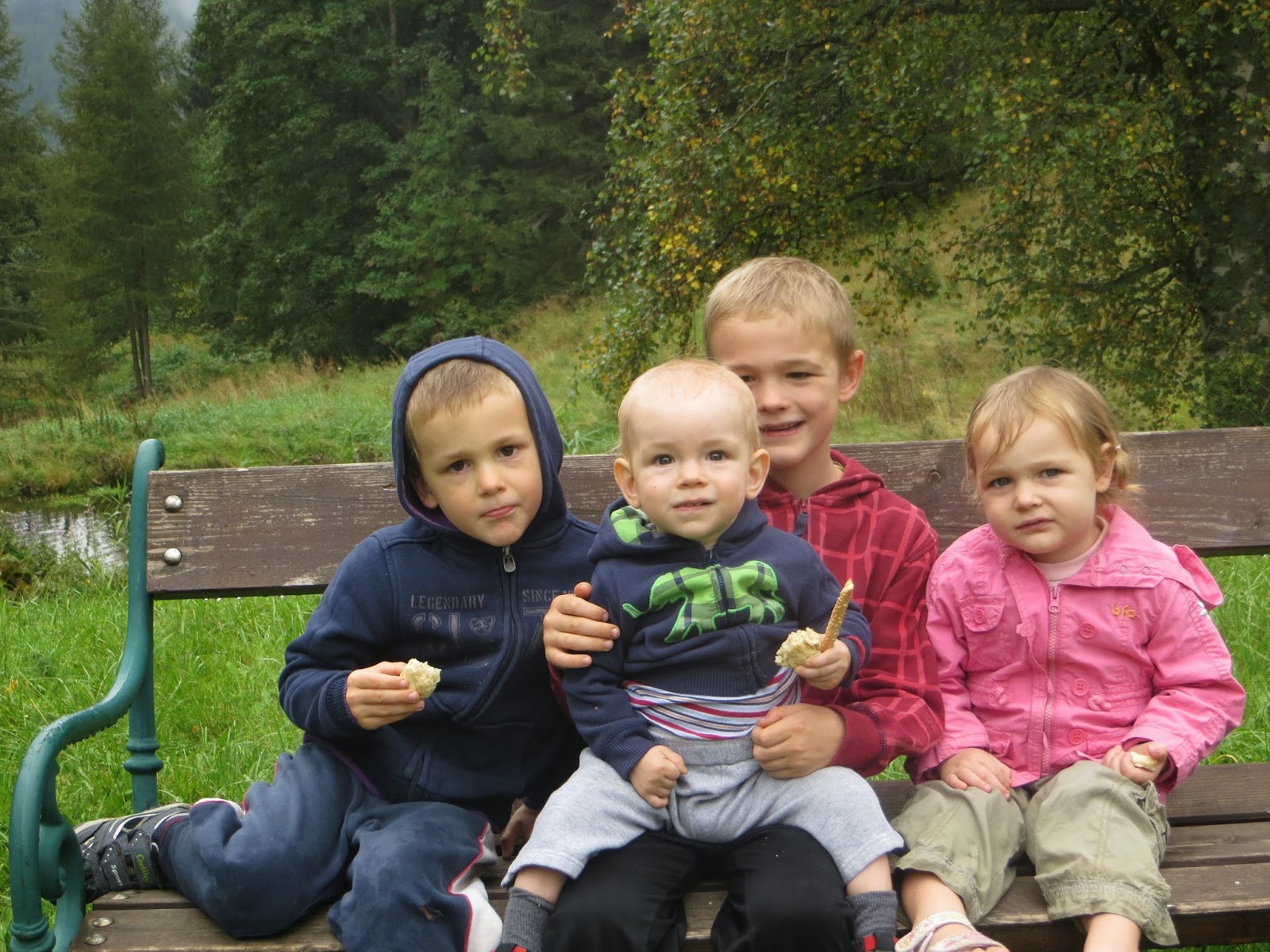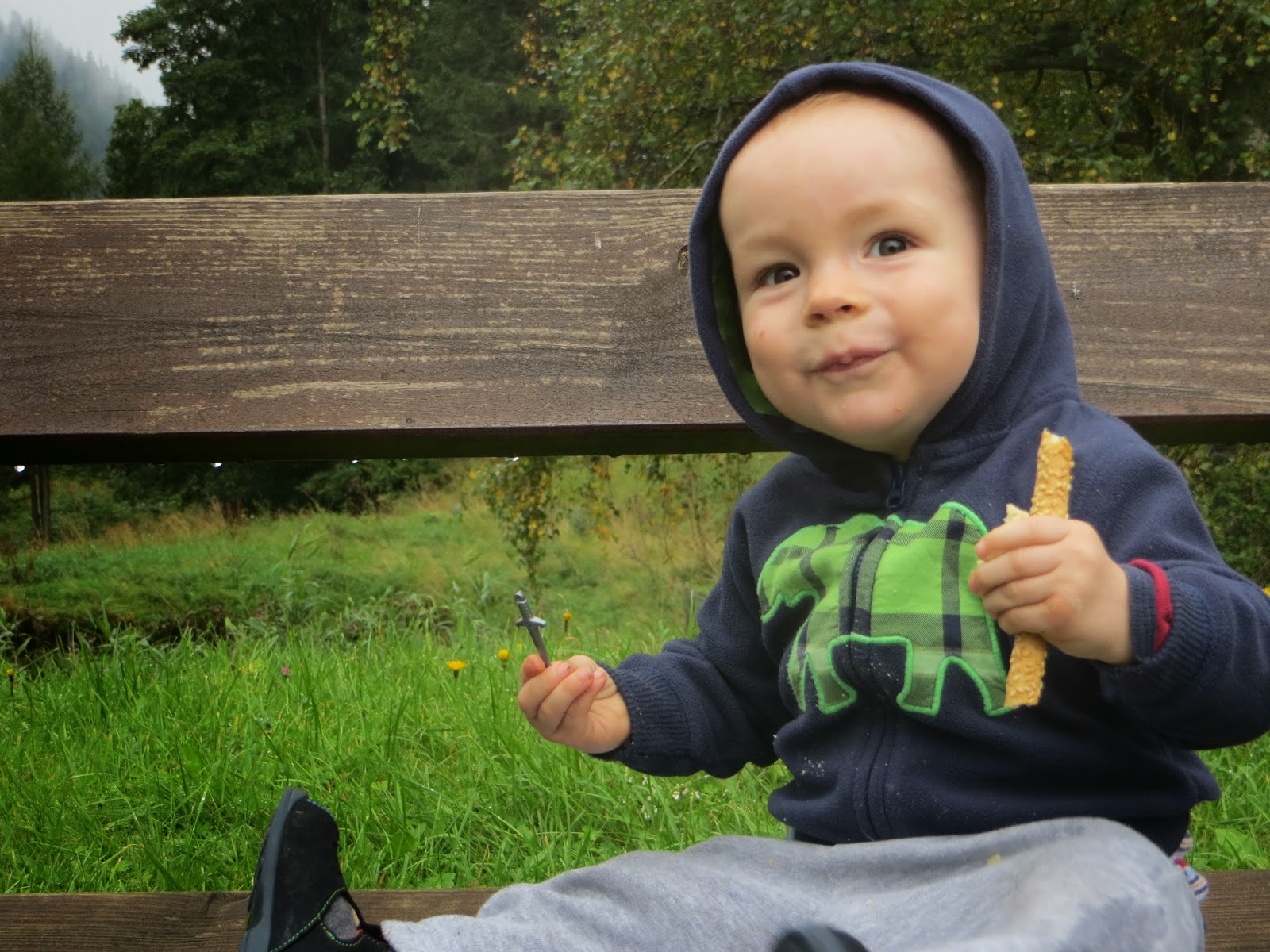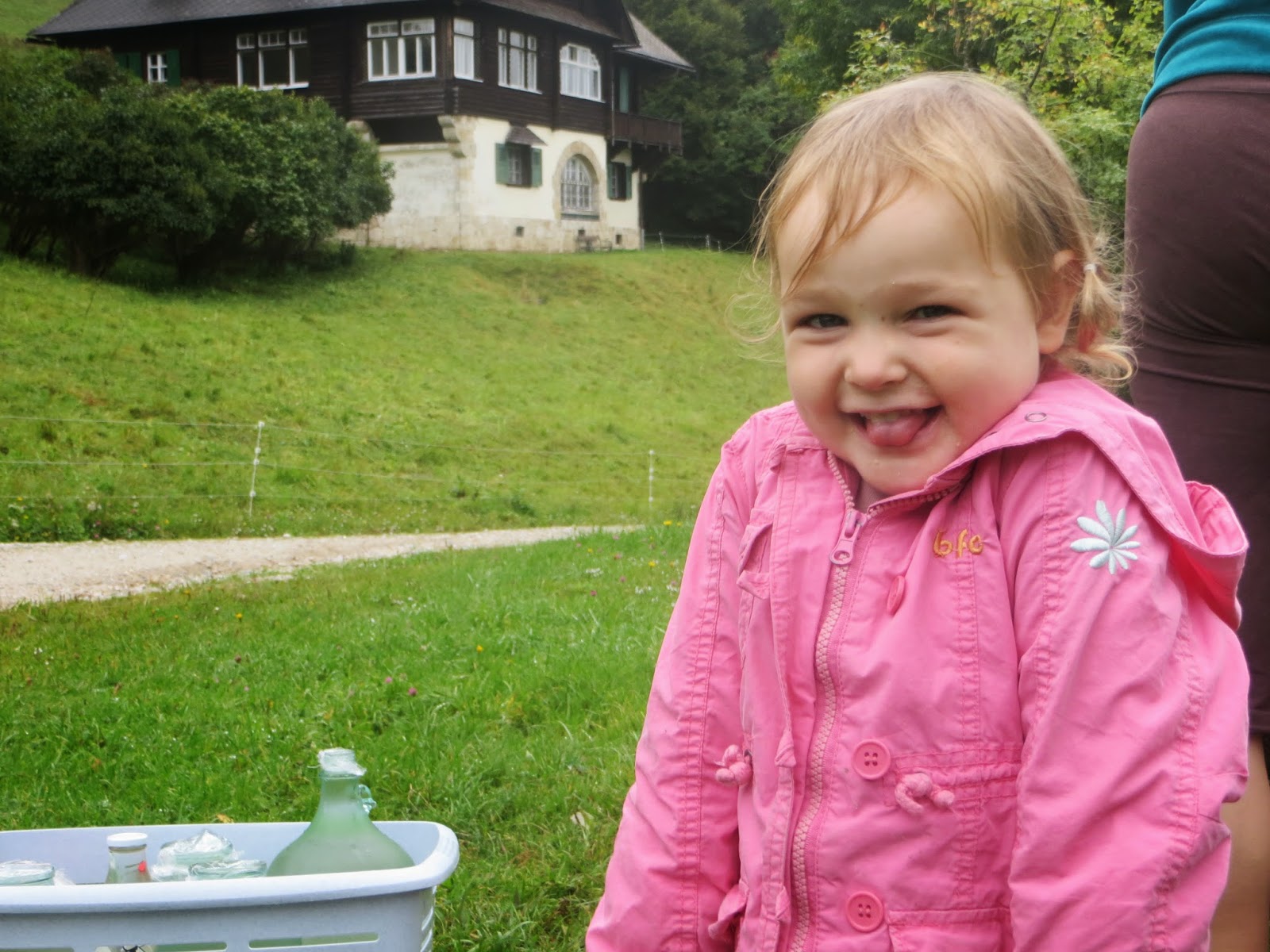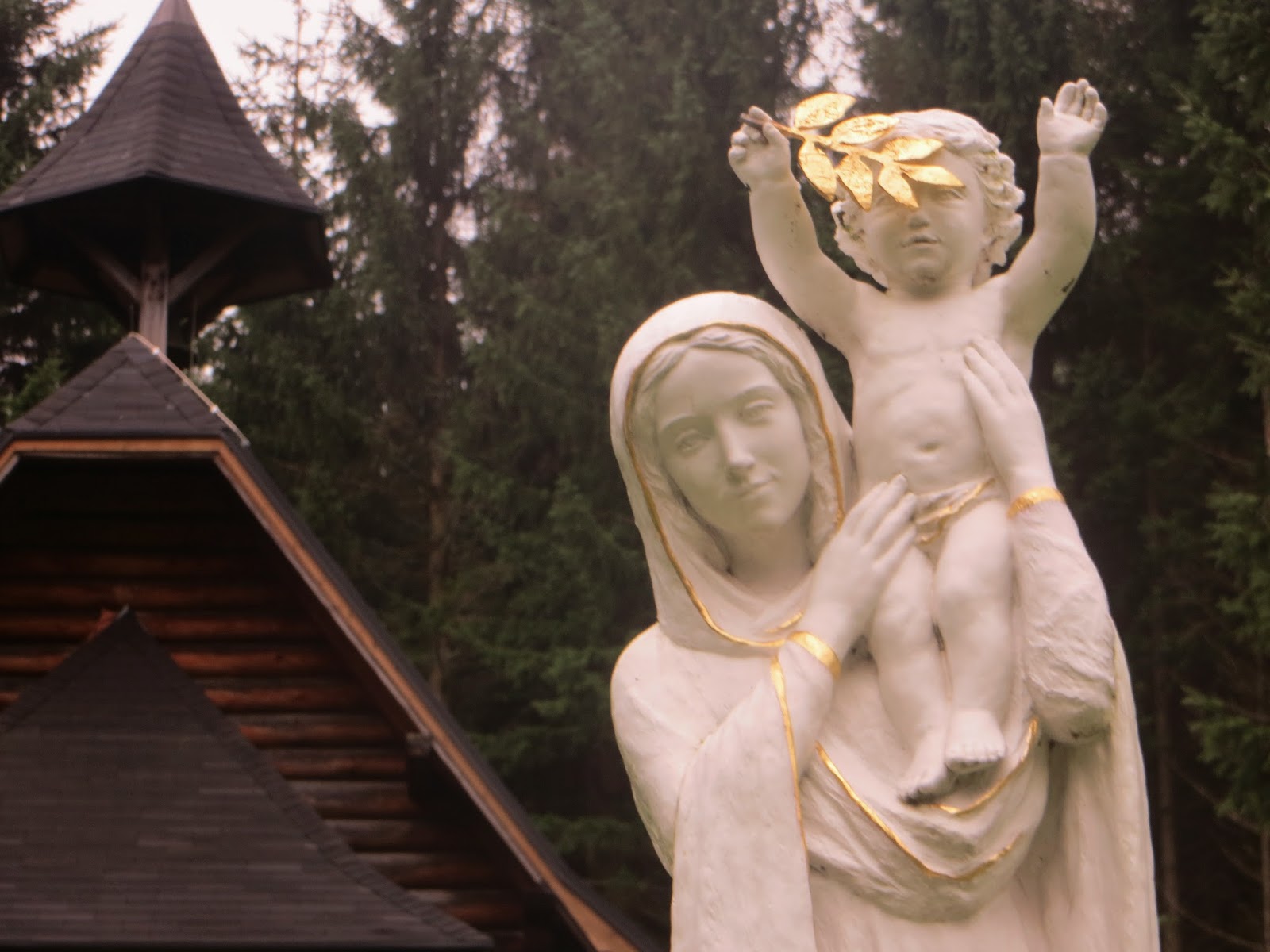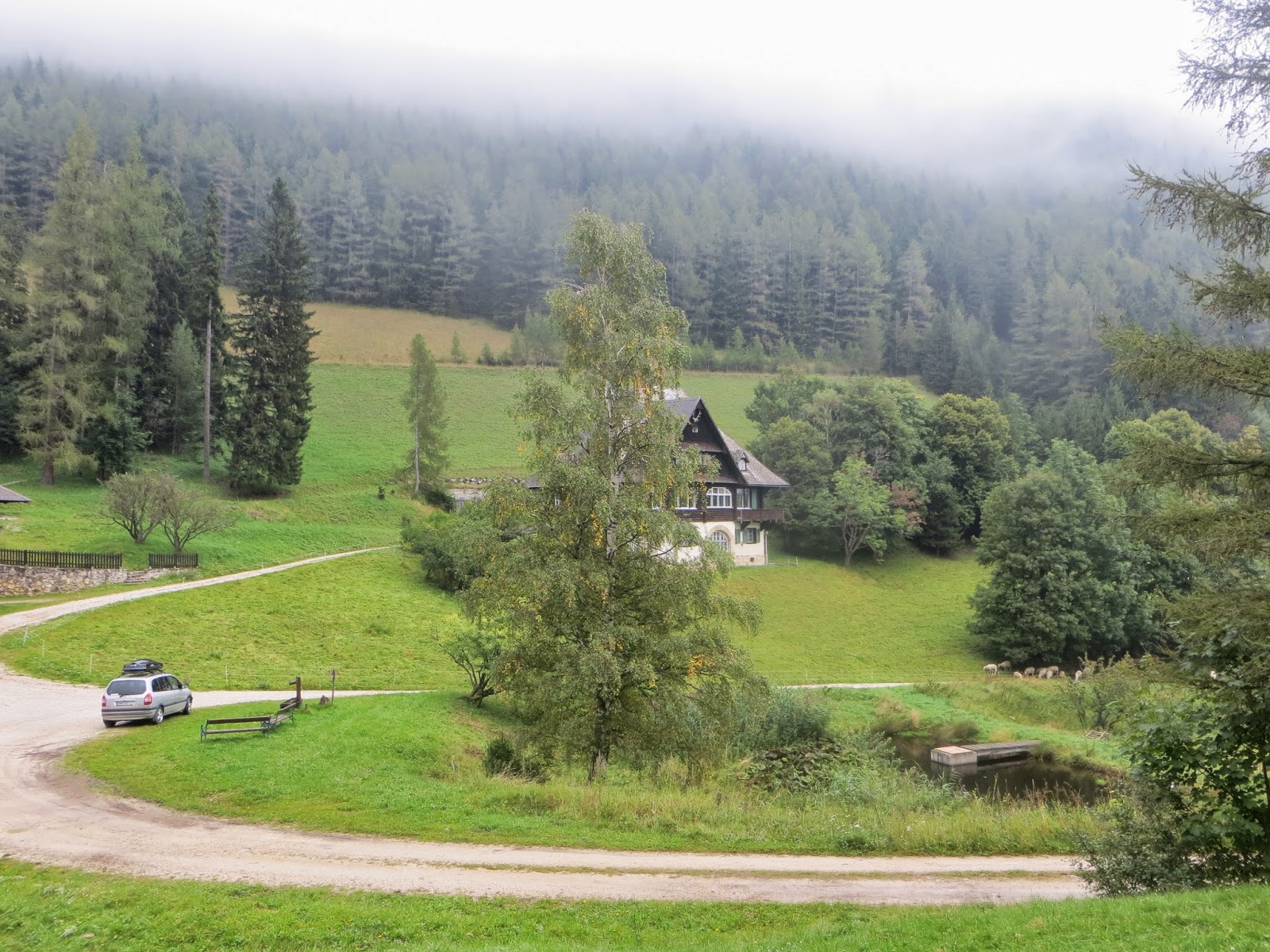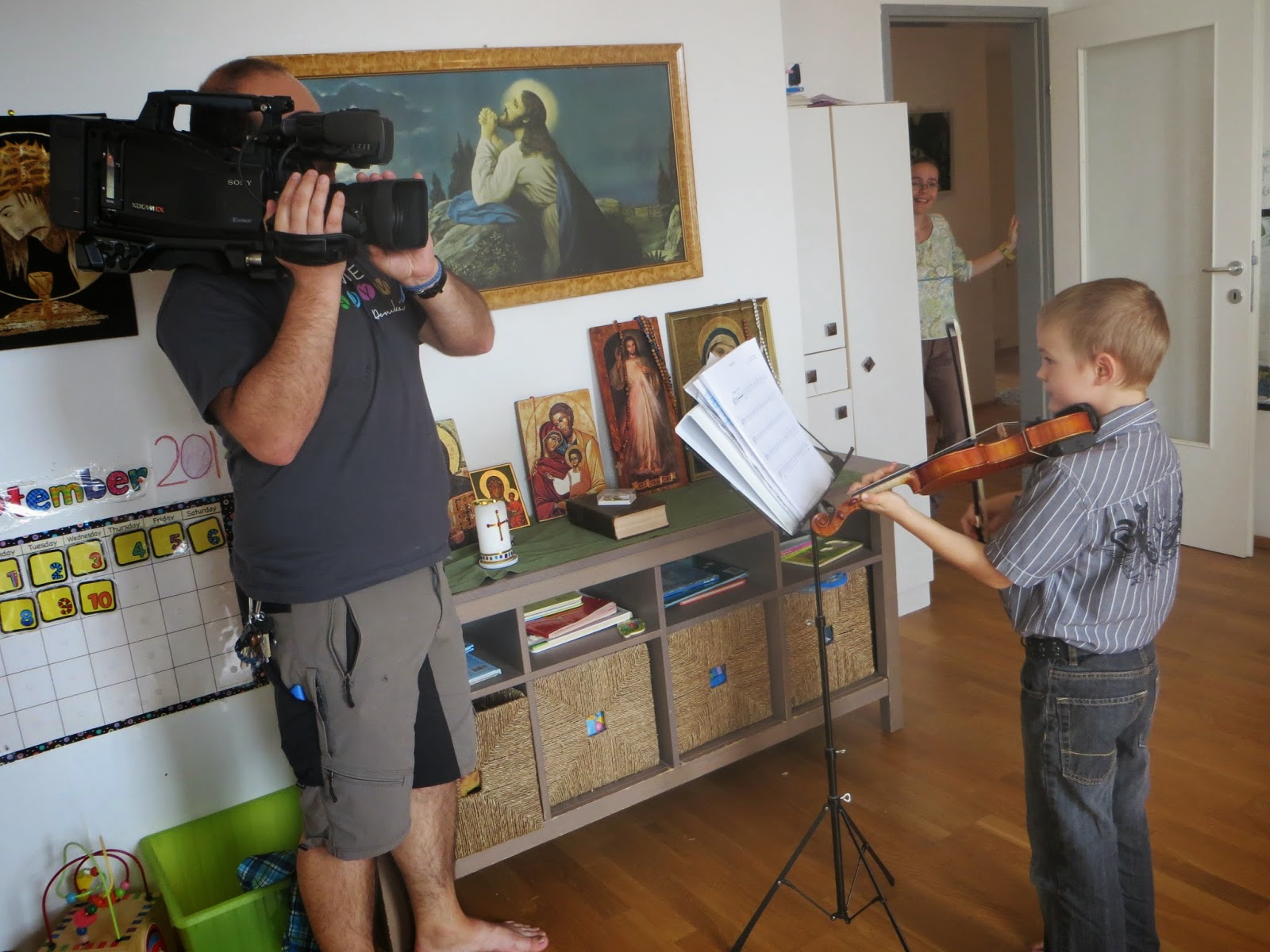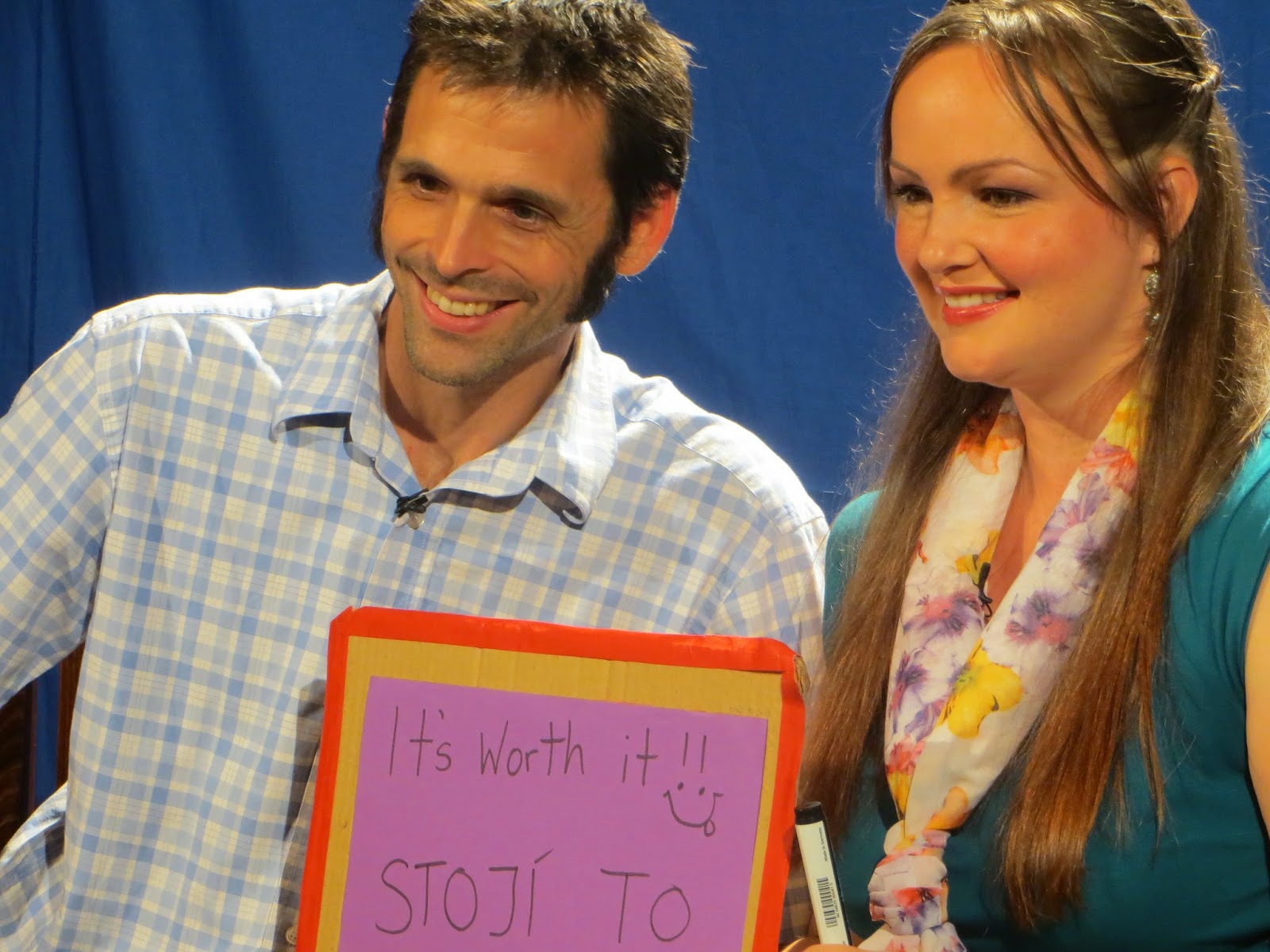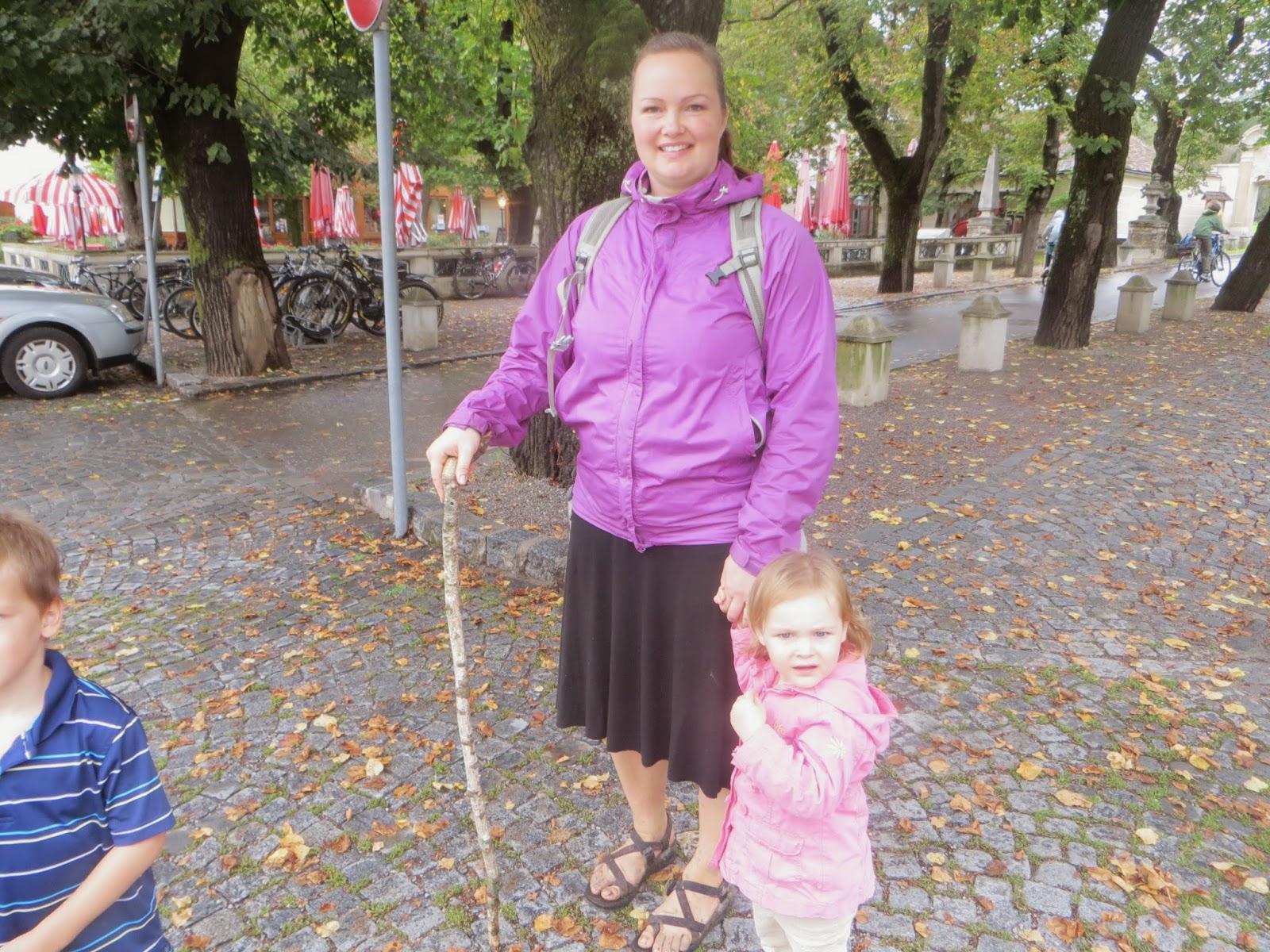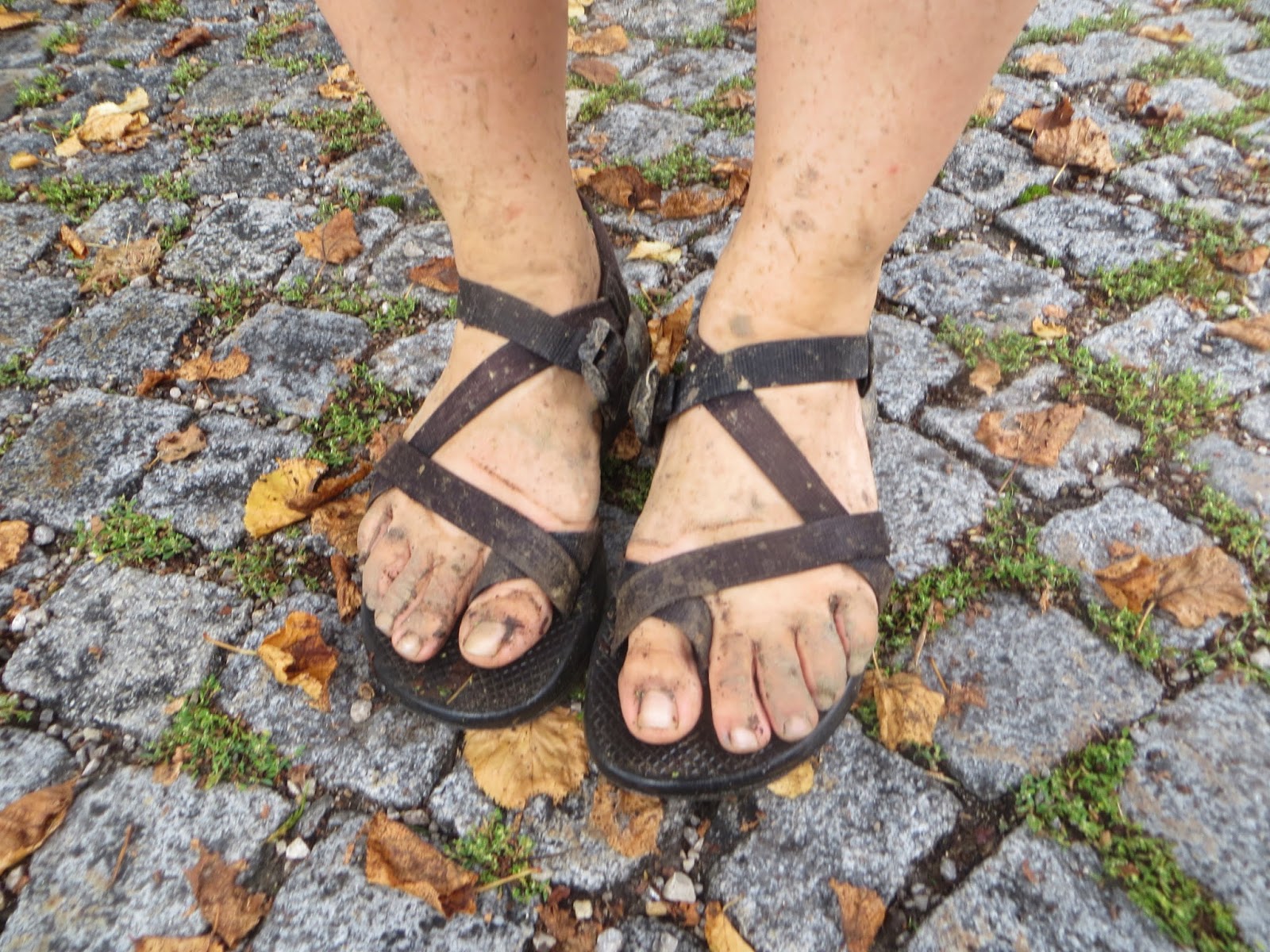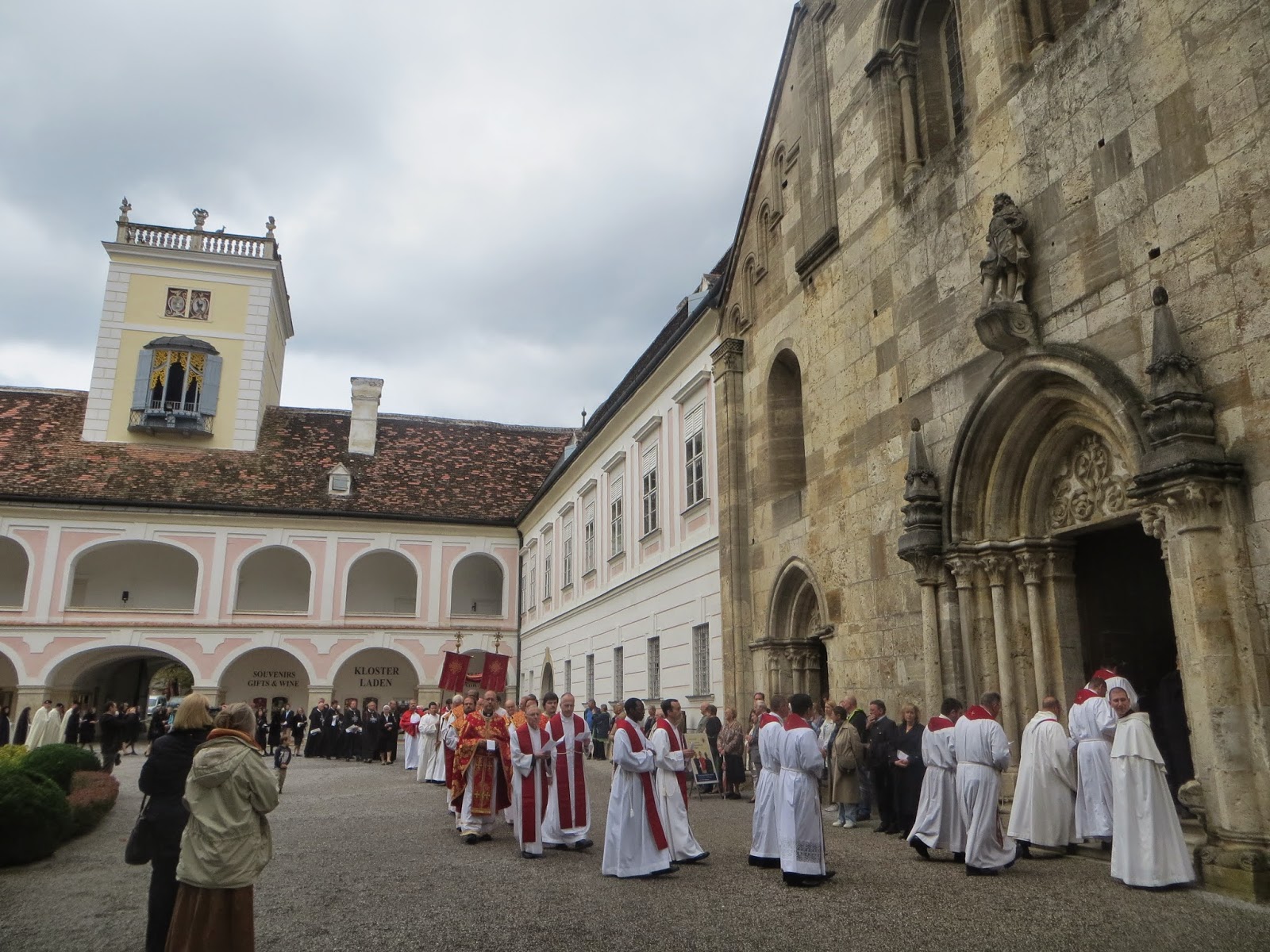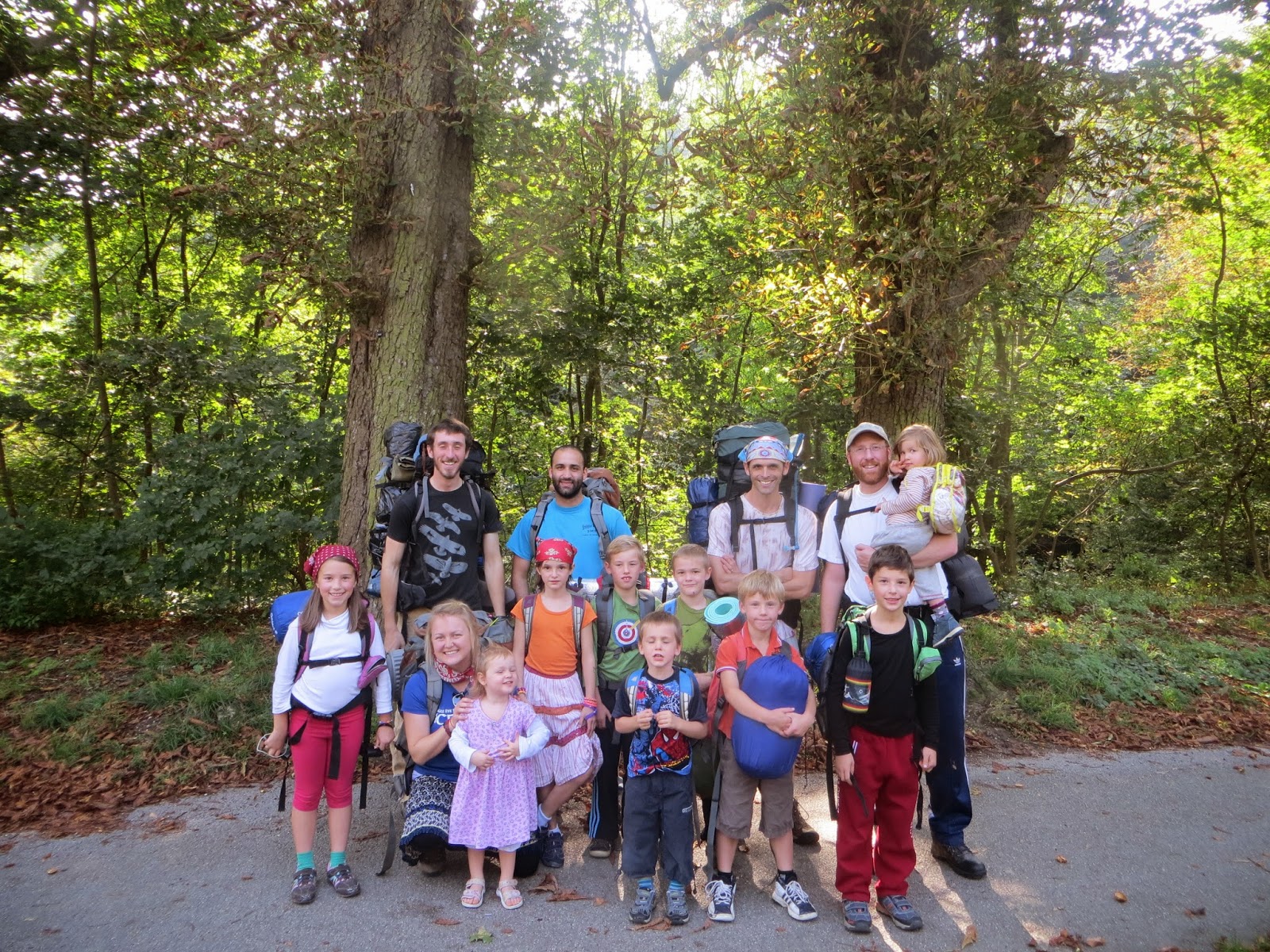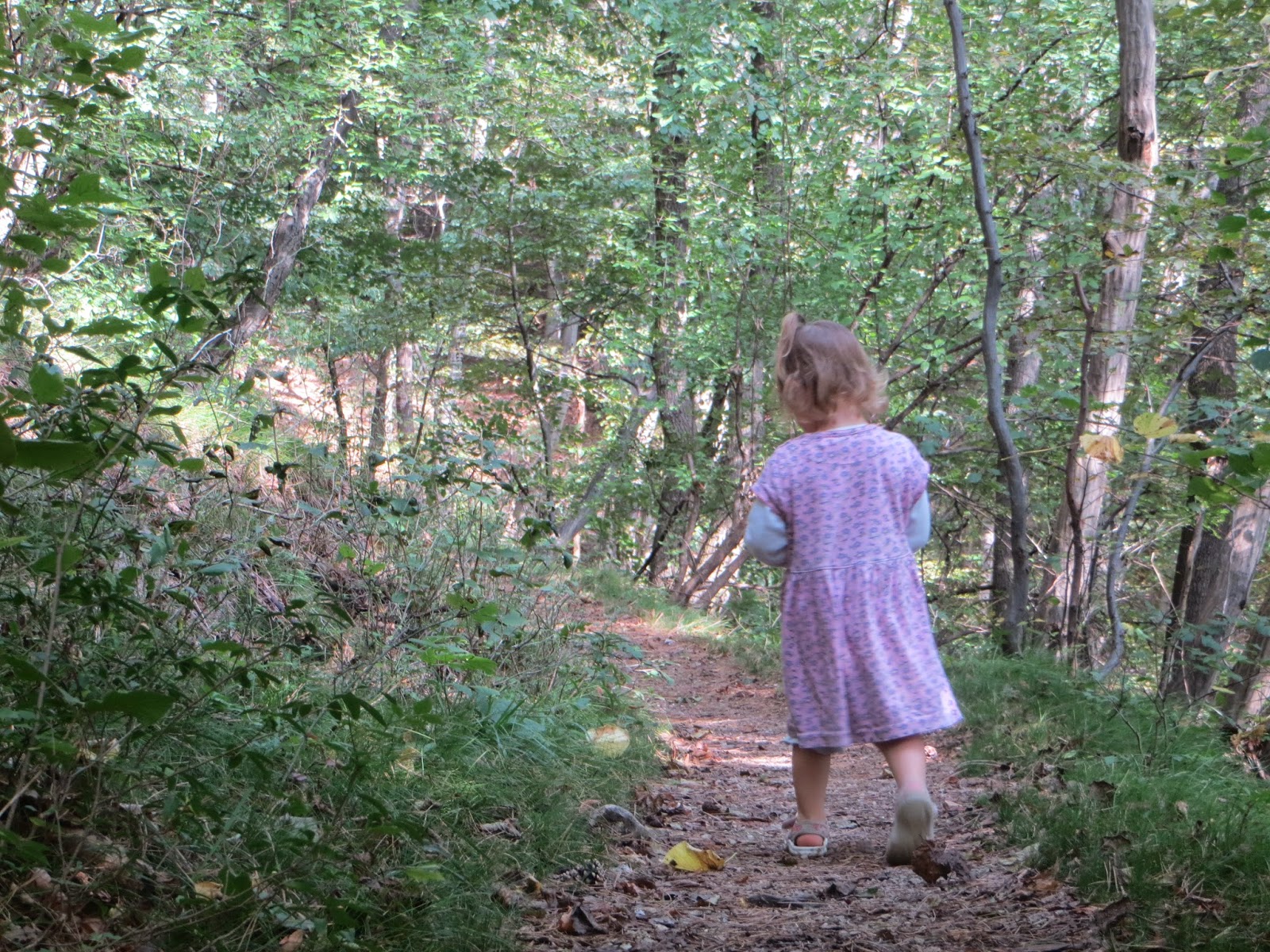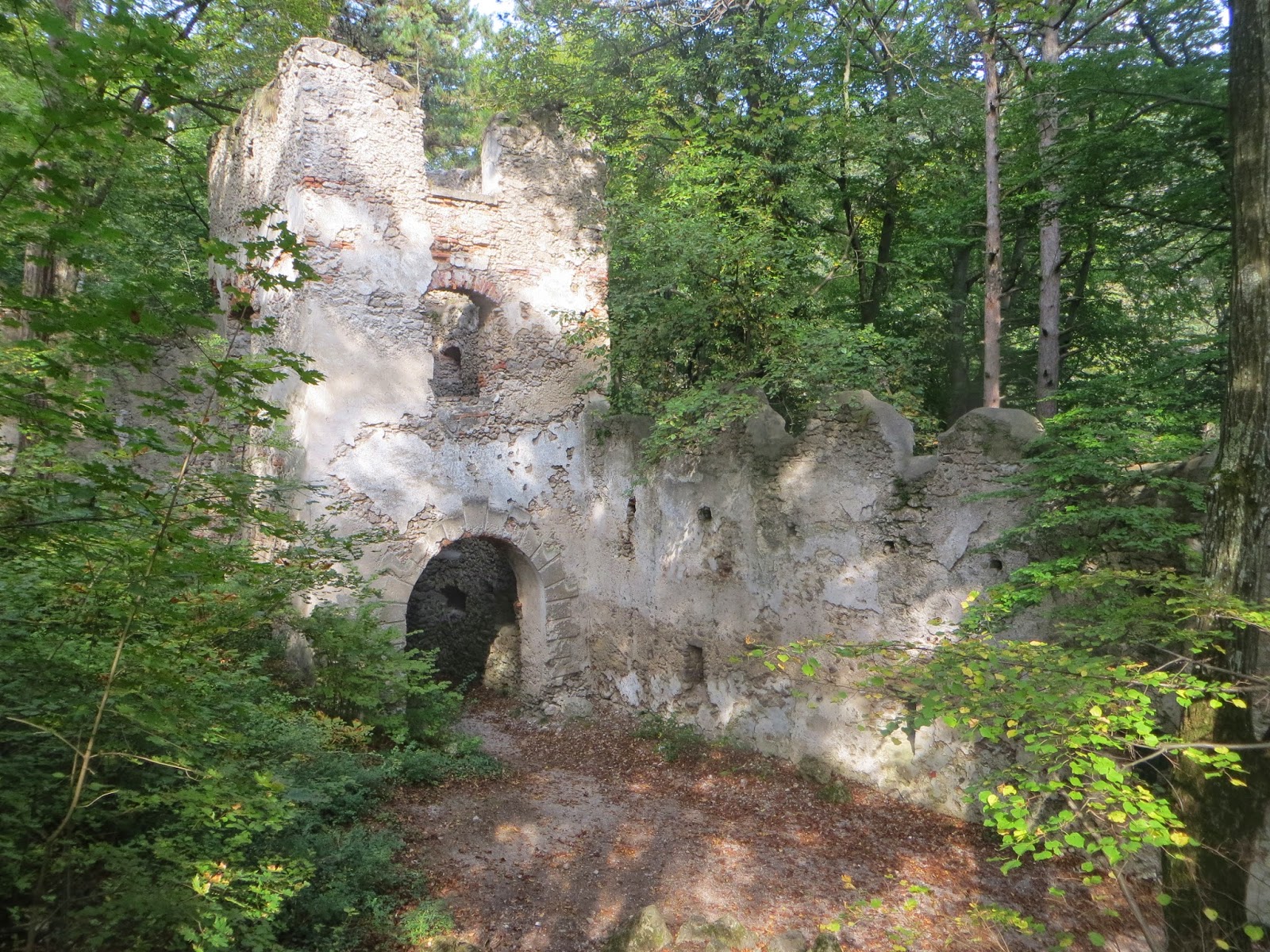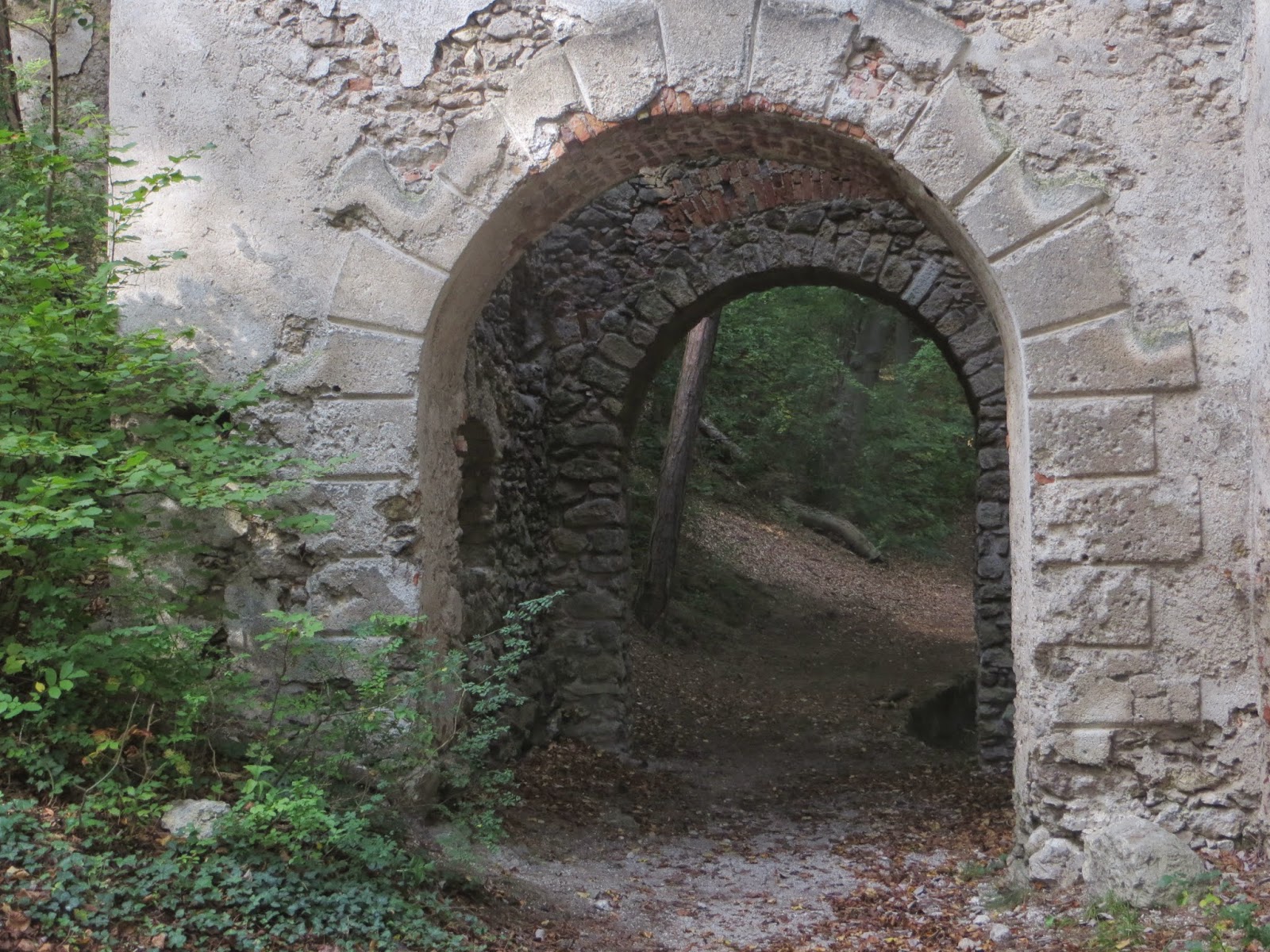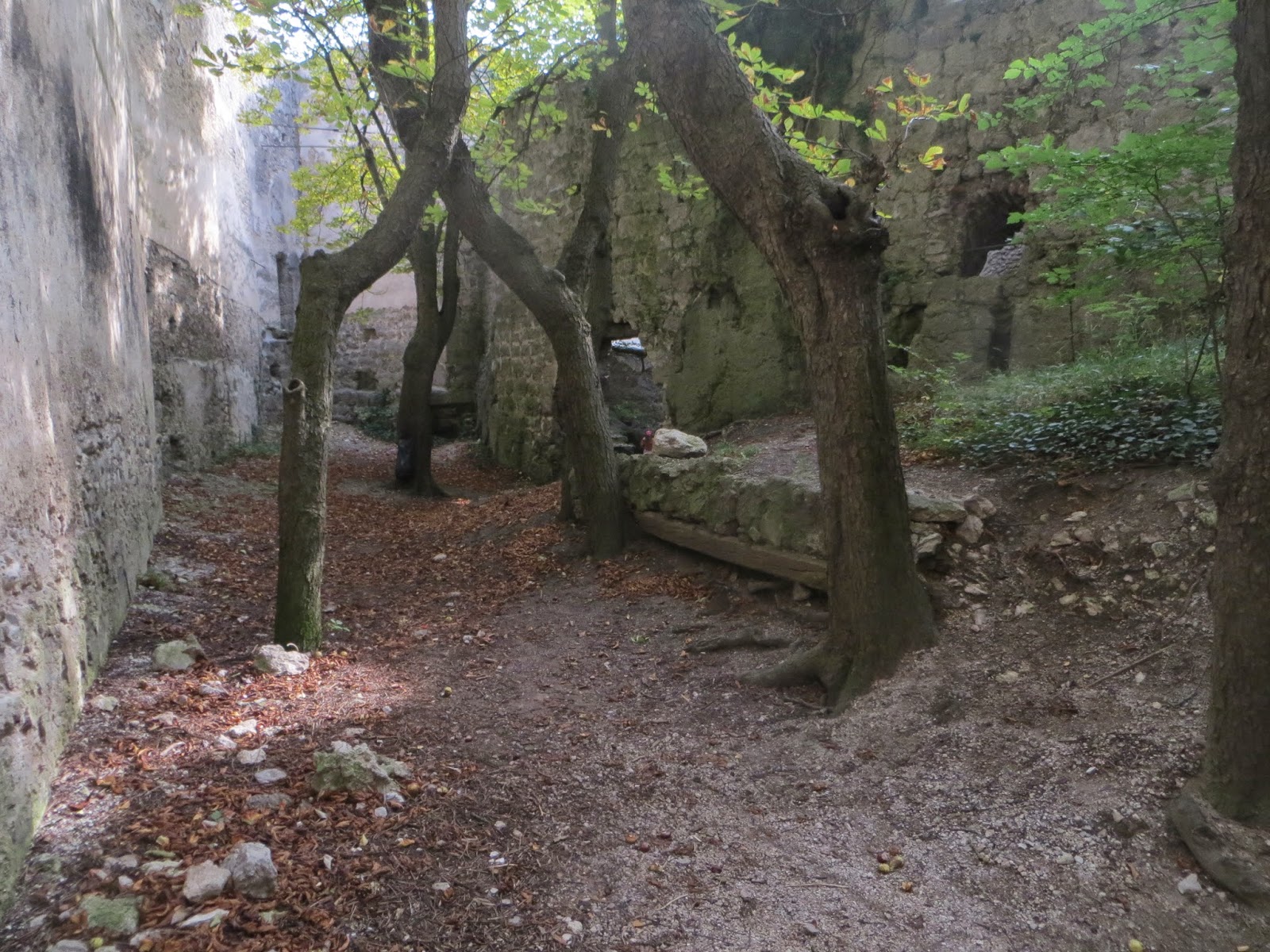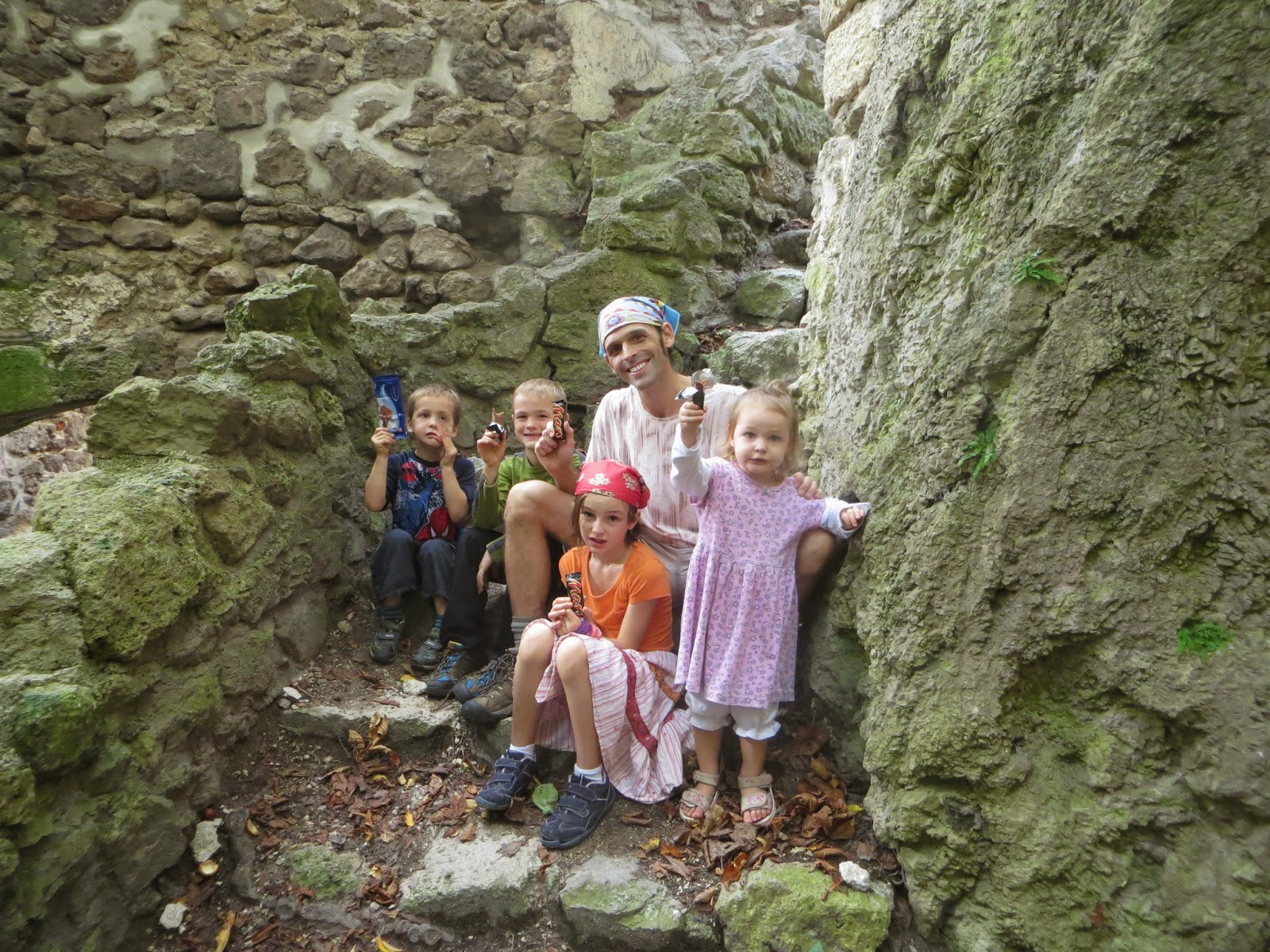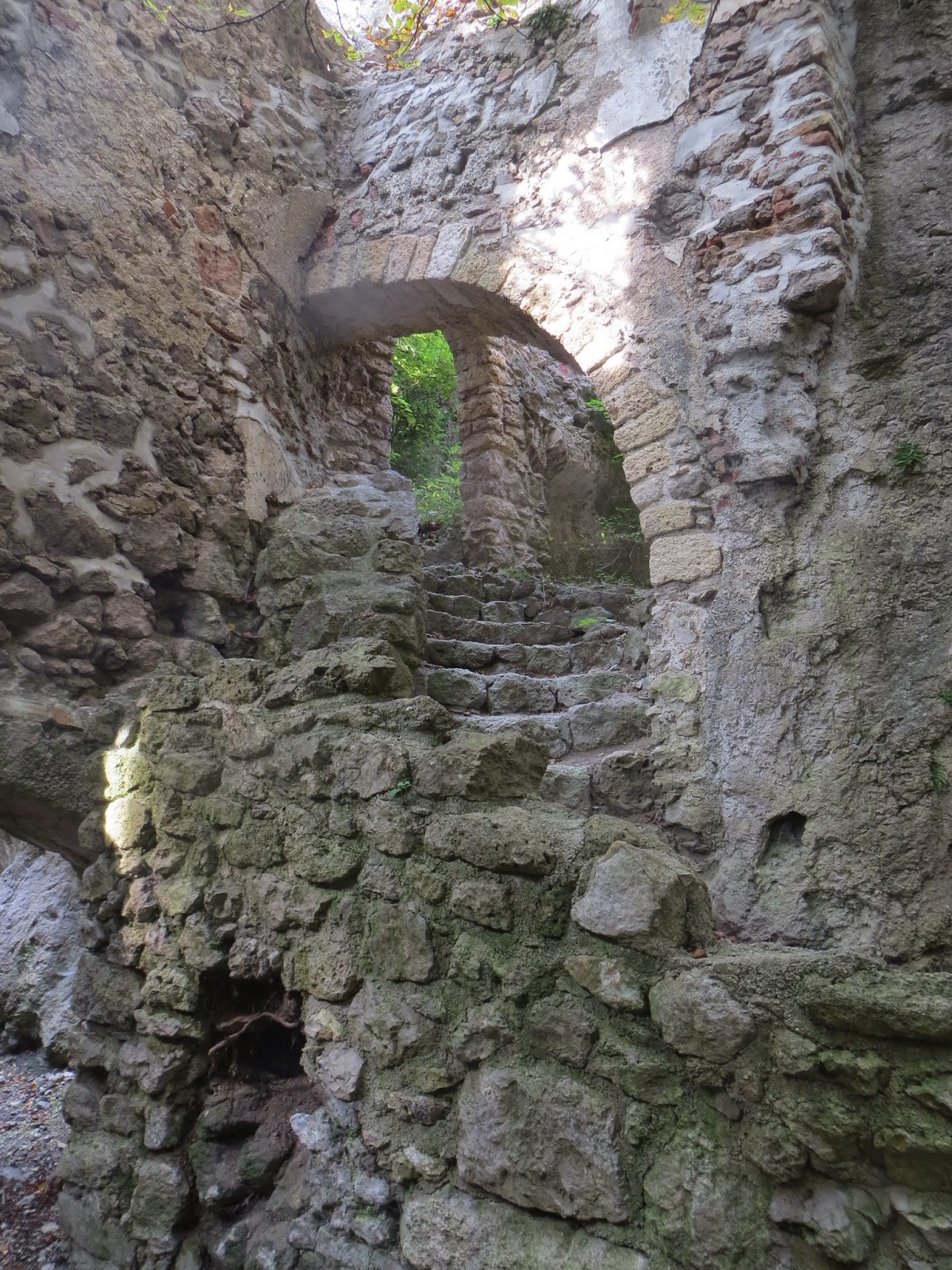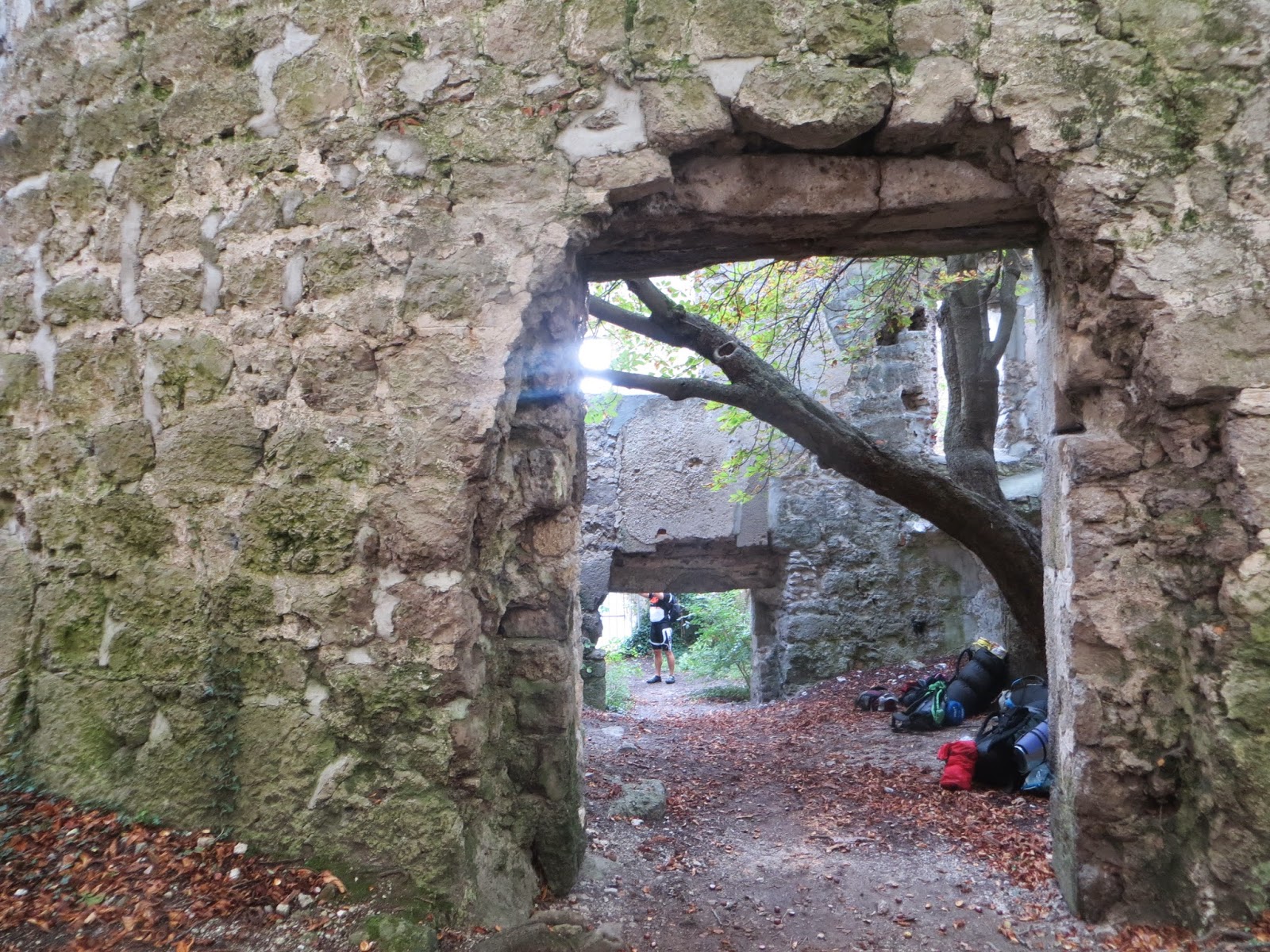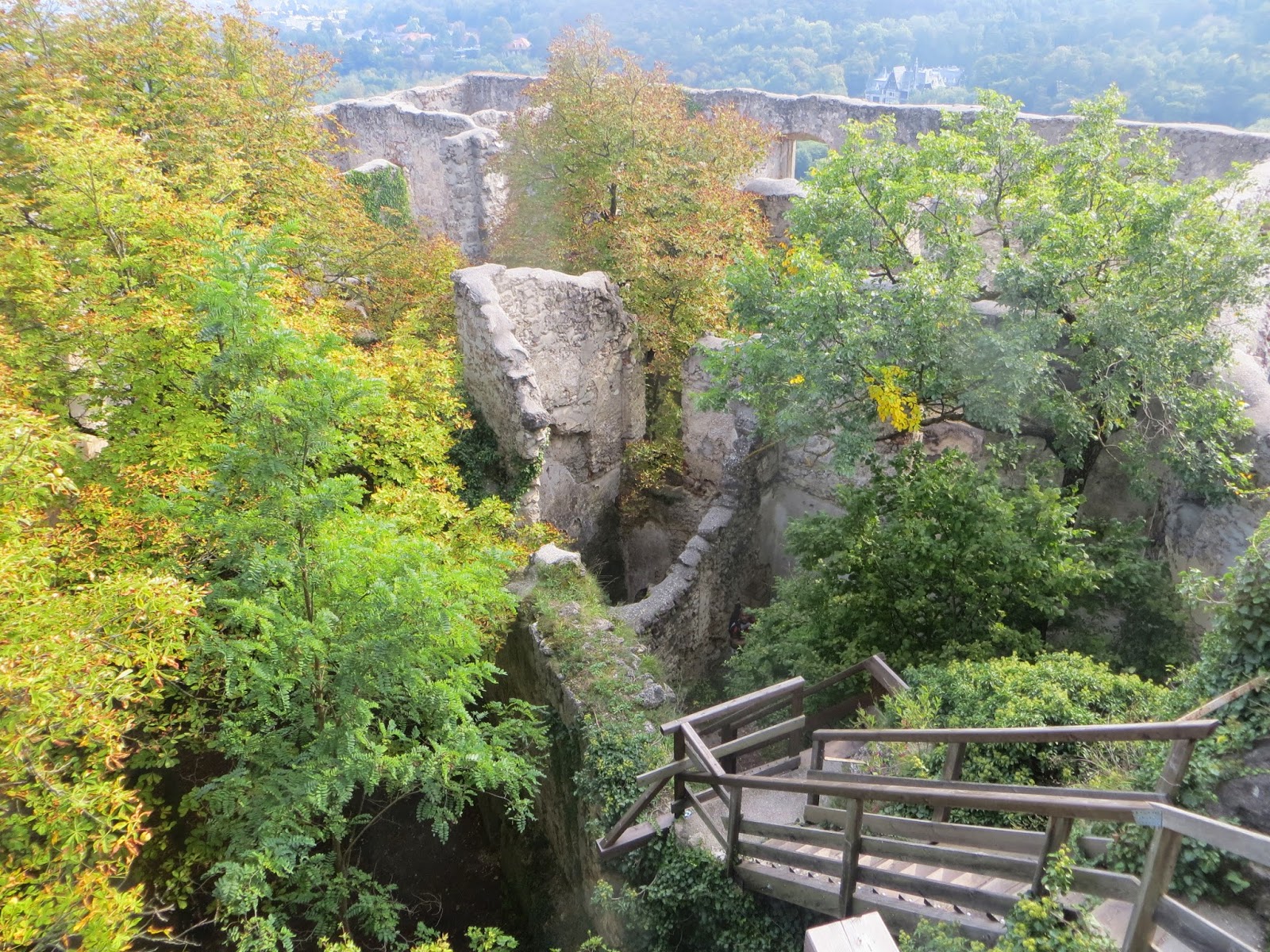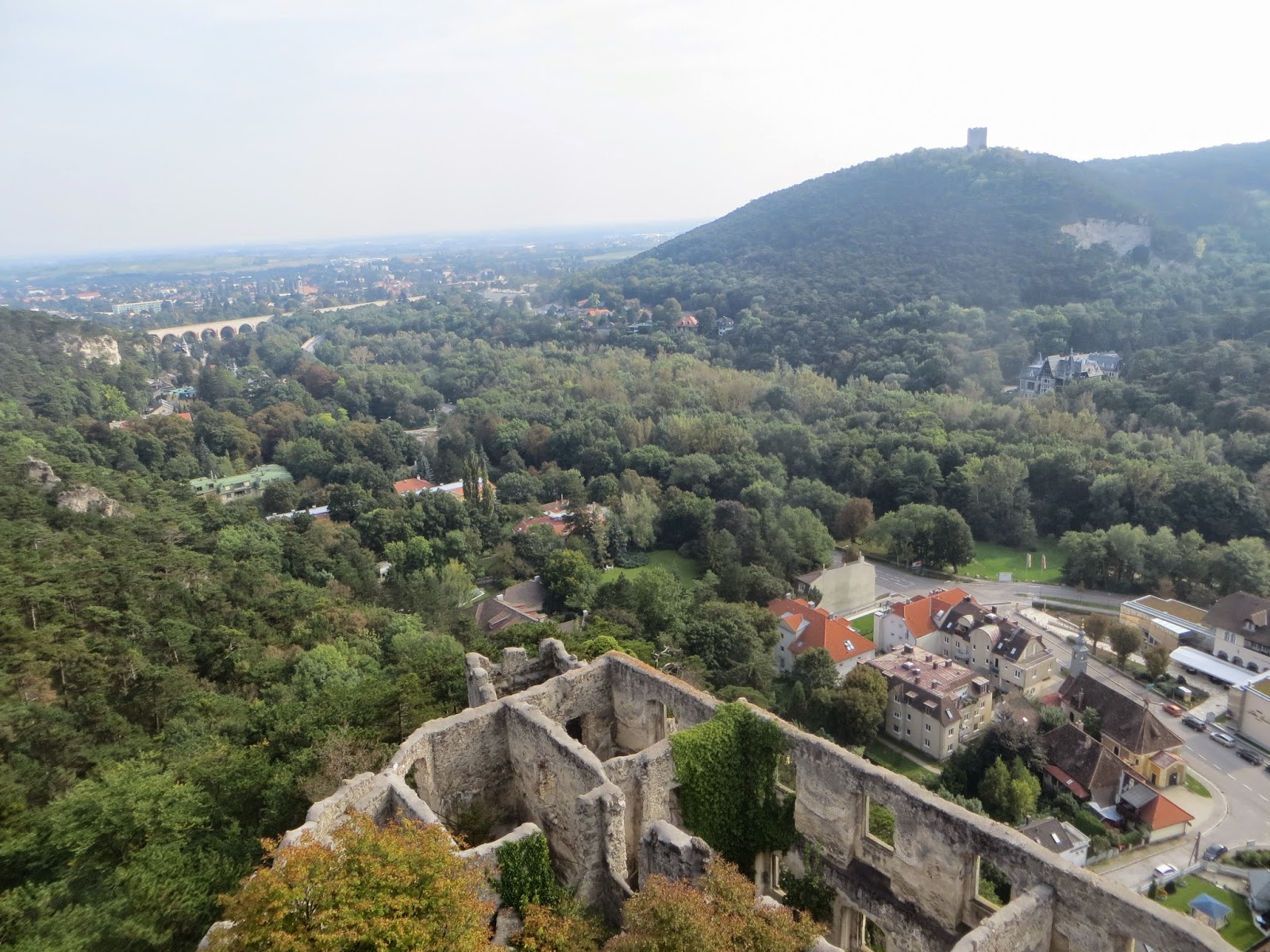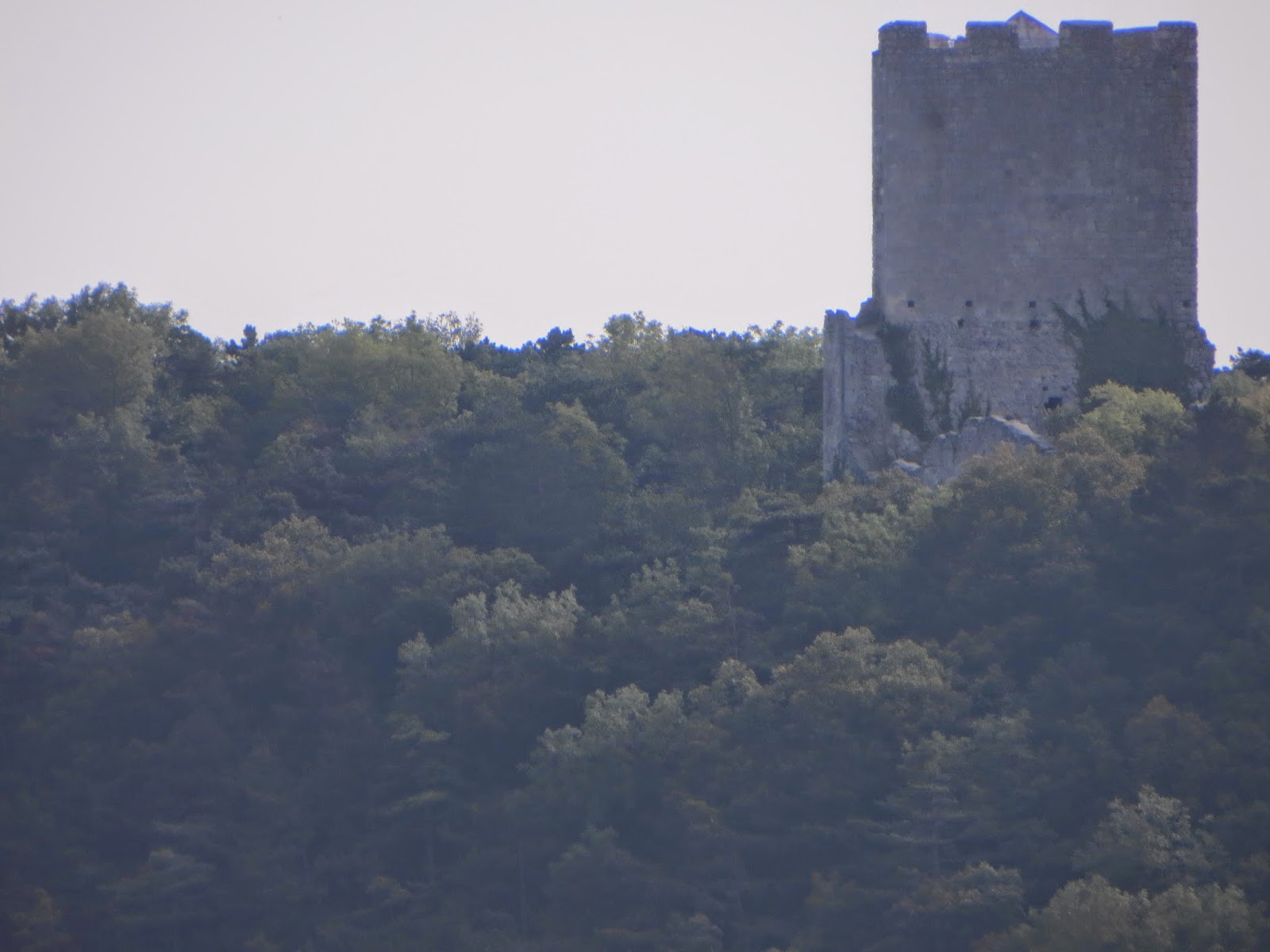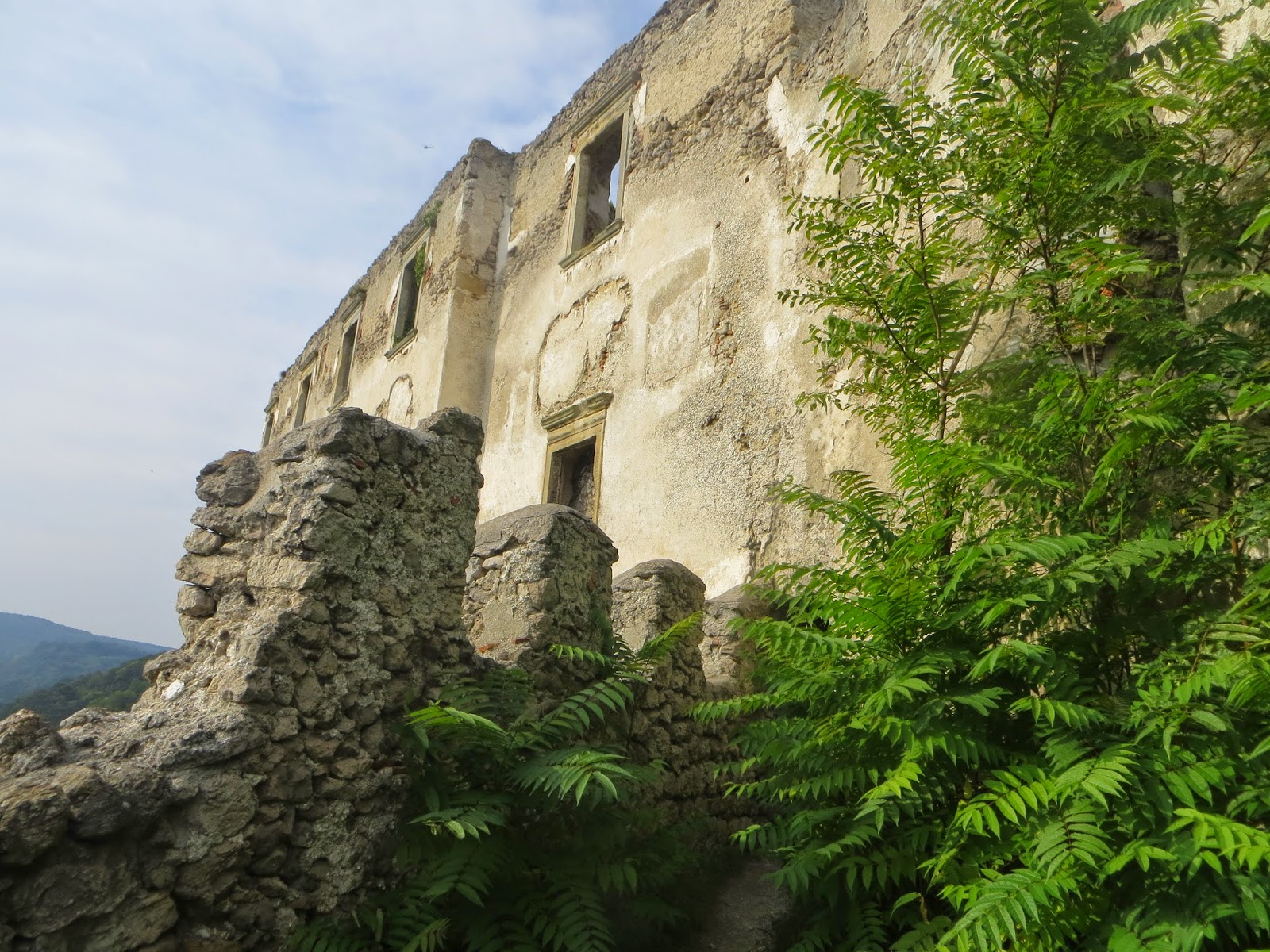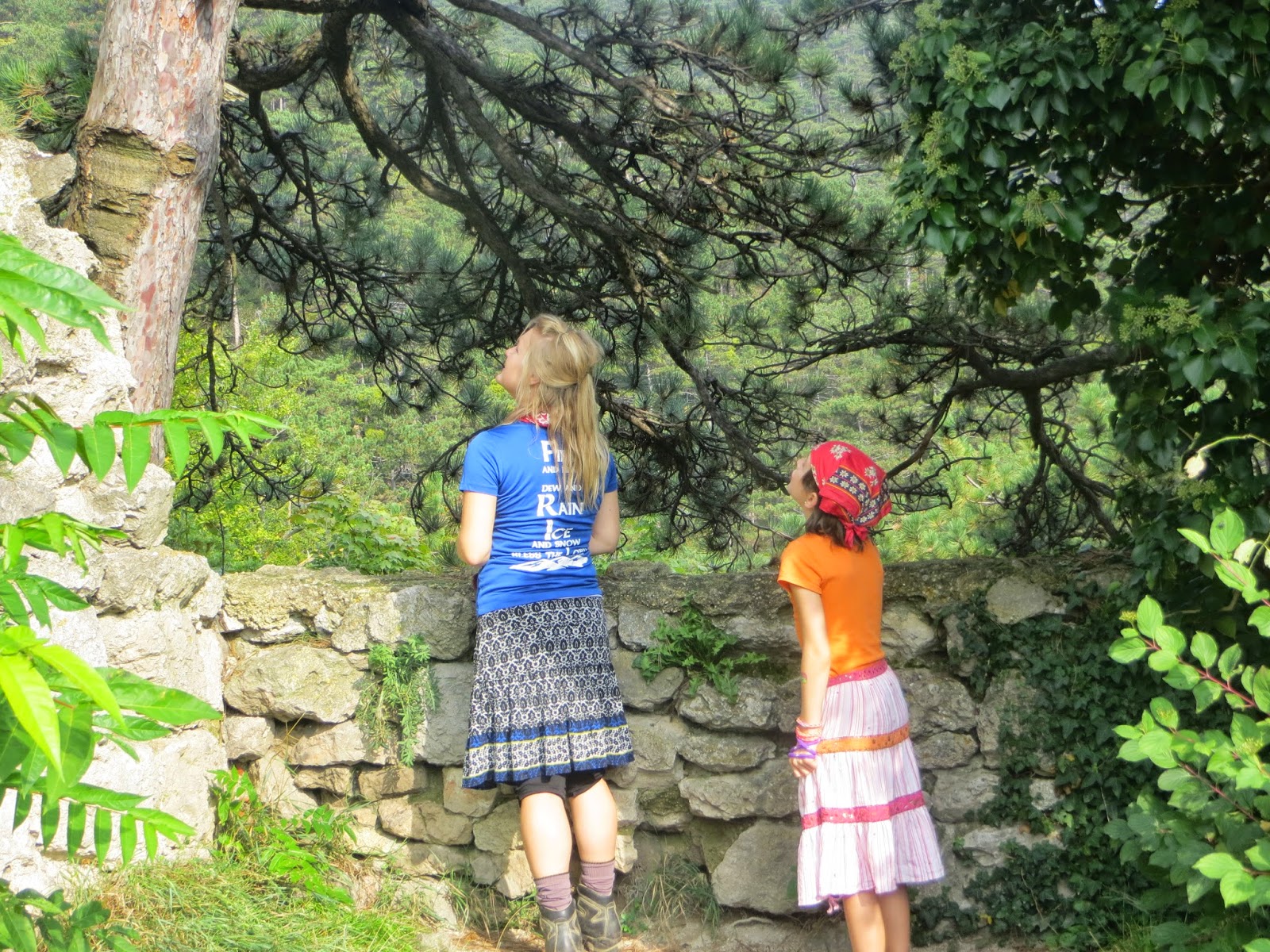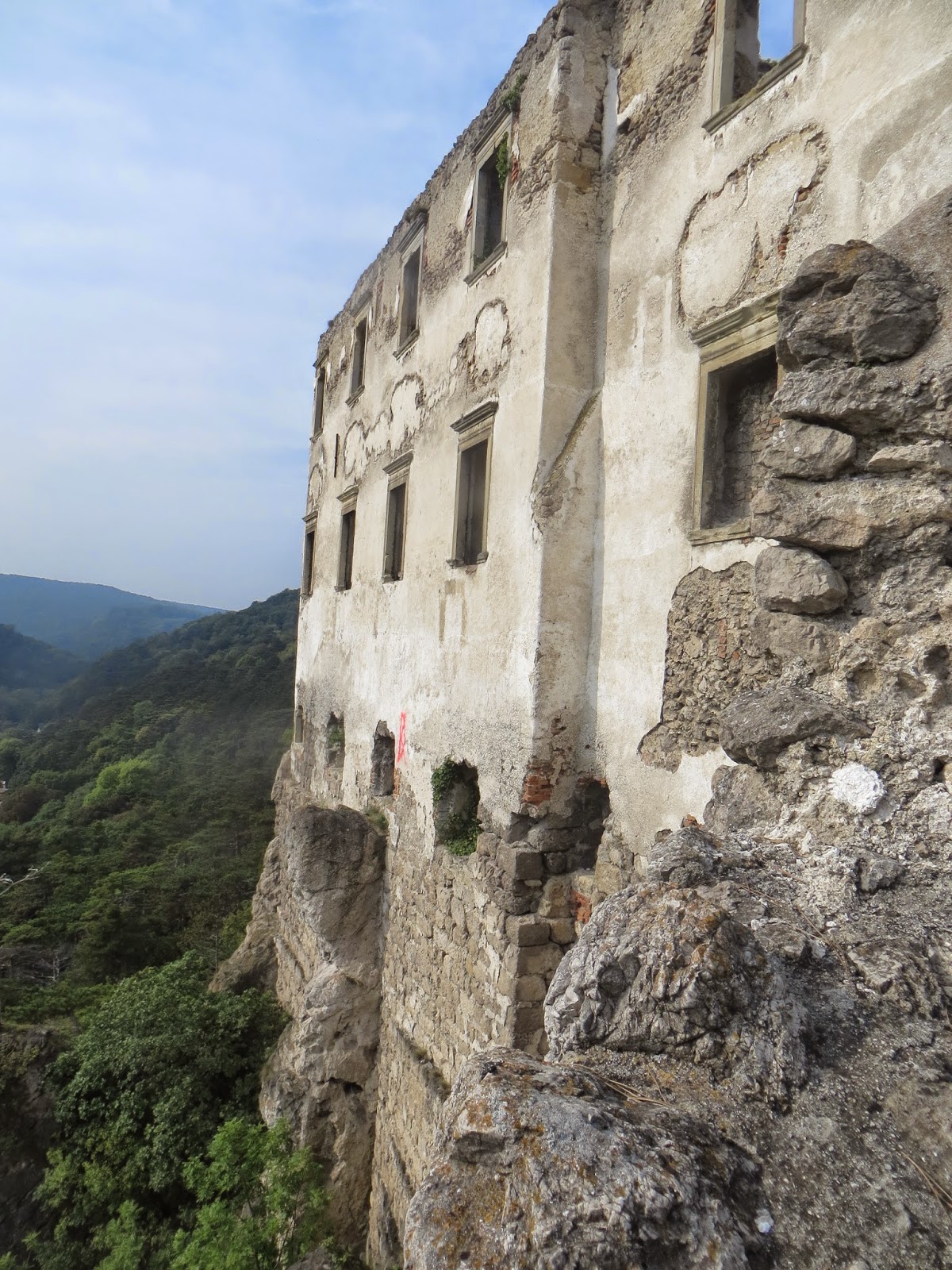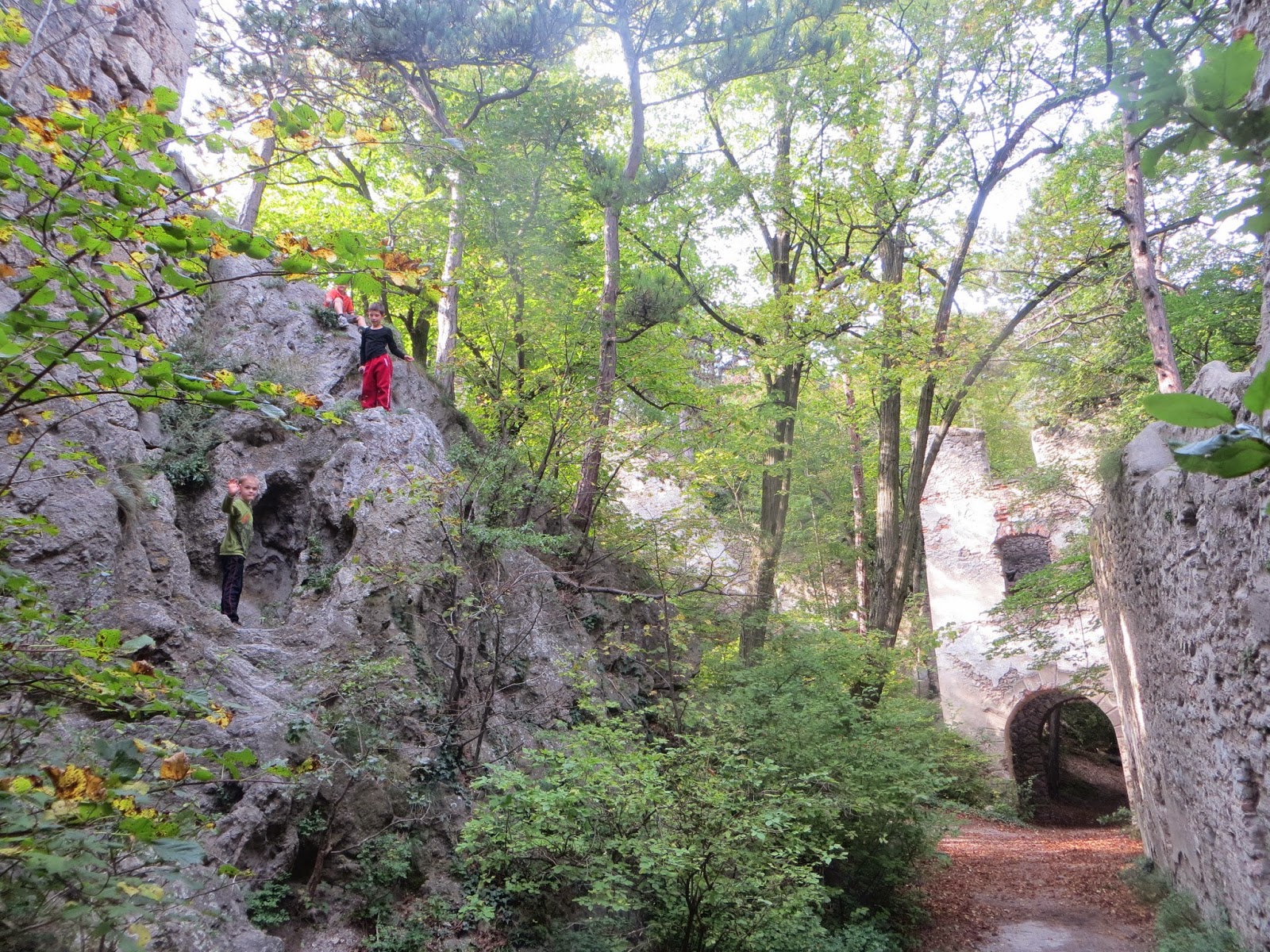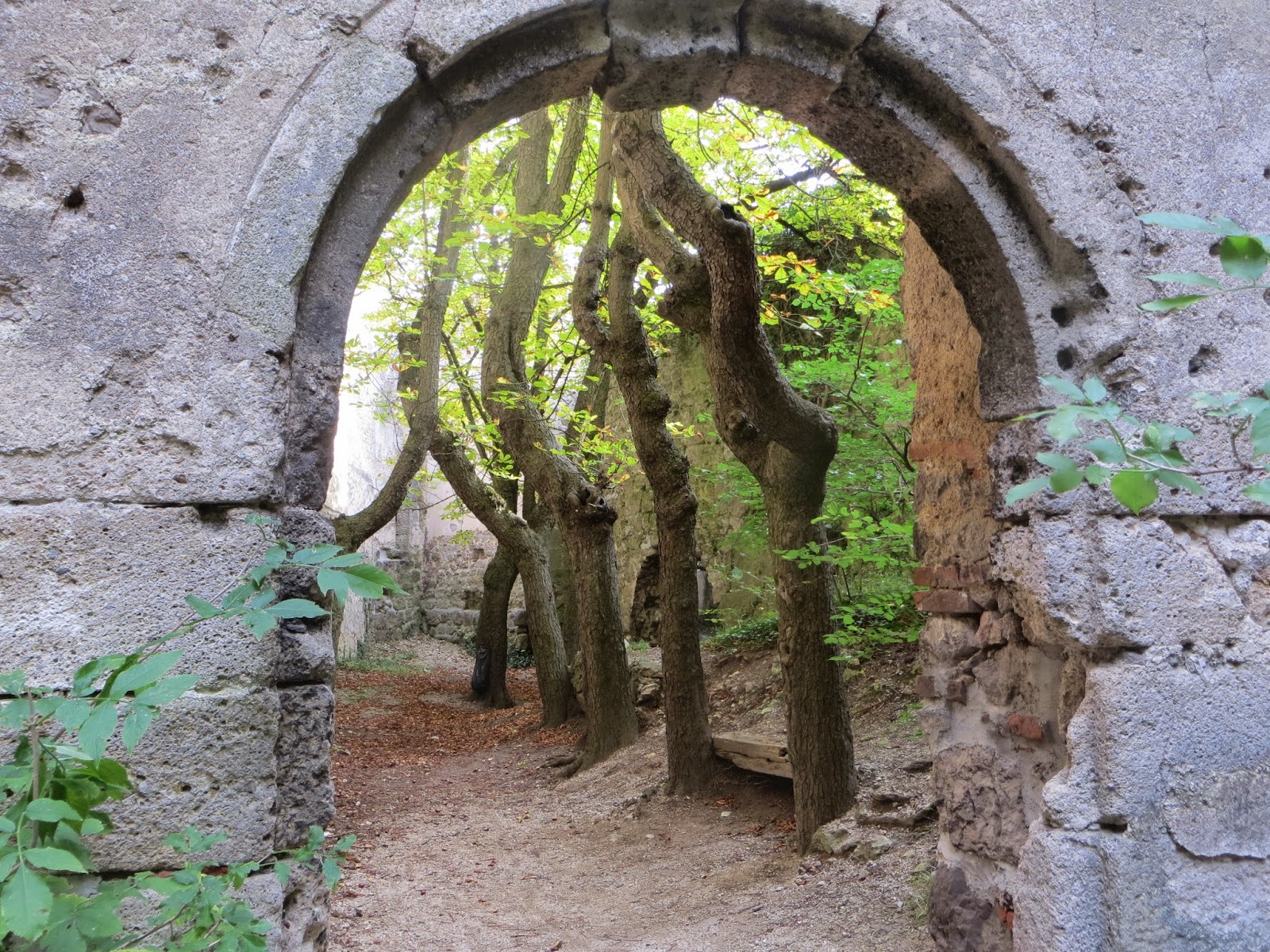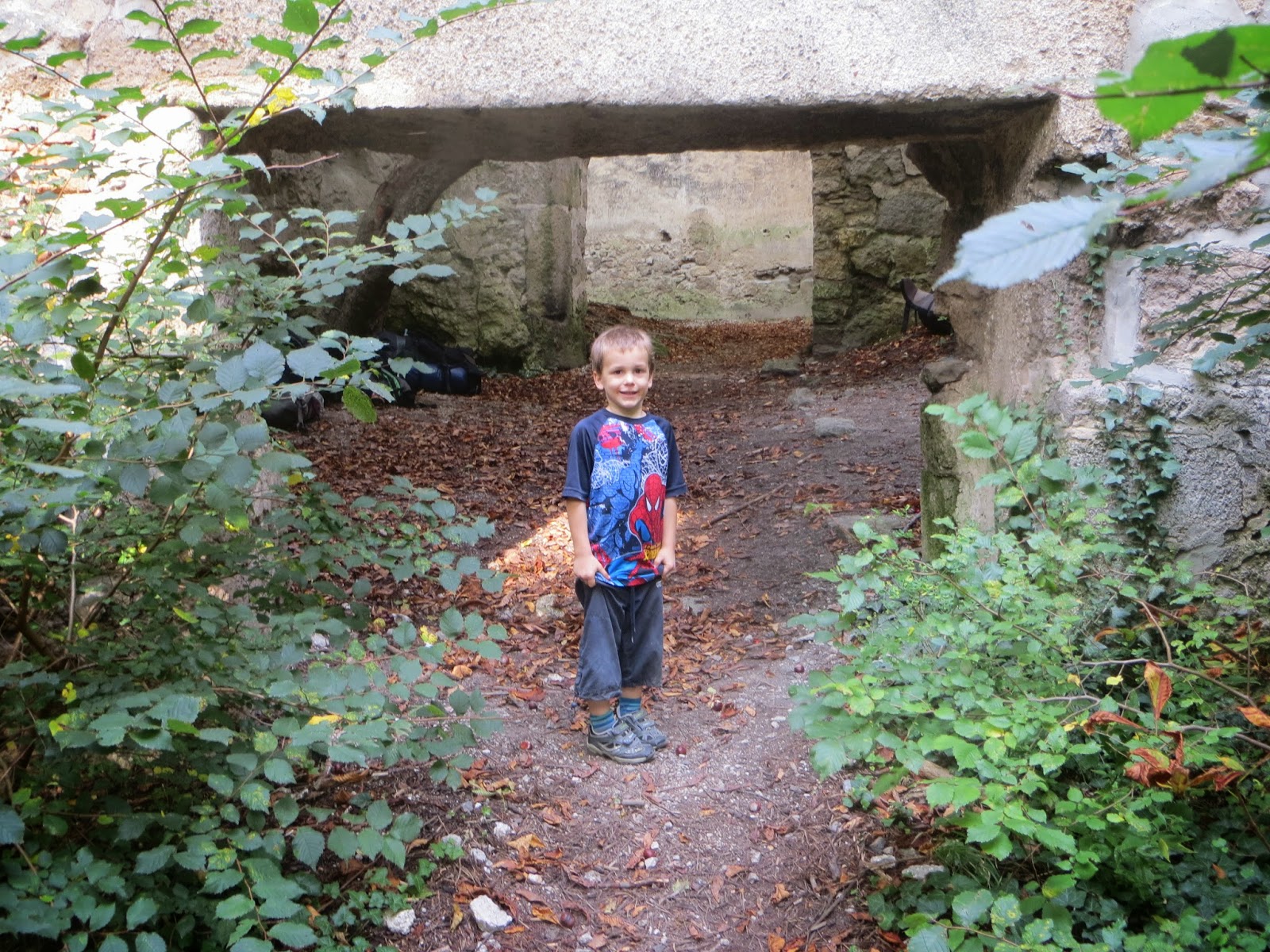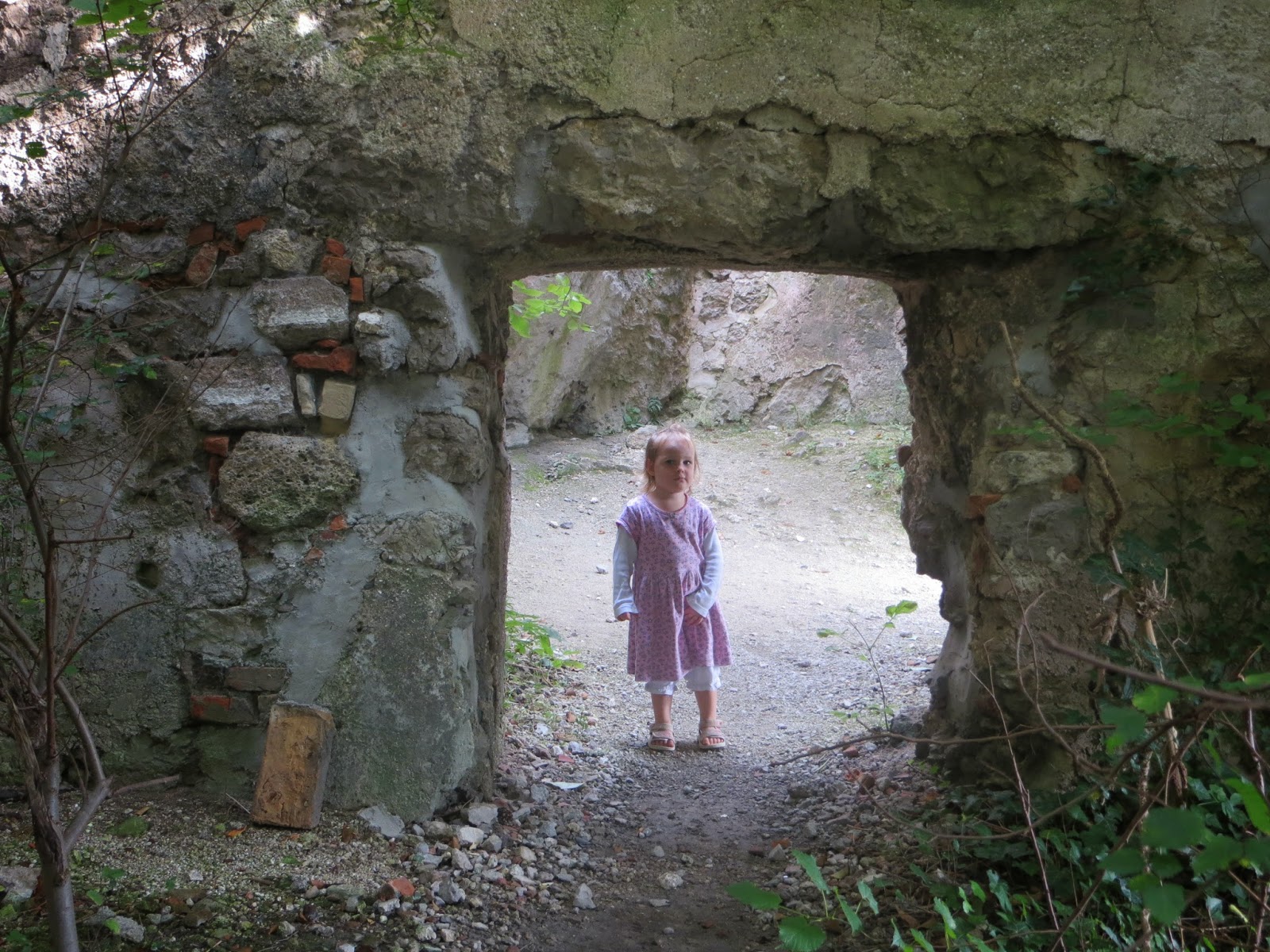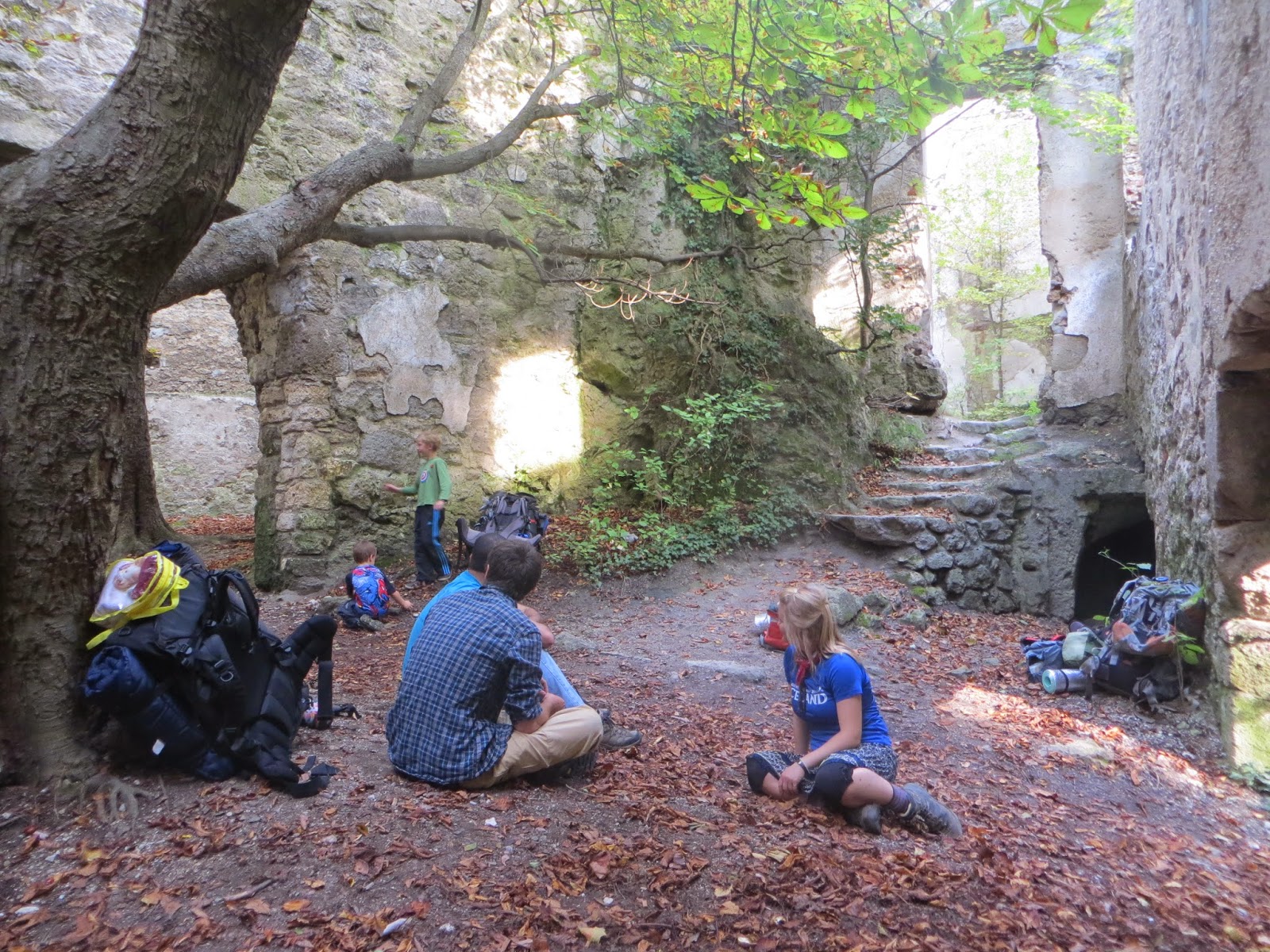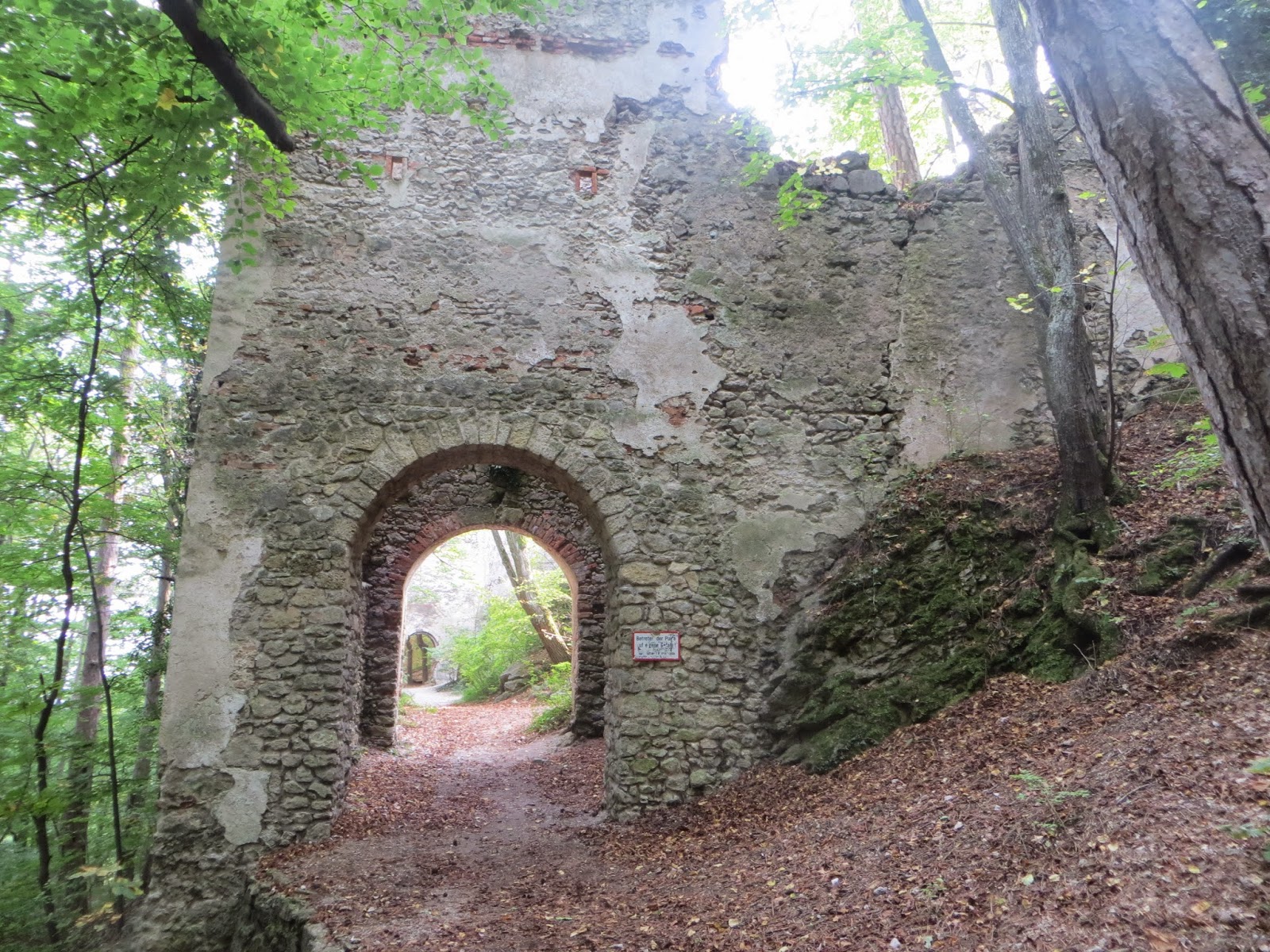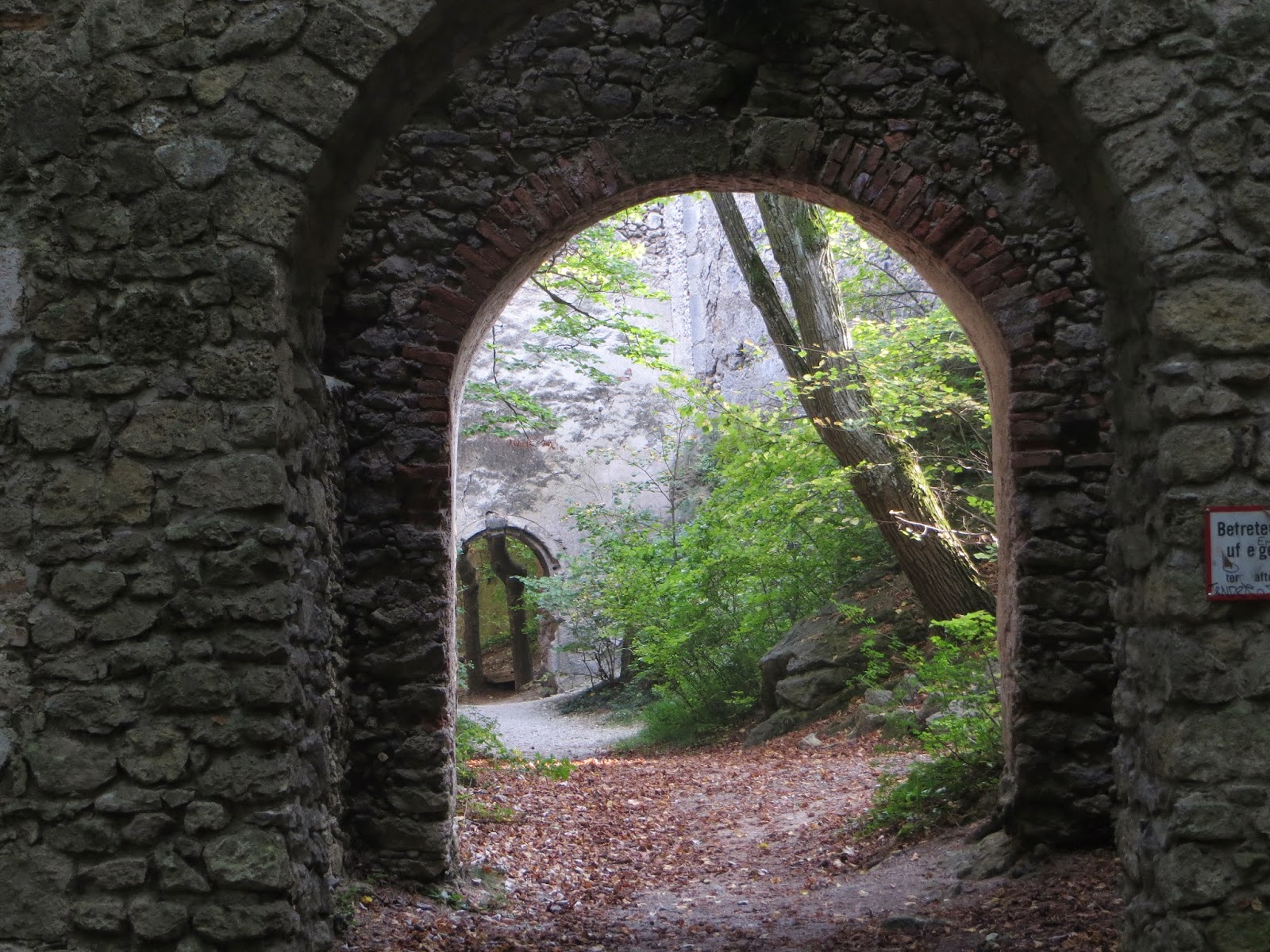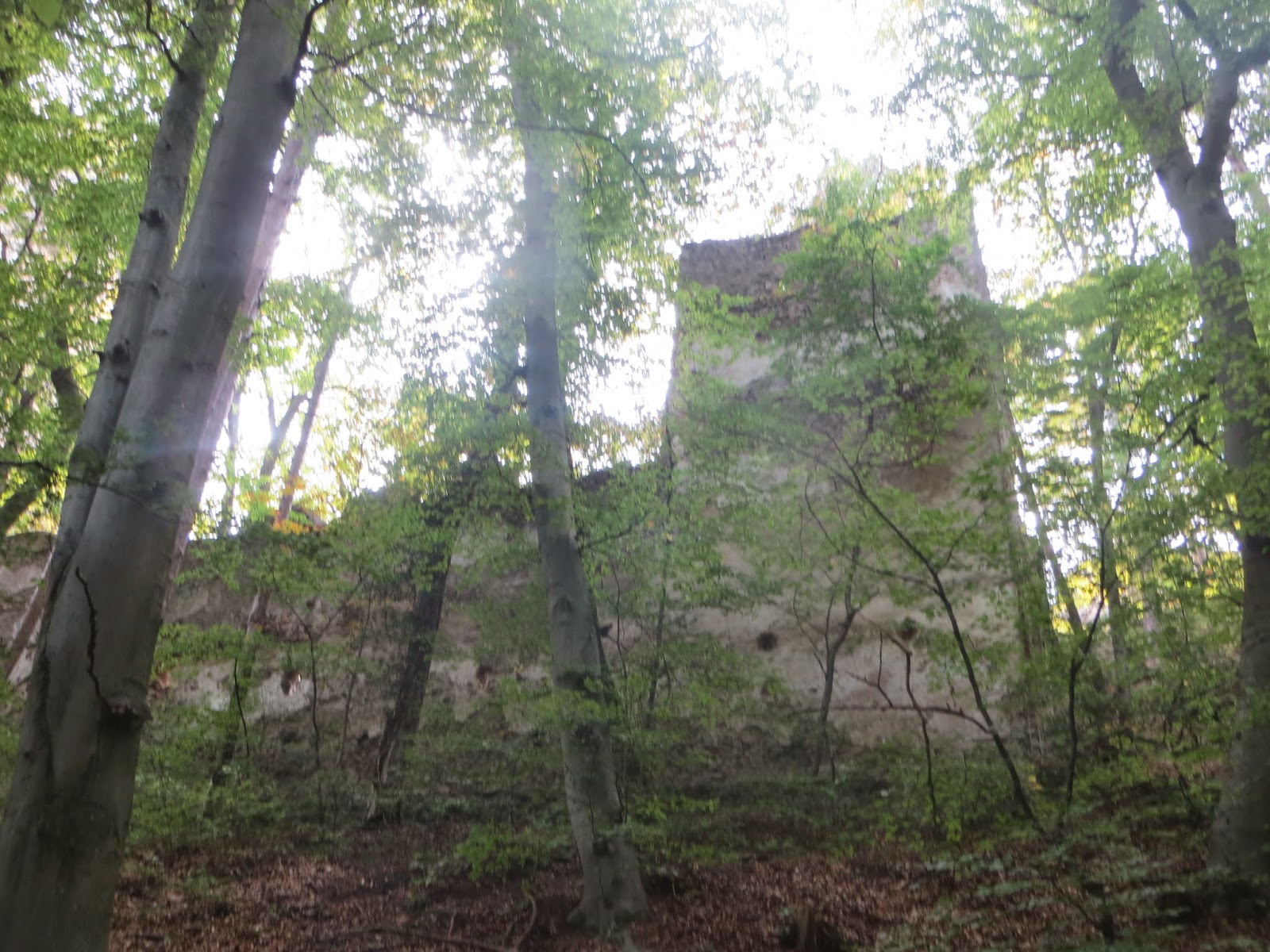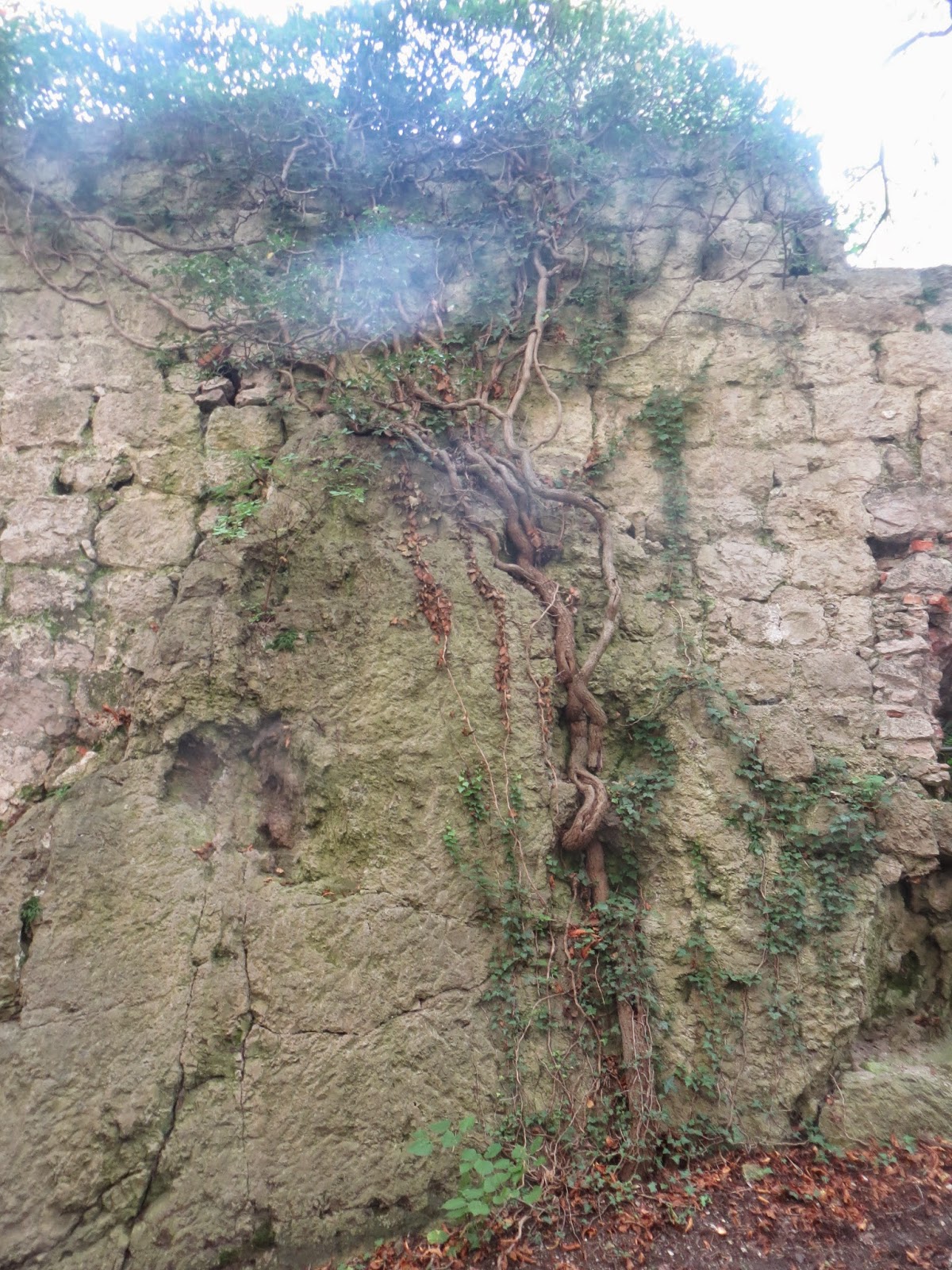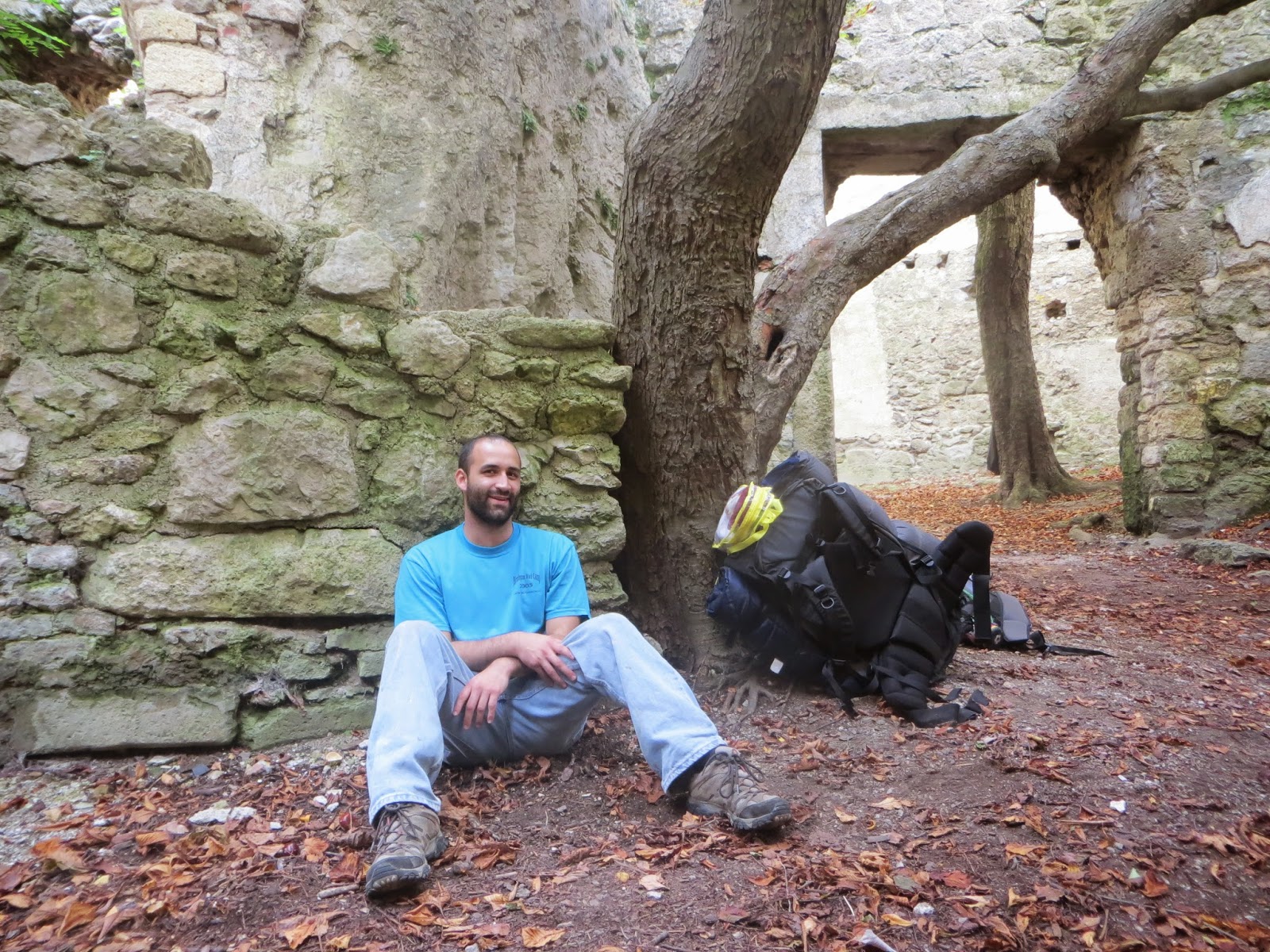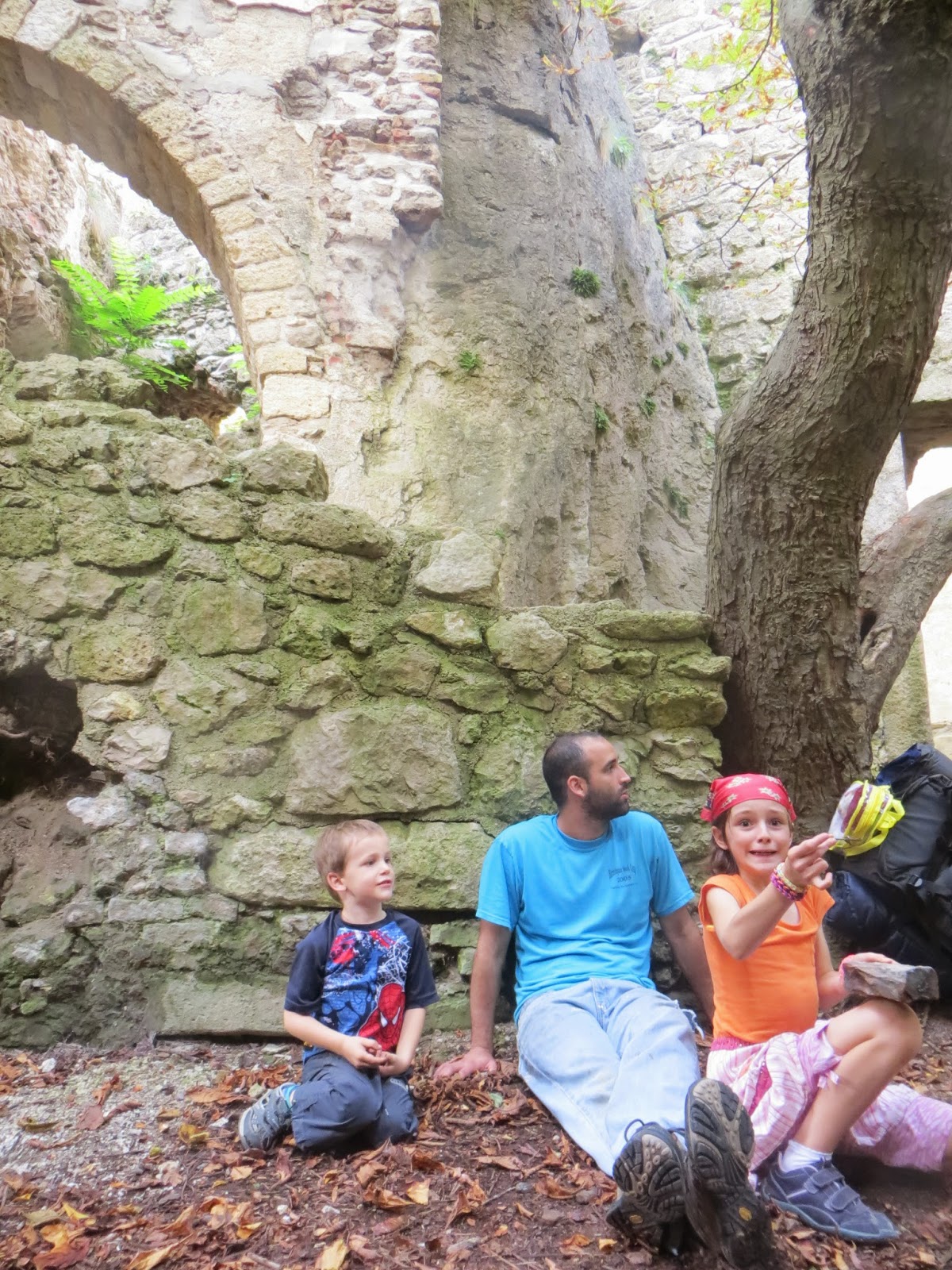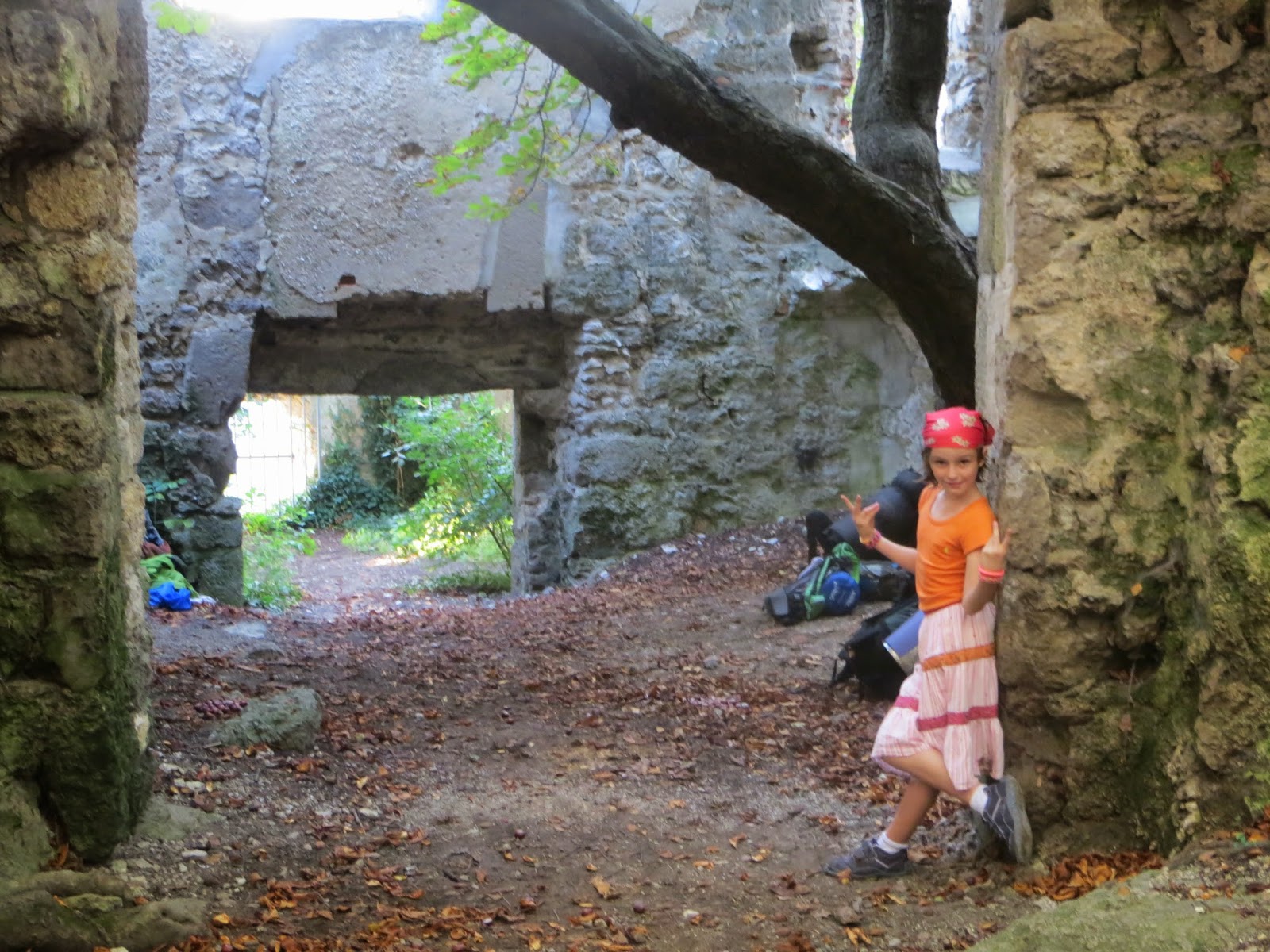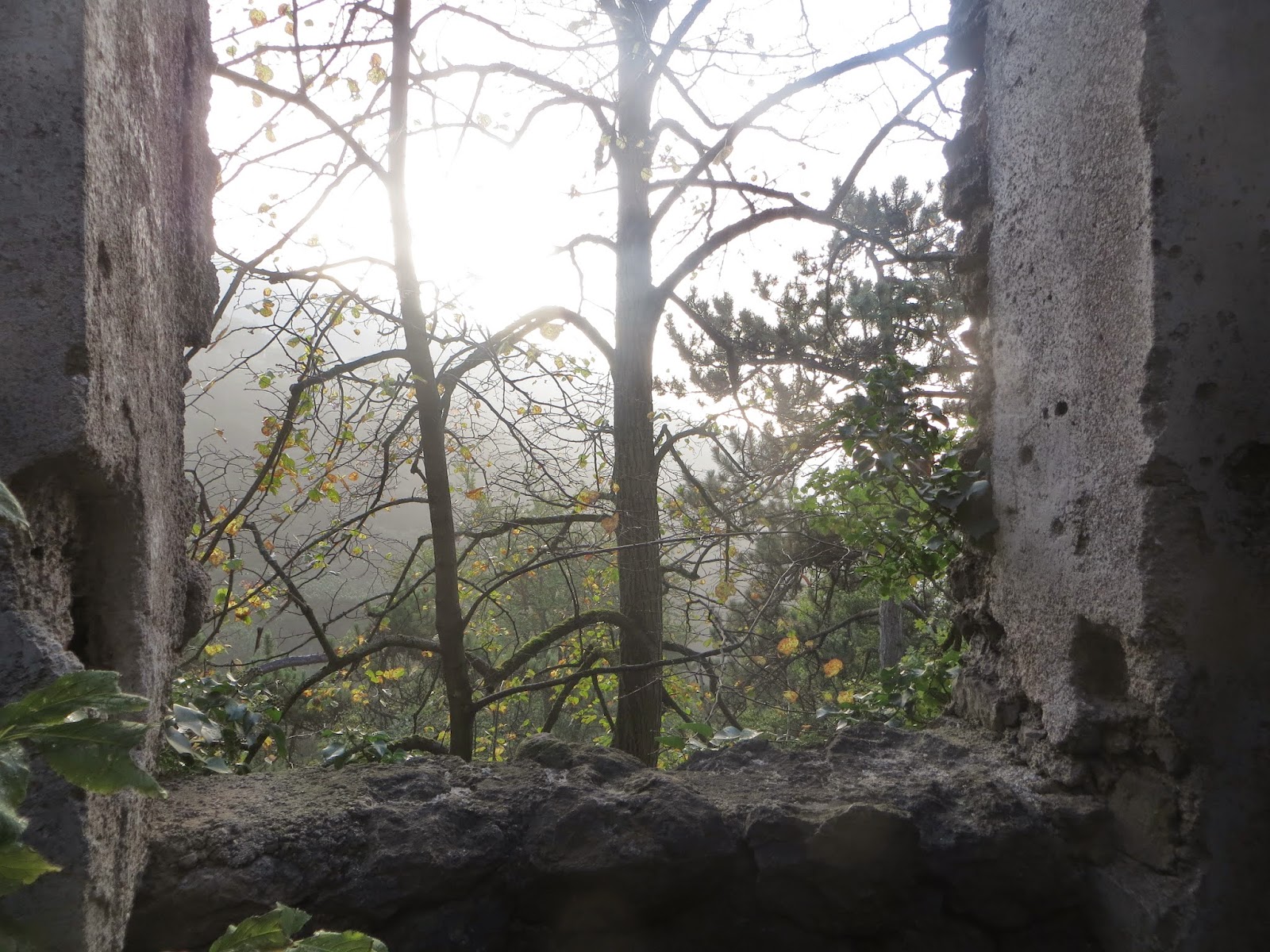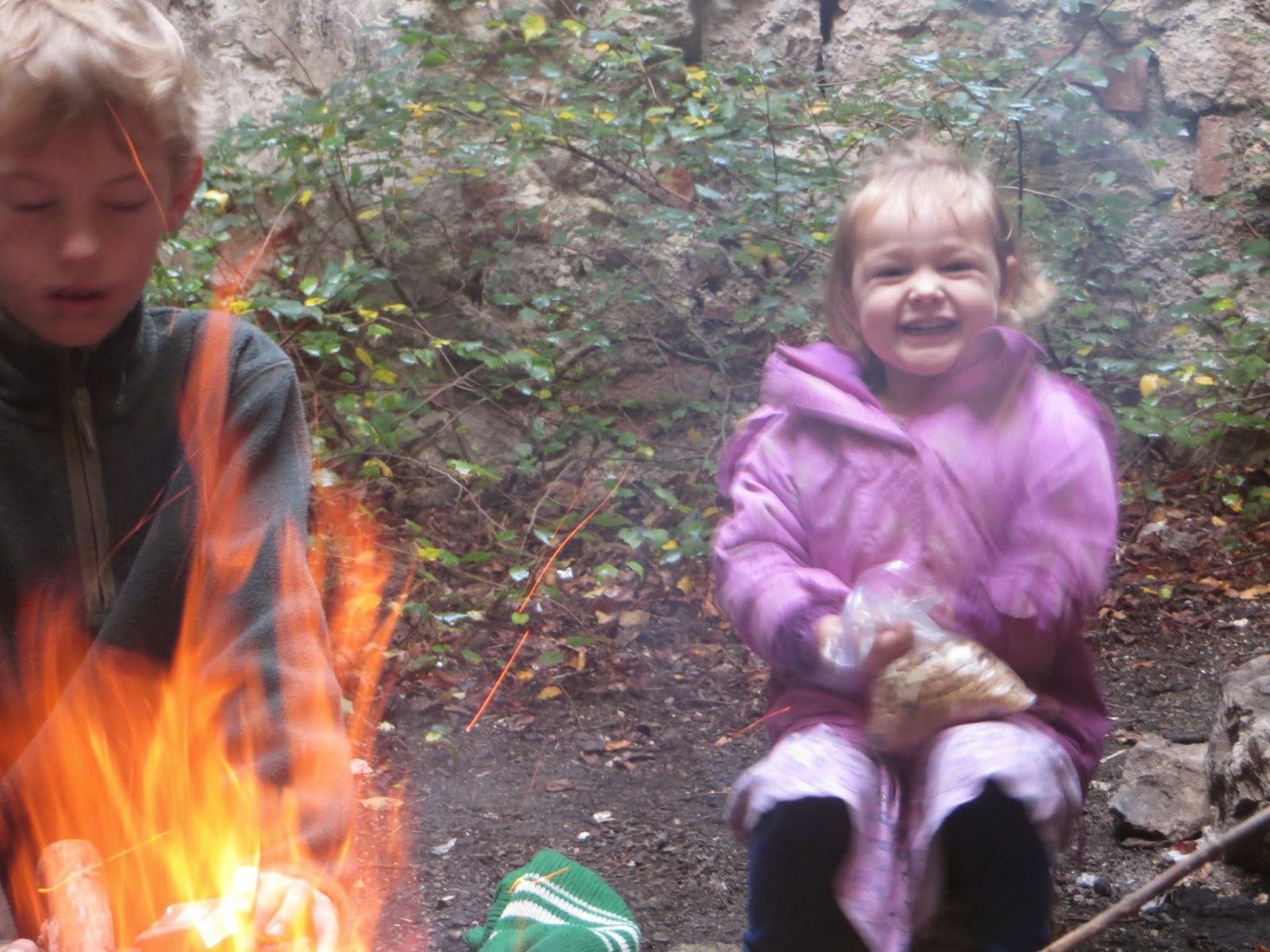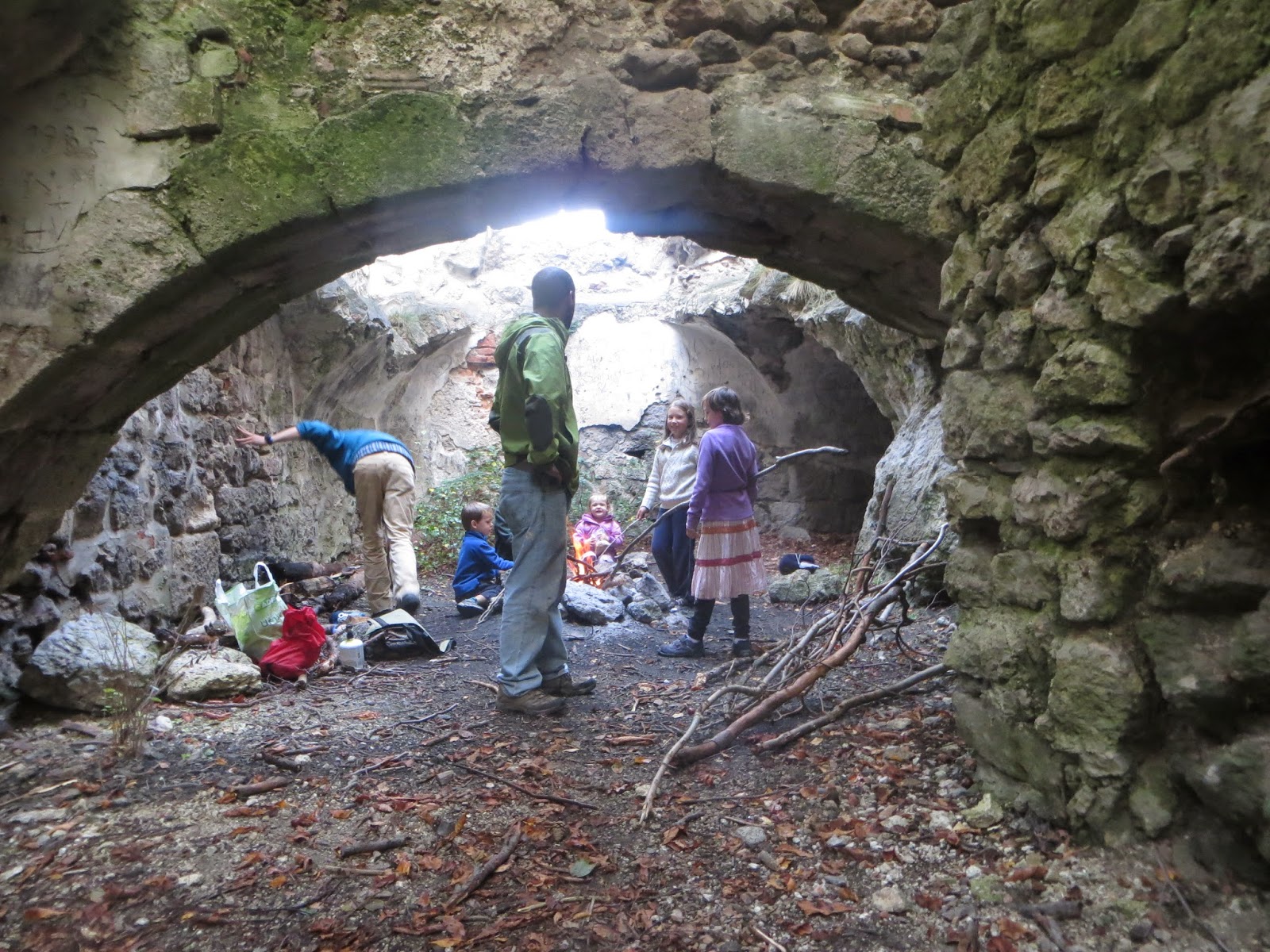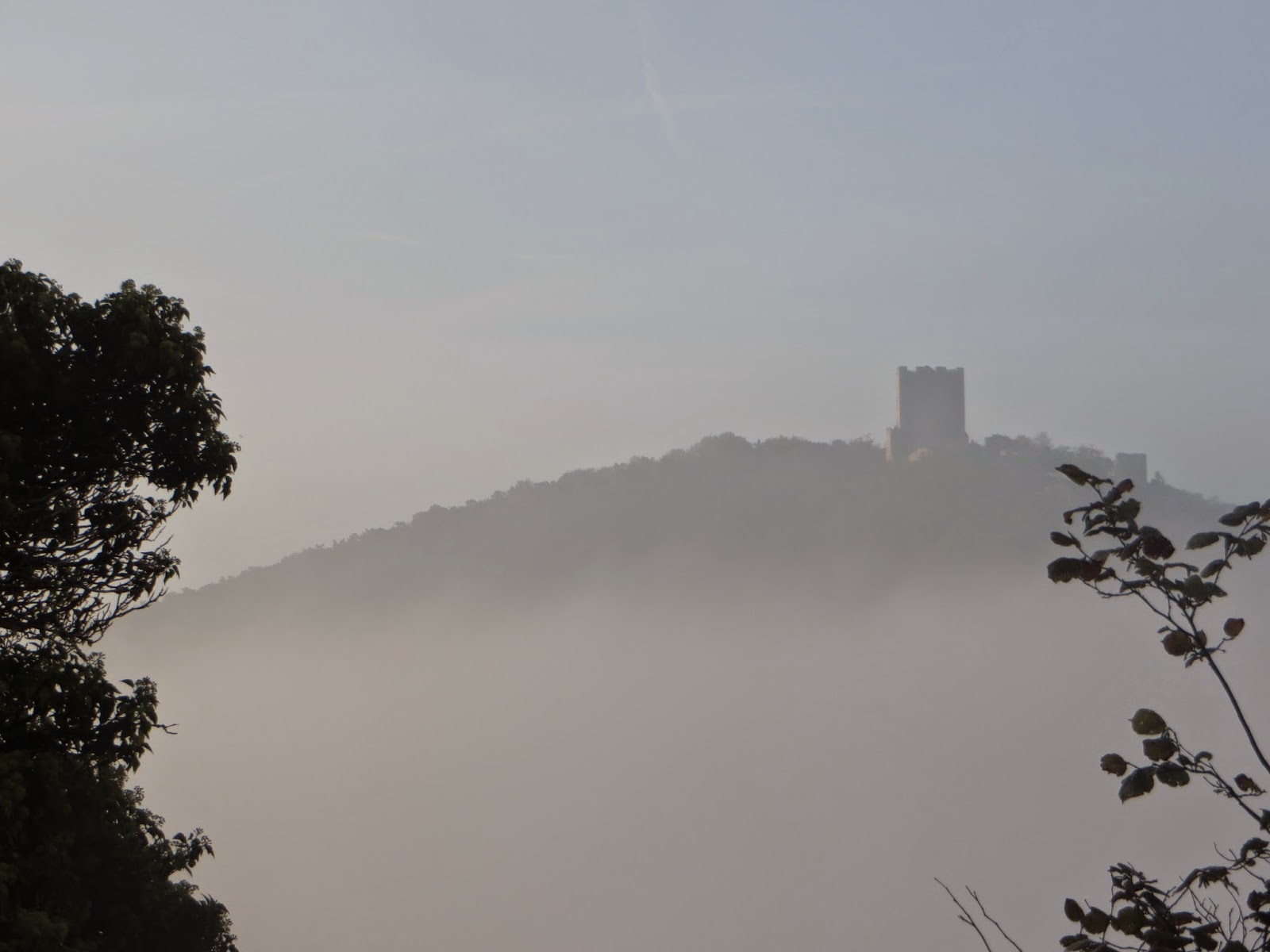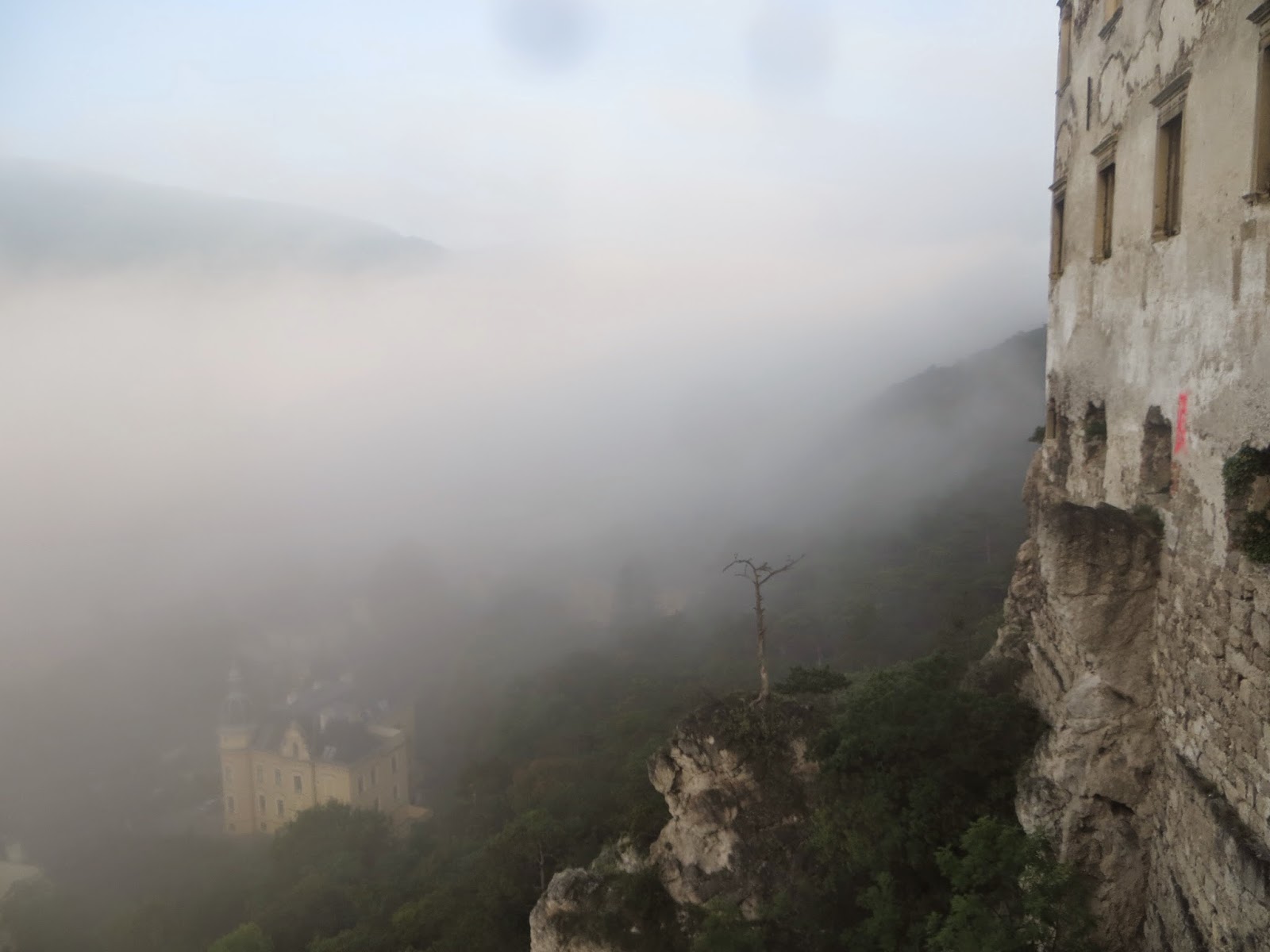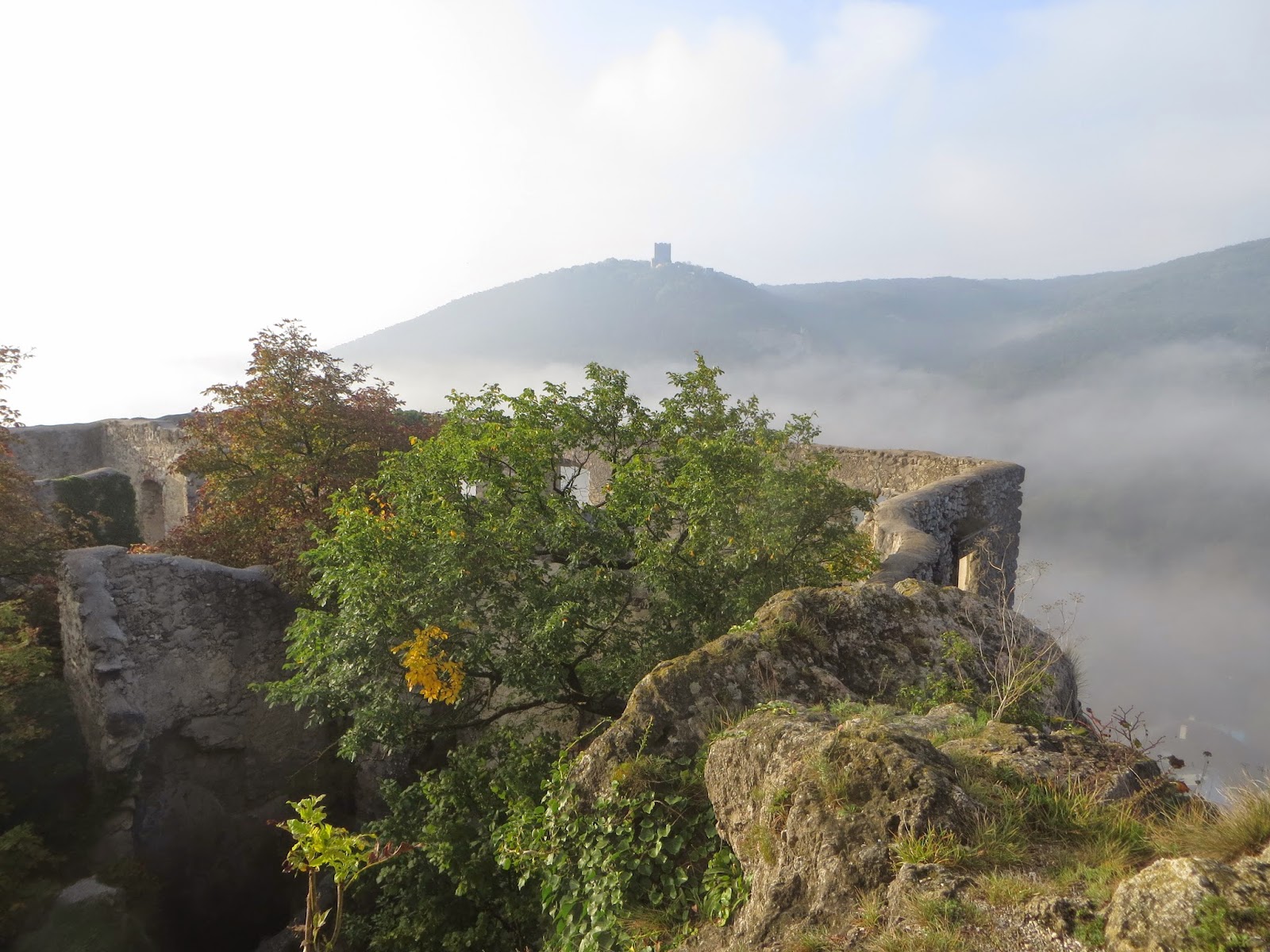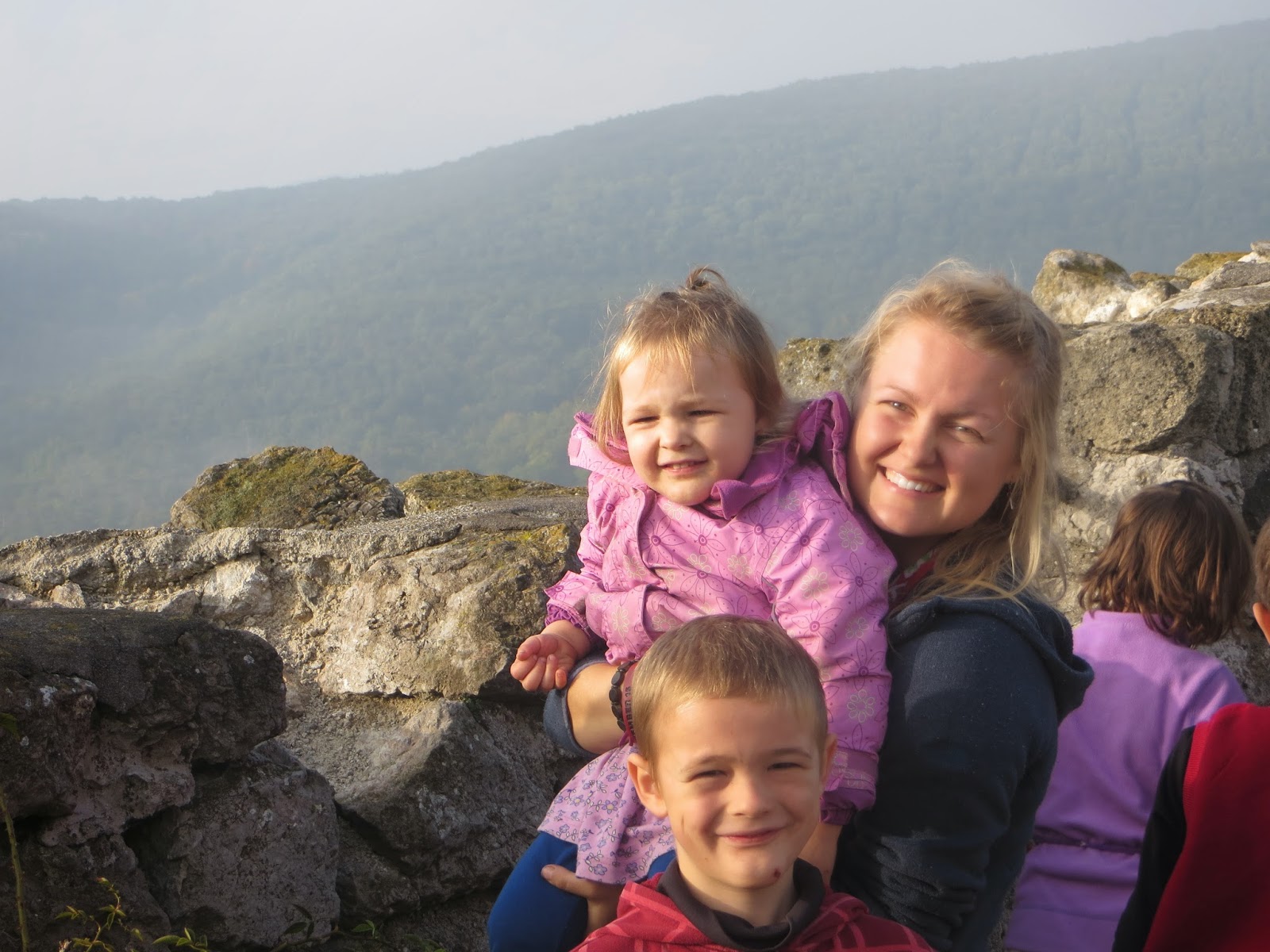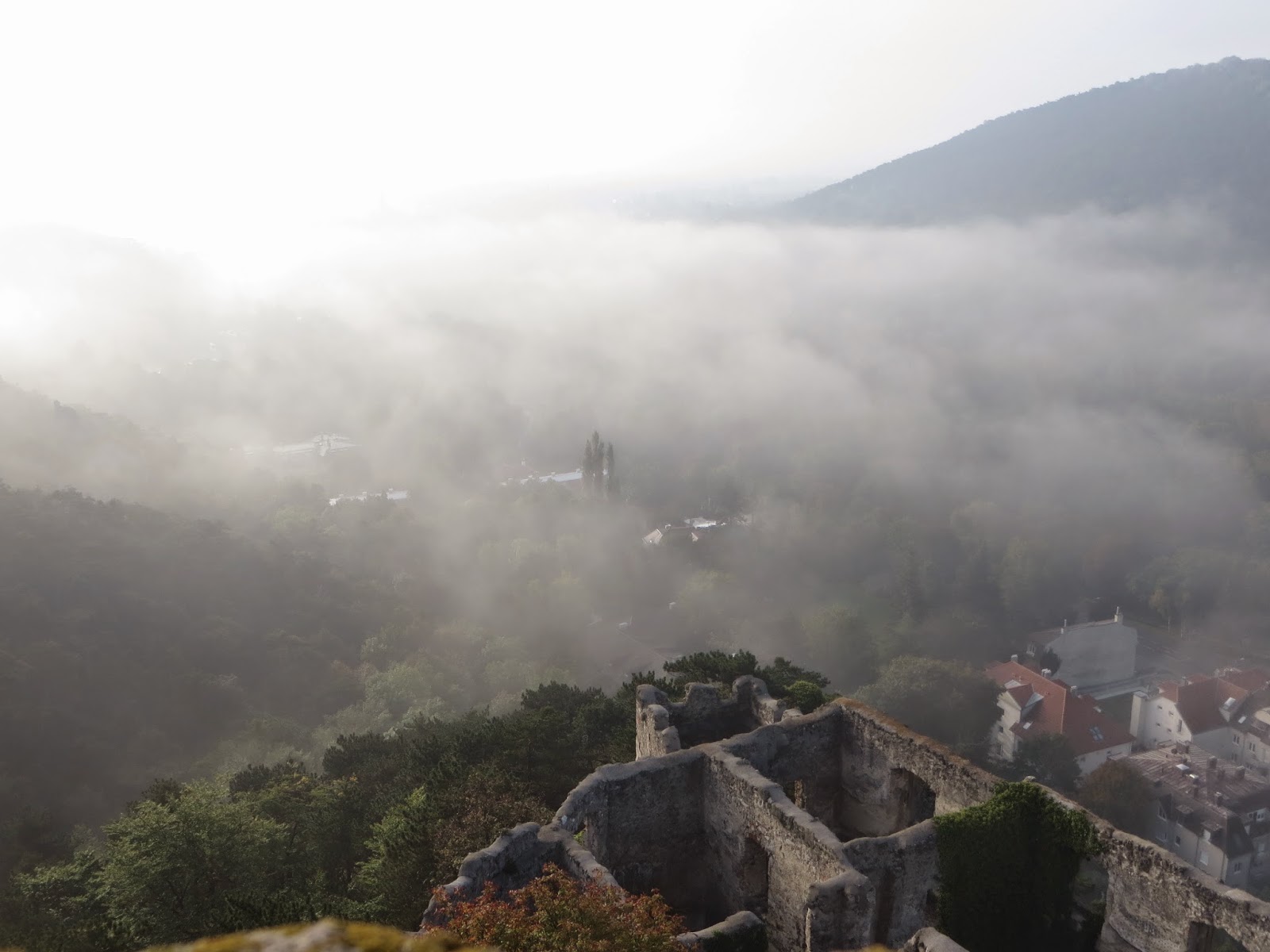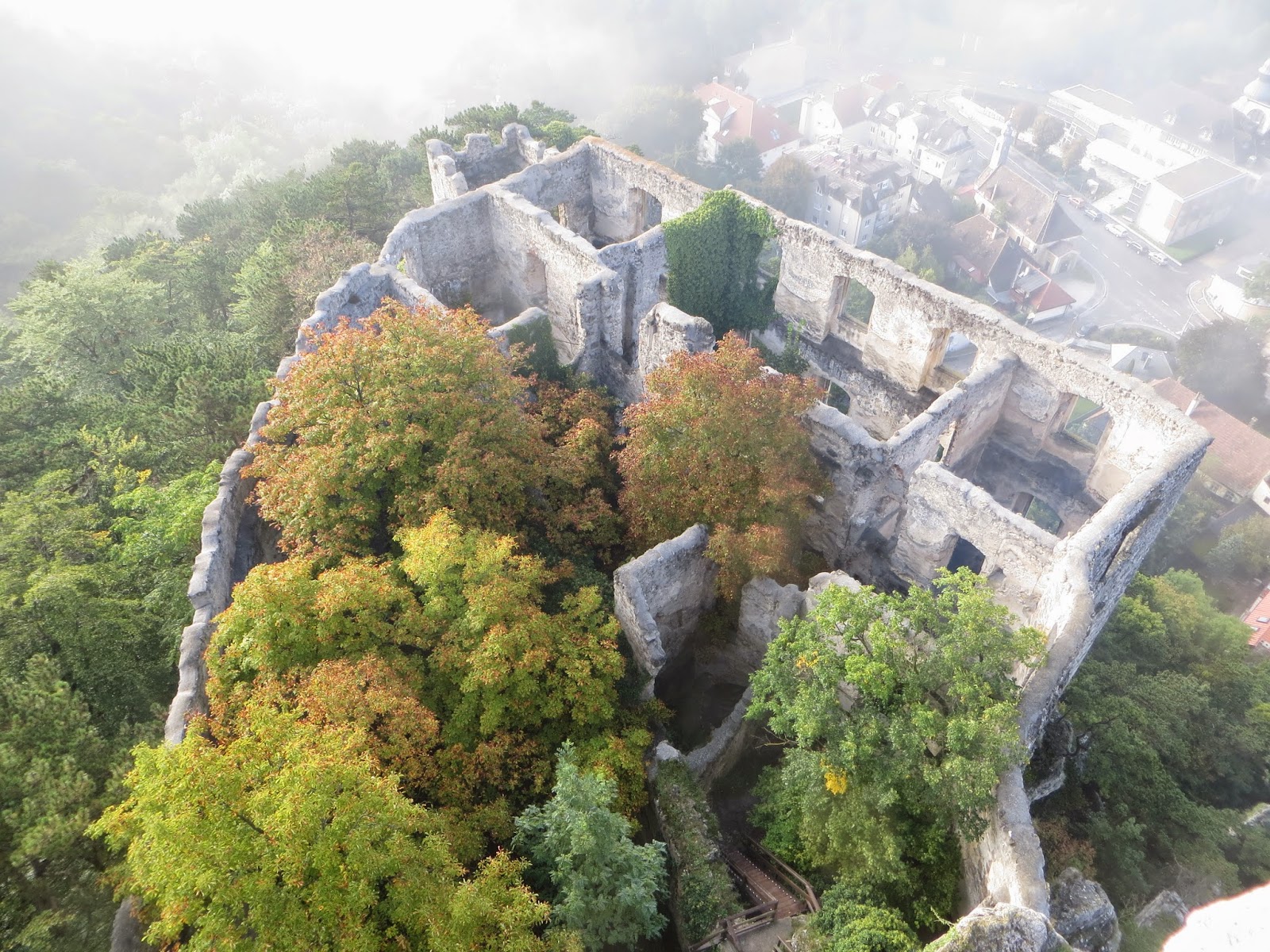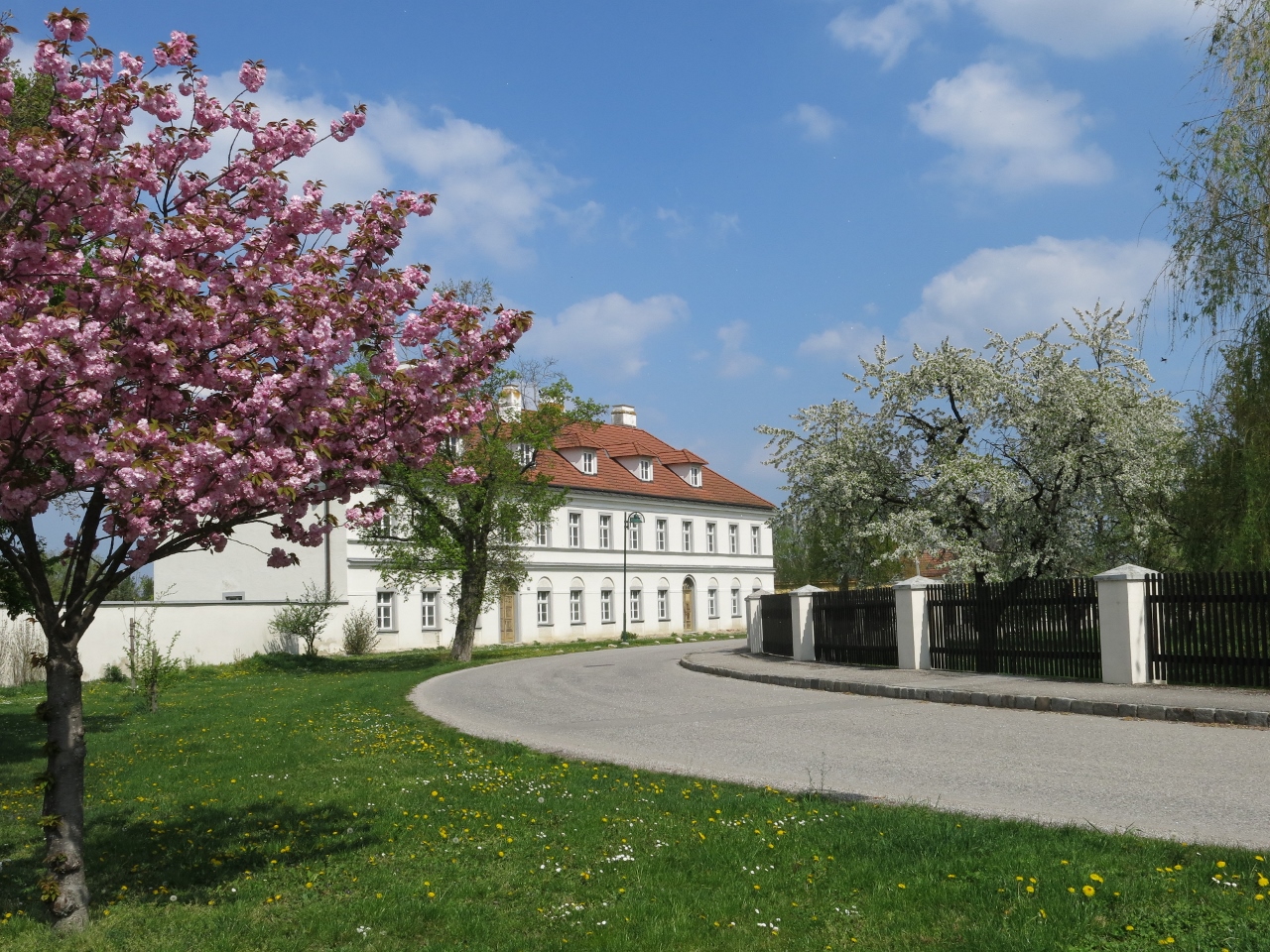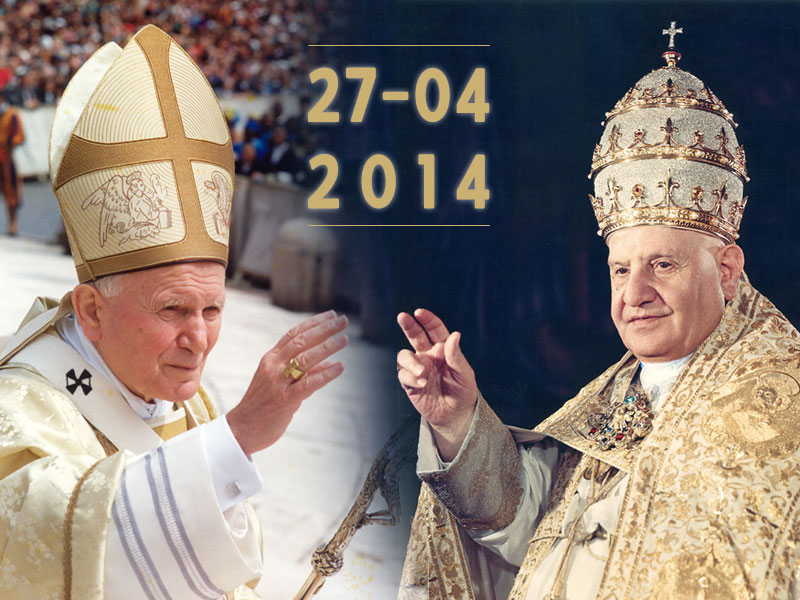Note: I’m by no means saying I have the corner on fathering, but I do do my best and here is some things that have worked in our family. I’d love to hear your additions!
We know our kids better than anyone else. We know what makes them tick. We know where they need to grow, what habits they need to squash and what ones they need to learn. We know the limits of their skills and we especially know how important it is to continue to always grow.
As a dad, I’m always looking for ways to help my kids get stronger, grow in virtue, and learn. One thing that I think is key to doing this is getting out in the wilderness. So I jump on every opportunity to get my kids outside of civilization and into the wilderness. And it is here where I can just BE with them in all their personality quirks and just watch them in wonder. Thus I took a weekend off with my friend Vince and his two kids and we headed out into the Alps to a small town called Hallstatt. We arrived after 4 trains to across the lake at the town.
The hostel was closed and it took a bit to work out some details. In the meantime we enjoyed the quaint town. Here are a few pictures while we waited for the bus to get us to the trailhead.
[youtube https://www.youtube.com/watch?v=w472Z-OIXlY&version=3&f=user_uploads&c=google-webdrive-0&app=youtube_gdata]
The toy shop the kids were captivated by.
The trail we wanted to hike was called the Soleleitungsweg trail. It was created in the early 1600’s to carry a pipeline made from 13,000 tree trunks. Through this pipeline was funnelled brine as it was the easiest way to transport salt from the mines above Hallstatt. Brilliant.
[youtube https://www.youtube.com/watch?v=9mU-F_QZFPk&version=3&f=user_uploads&c=google-webdrive-0&app=youtube_gdata]
The hike was 7km long carved literally into the side of the mountain. Often we had to duck so as to not smack on head on the stone above us.
This 7km hike was the easiest part of our trip. My kids are becoming better hikers and basically ran this entire hike without blinking an eye. Mind you, there wasn’t a ton of uphill as the old pipeline stayed quite level once hit the right elevation.
By the time we got back to the hostel it was pouring on us and we were soaked and ready for some pizza and beer (and cocoa)!
Here are the shots coming into Hallstatt as we walk down the mountain via hundreds of stairs into this ancient town.
And, as always, we always finish our hike with a chocolate bar!
HOW TO DAD #2: PRAYER TIME
Like any Catholic father, I want my children to continue their journey of faith till their end. I want them to love God and His Church passionately. One key to this journey is learning how to pray. We begin our days with prayer, begin our journeys with prayer, we end our days with prayer and supplement our days with prayer. We pray the prayer from Jesus, the prayers from the Church, the prayers of the saints, the Psalms and our own prayers. So, first thing this morning we headed out to the house of prayer.
Here is the view from our hostel window.
and one from the other window.
We walked to the Catholic Church on the hillside to pray our morning prayers together.
The view of the lake from where we were.
After praying the rosary together in the Church we prayed for ancestors in purgatory in the Ossuary. The town had run out of space to bury the dead so they received permission to dig up those already decomposed in order to have room to bury the newly deceased.
It was good to be reminded of our own mortality. Death isn’t something to fear, but something to prepare for.
A font to fill up with spring water.
HOW TO DAD #3: NATURE TIME
One thing that Becca and I decided when we first had Winter was that we wanted our kids to be outdoors so much that they felt at home in the mountains. So we’ve made a concerted effort to not have any video games, to have no television, to limit movies to once/week, and to get outside doing things and learning outdoor skills. Why? Because nature can form our character, it is beautiful, and there is no distractions pulling us apart.
It is now the next day and we were ready to begin our hike up to the hutte. We were in the Dachstein mountain range and and had the goal to reach a hutte at 2203m. This would be the kids first hike over 2000m. The hike was a strenuous 6.5 hours for an adult from Hallstatt. This would equate to 11 hours for us – so we needed a different plan. We took the gondola up the mountain as high as we could get and that knocked 4 hours off the posted time.
Here is a picture of the valley we were hiking through. We were high enough that there were very little trees and lots of shrubs.
At a certain point in the hike, the path began to climb out of the valley and we had to climb up (sometimes with ropes) and scale many rocks.
We thought we were getting close and then we looked to the left and there was our hutte at the top of the mountain. It seemed so far away and we were cold and wet and tired …
It was a great feeling to leave the tree line and enter into a land of rock and stone and cliff.
Below is the famous Dachstein Glacier. Many folks stay at this hutte and hike the glacier with crampons.
Tristan, Johannes and Dr. DeMeo hiked faster and beat us to the Simony Hutte. So they were waiting there for us to cheer us on as we finally made it to the top! You can see Dr. DeMeo cheering for us in the doorway.
And then, all cozy and warm, with hot cocoa ordered, we ate our tradition. It is great to be with my kids!
HOW TO DAD #4: KNOWING THEIR LIMITS
As a dad, we know our kids our limits. We try to push them to greater heights and to grow in virtue. Sometimes we have to push them past their limits to get them to where they need to go. This is what happened on the way home.
This was their 3rd day hiking. They were tired and it started to snow wet snow and the wind was blowing in our face. Within an hour their feet and gloves were soaked. And then the breakdowns began.
Here is the highest chapel in Austria where we prayed in the blasting wind before we started our day. It was Sunday morning and we had planned to make it back to Hallstatt for Holy Mass. Now we realized this was an impossibility and so we did a liturgy of the Word and a spiritual communion here at the chapel in the freezing cold.
Here we are catching a moment of peace out of the wind before continuing down the cliff side.
Below you can see the Simony Haus at the very top. It was an accomplishment to make it to the bottom safely!
We entered the valley again with 2 hours of hiking (at least) to go and already we were wringing freezing water out of their winter gloves. Benedict was the first to breakdown, than Winter, and then my mighty leader Tristan. What was fascinating was that they had to realize that breaking down and crying wasn’t helping at all. As we stood there we only got colder and more wet. We had to keep moving. All three of them gritted their teeth, bore the suffering and continued forward and I told a story to keep their mind off of the cold.
And then the snow stopped. Just that couple degrees was enough to lift all of our spirits. We made it to the gondola lift thankful, tired and wet. And my kids learned what it meant to persevere. What a great way to learn virtue!
HOW TO DAD #5: CELEBRATING TIME
We are the enforcer in the family, but also the reinforcement. Our kids look for our approval continually. They want to know that we are proud of them. They want to hear the words and know that they meet our approval. They need us to celebrate them.
Celebration times should be rich with tradition, honour, and food. Here we are celebrating Benedict’s 5th birthday. We began by going to Holy Mass (that’s why he’s dressed up so nice).
Here was the present Margi left for Benedict by the front door:
One of our traditions to celebrate birthdays is that the kids get to choose the type of cake they want. Benedict wanted a honey cake with blue icing and a ‘B’ with cars. Well, Becca made him just what he asked for!
One thing we’ve loved about ITI is that no one really has a lot of money. Thus gifts at birthday parties are always crafts and cards made from friends. It is fascinating to see how meaningful these become to the kids. It is good to live simply.
And of course we end the day with birthday bumps!
HOW TO DAD #6: BUILDING FAMILY MEMORIES
I read a quote once that went something like this: “Go on vacation every year even if you can’t afford it.” I completely agree. Why? Because it gives the family a chance to build memories together. These memories become a strong foundation in the future, form the kids, and bind the family into a tighter unit. The role of the father? To make this a priority and make sure it happens.
One of the things we do as a family is collect spring water. In Alberta we were heading out every month into nature to spend the afternoon as a family collecting spring water. We can’t do it as often in Austria as we don’t have a vehicle. However, when we get out together to do so – we jump on the opportunity to build these memories.
Here are photos from latest trip to Talhof for spring water.
Good water has a reading of 100 or less of dissolved hard minerals. Our water in Trumau has a reading of over 330ppm. This water at Talhof has a reading of 30ppm!
Talhof is a little retreat center run by a priest. Many people come here for pilgrimages and for rest. No one lives all year round.
HOW TO DAD #7: BE THE ROLE MODEL
We are God to our children. The way our kids look at us and relate to us is how they will understand God the Father. This places a massive importance on how we act with our children. We must discipline as God the Father disciplines (because a good God disciplines those He loves) and yet exercise abundant mercy. We must be both friend and father. We must be the enforcement and the reinforcement.
This past month, a Catholic TV station from Slovakia came and filmed our family being and living out the Catholic the faith: being role models. The theme was ‘Kids are worth it!’ They filmed our kids playing and then filmed Becca and I talking about raising kids. There will be two episodes shown with our family.
Of course, Mothers are examples and role models as well. On the Feast of the Exaltation of the Cross, ITI always does a 26km pilgrimage to Heiligenkreuz – the 1300 yr old monastery with a piece of the actual cross of Christ. This year Becca took the oldest two to walk and pray their pilgrimage.
[youtube https://www.youtube.com/watch?v=68XTsB1MeG8&version=3&f=user_uploads&c=google-webdrive-0&app=youtube_gdata]
Here Becca is just coming into to Heiligenkreuz just in time for Holy Mass. She walked from 7:30 to 3pm over mud and hills and rocks and fields.
And we made sure we stayed at the end for a chance to venerate and kiss the piece of the cross that held our Lord.
HOW TO DAD #8: BUILD VIRTUE
My goal for the St. George the Dragonslayer club this fall was to begin it with an overnight hike in the ruins of a castle. There are many castles in this late Holy Roman Empire and we found one close to home. So I gathered up my kids and the Dragonslayer boys and then realized I could hardly take my sons and not my daughter Winter. We always explore together. So I decided to take Winter and then figured Kate could do her first overnight trip and then I invited a friend for Winter and Kate’s mentor Margi and soon it wasn’t so much a Dragonslayer club campout anymore. Alas. Nevertheless, it was fantastic!
Here is the full group of us ready to hike. We near Baden on the west end of the hills behind Baden.
Kate begins her virtue training: perseverance. This is the first hike where Katie walked the whole way by herself. I was pretty proud of her!
We arrive at the castle ruins! There is no one there. We have the castle to ourselves. And we don’t have to pay to get in! This rocked!
[youtube https://www.youtube.com/watch?v=b2iuK66sETs&version=3&f=user_uploads&c=google-webdrive-0&app=youtube_gdata]
As is our tradition, we celebrated this (short) hike with a chocolate bar and Kate received her very first hiking chocolate bar! I guess she’s part of the team now, eh?
This place was magical. And to think we could stay here the night and have the castle to ourselves … the kids literally ran up and down and around the castle for 4 hours straight playing whatever make believe games they were playing. It was awesome.
And, the Austrian government even refurbished the old style castle toilet! With a good 40ft drop for your ‘job’ to travel.
The tower was still intact so we made our way to the top. The picture below is looking at the castle from the base of the tower.
Here is the view of the valley that this watch tower and the one across the valley used to protect. If only I could travel back 600 years …
Margi and Winter watching a squirrel in a tree.
Here is Alex Harb, one of our kids favourite babysitters!
HOW TO DAD #9: CAMP WITH YOUR KIDS
Now Becca says this point is redundant as practically the whole blog is about being outside – but I think the point needs to be stated. There is something precious and magical when it comes to camping. What was so wonderful about the trip was getting into a tent with my kids and cuddling with them as the cold of the night settled in and rain pelted the outside of our tent. And yet, we were together. Safe and on an adventure. This is the quality time we love together.
The morning came rather quickly as my dearest Tristan was up at 4:50am and decided he wanted to explore the castle some more and subsequently, despite my most concerted efforts, all my kids were up.
The night time rain clouds were gone and beautiful fog seemed through the whole valley.
Breakfast around the fire and Kate happily eating Alex’s granola mix!
[youtube https://www.youtube.com/watch?v=QWvAt5CxJ1g&version=3&f=user_uploads&c=google-webdrive-0&app=youtube_gdata]
Kate and her best friend Margi!
And we came home closer together and with a daddy completely exhausted. I figured the kids might be tired, but rather they returned to campus and ran around till bed time. Crazy crazy amounts of energy…
![our_lady_of_the_sign[1]](https://blog.iti.ac.at/wp-content/uploads/2014/12/our_lady_of_the_sign1-232x300.jpg)
